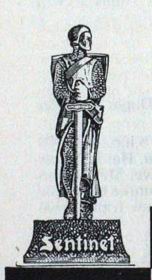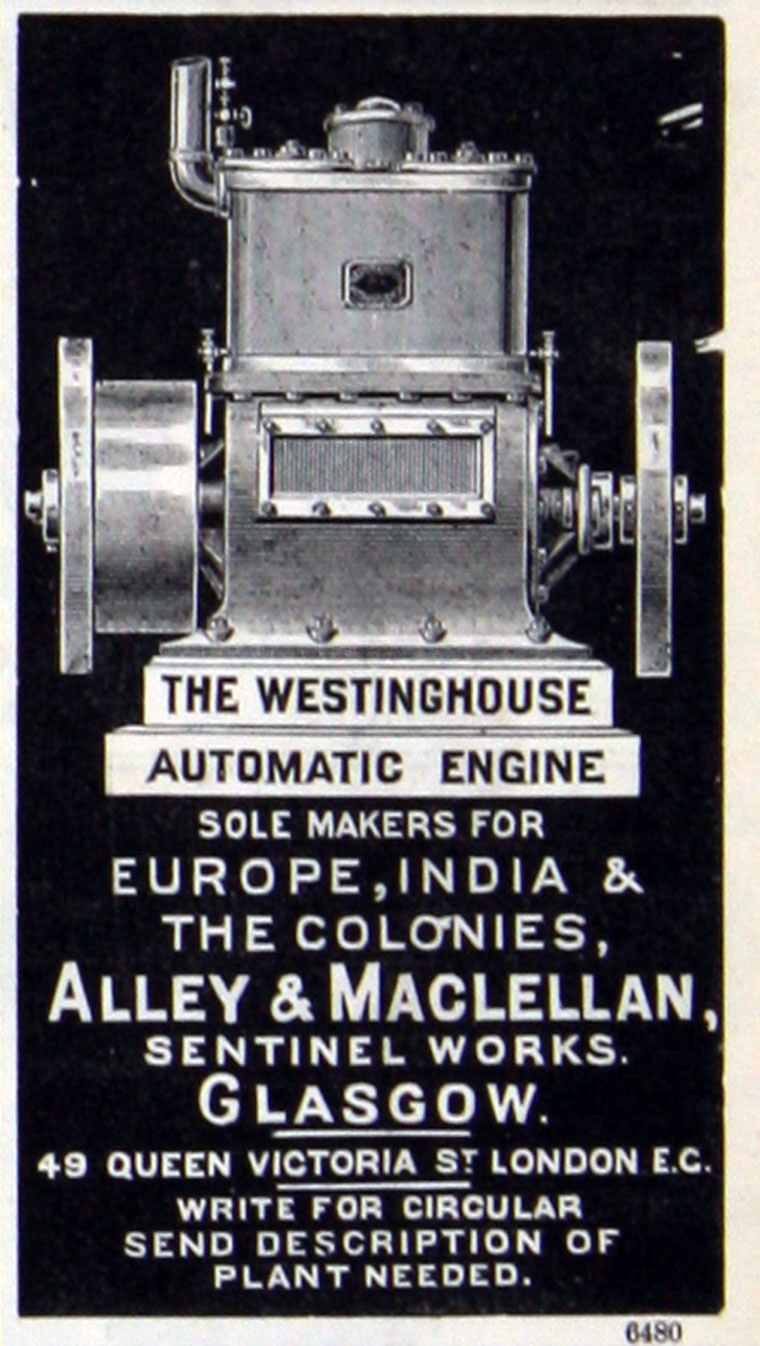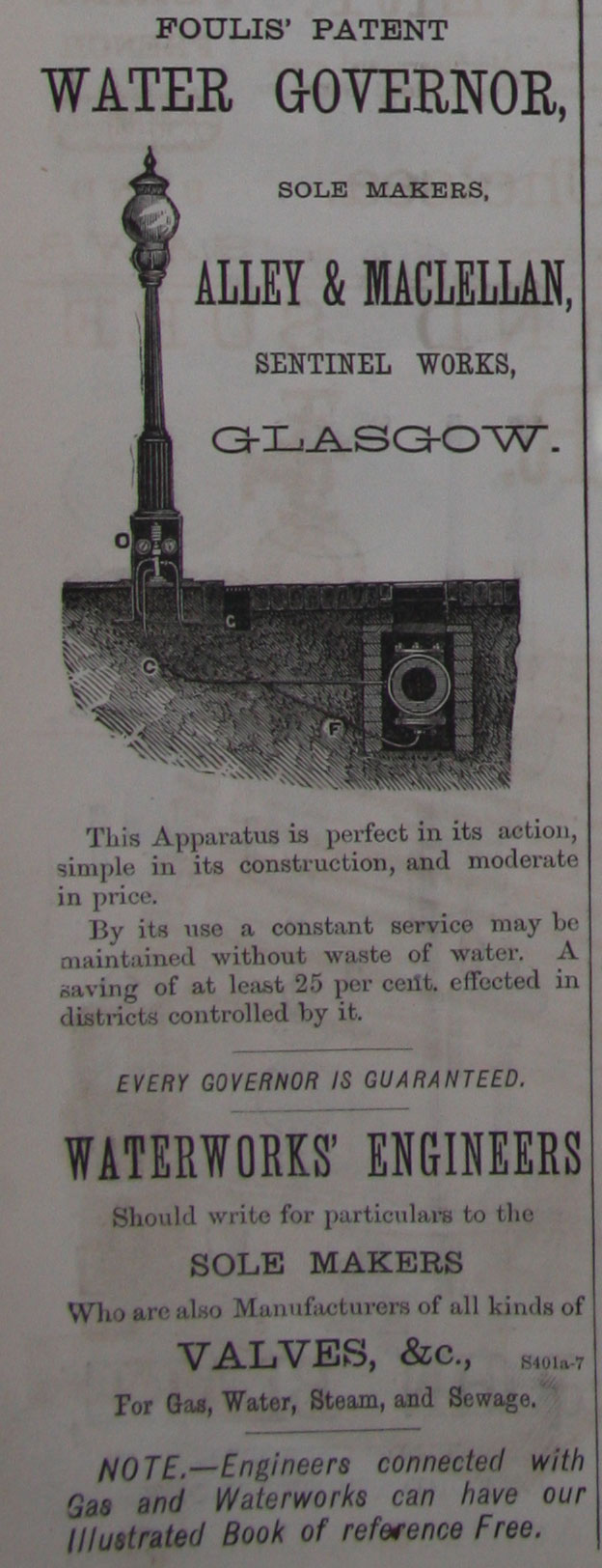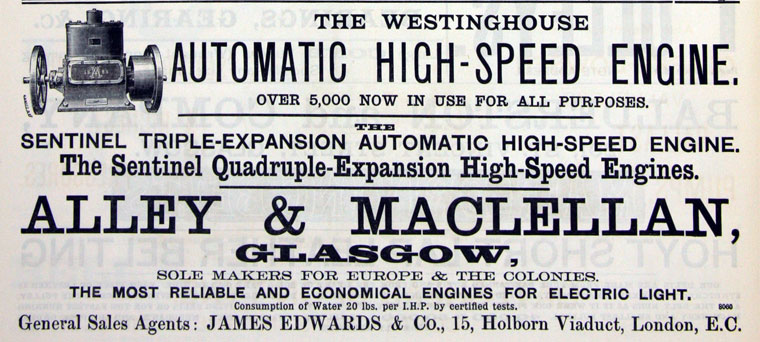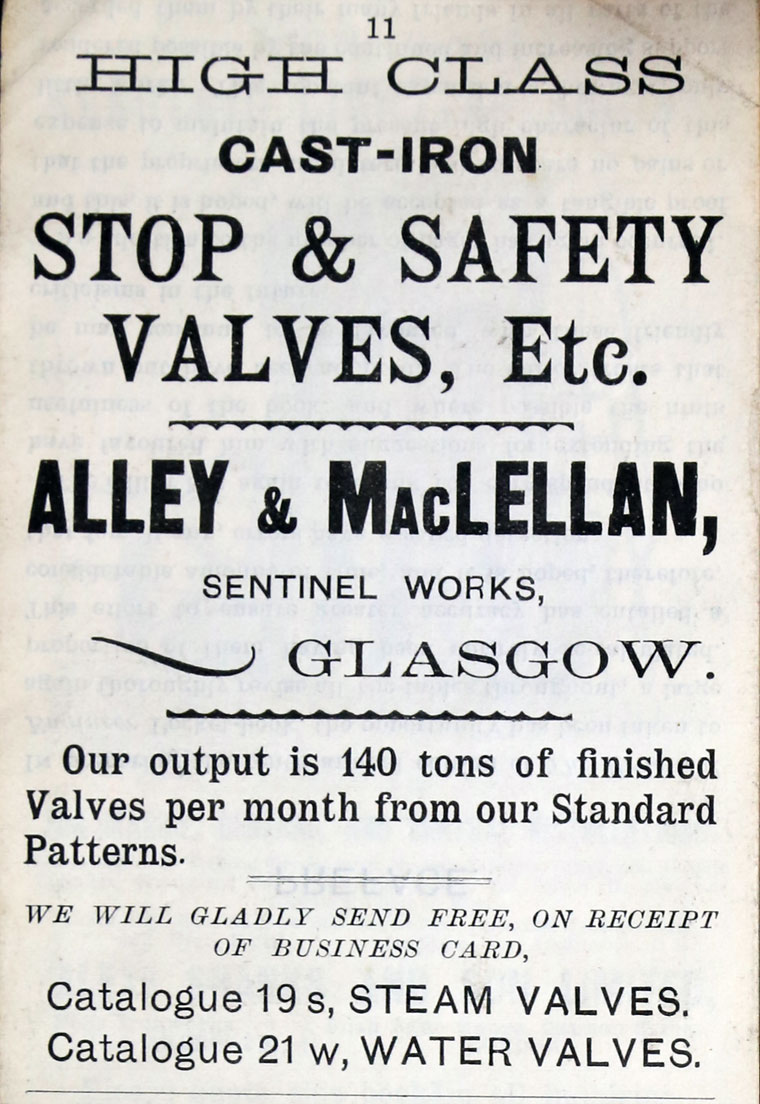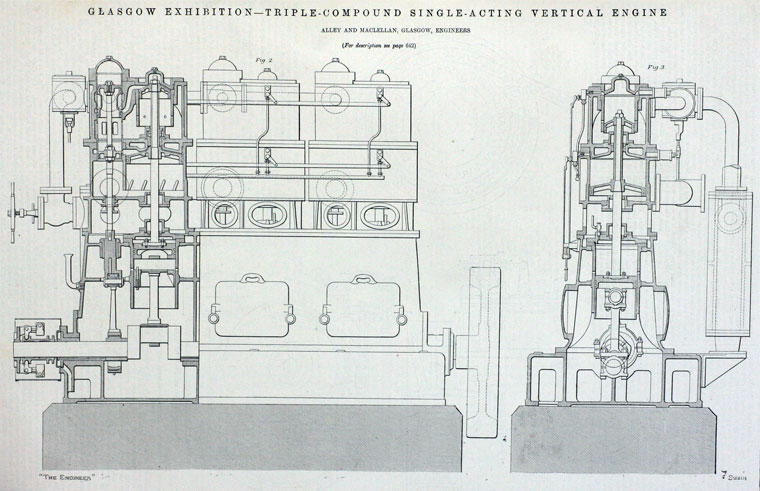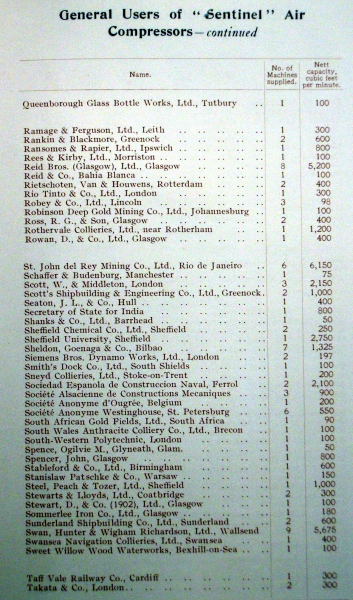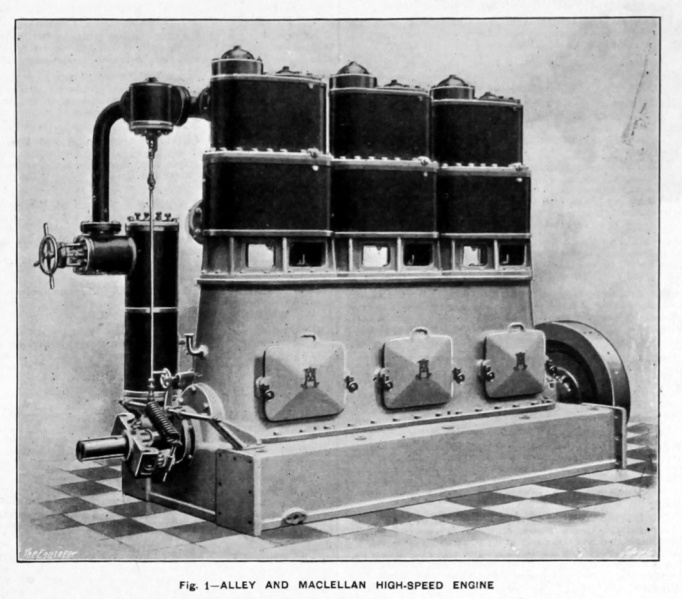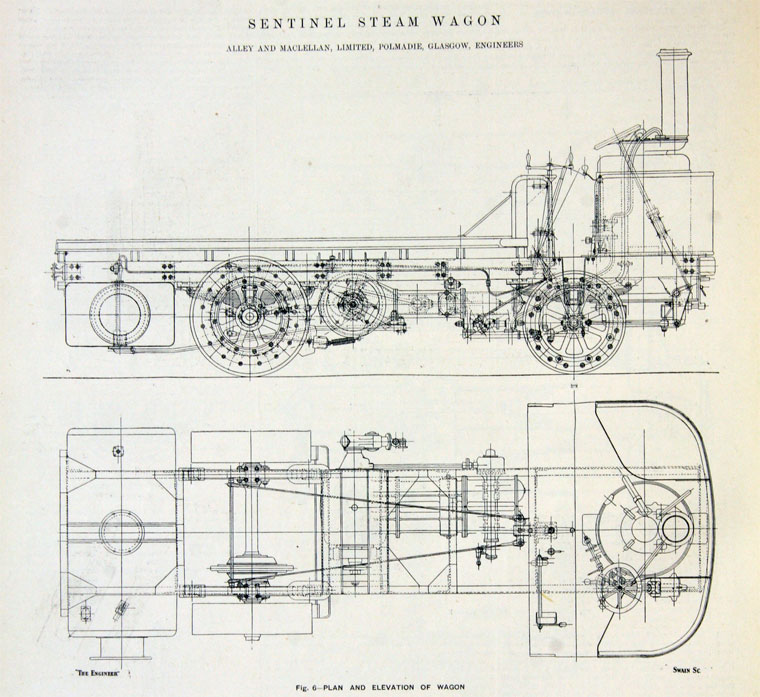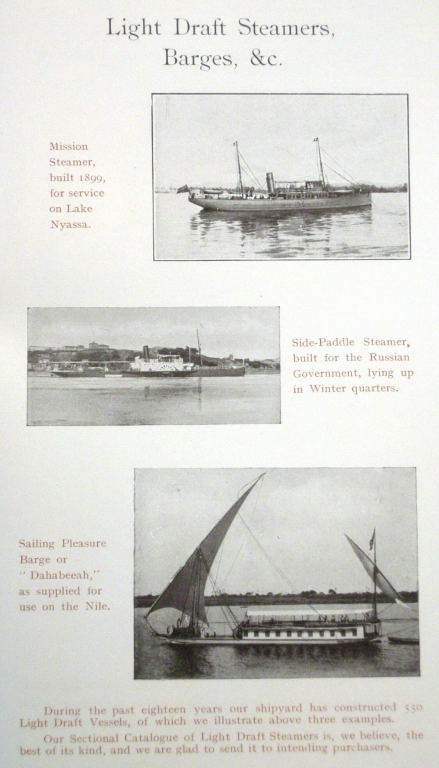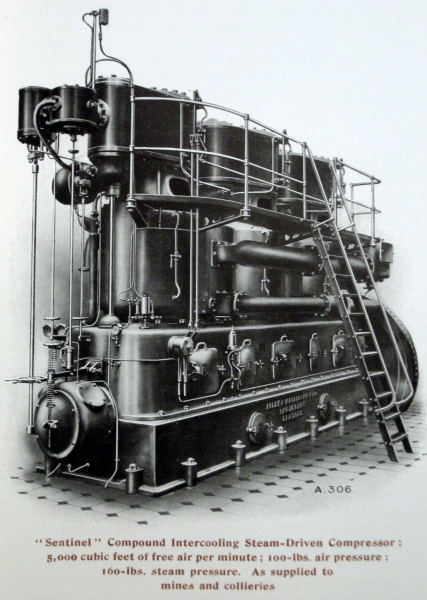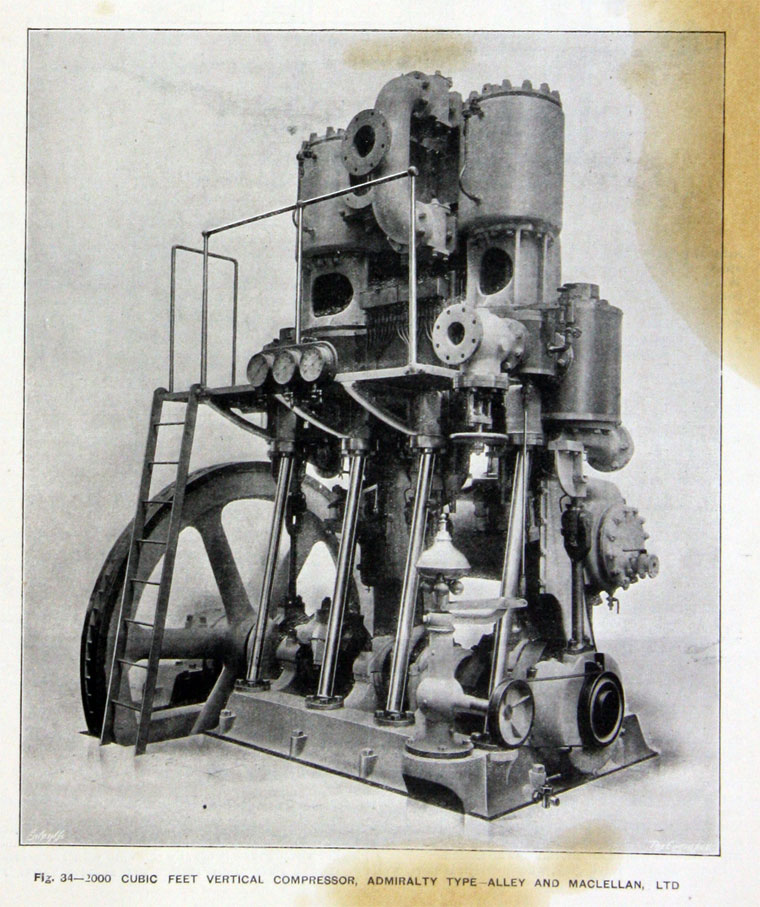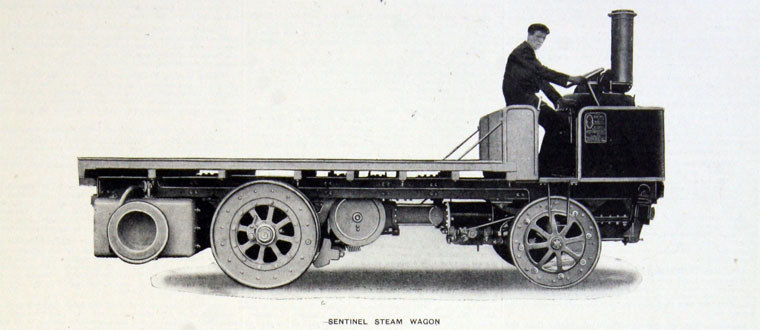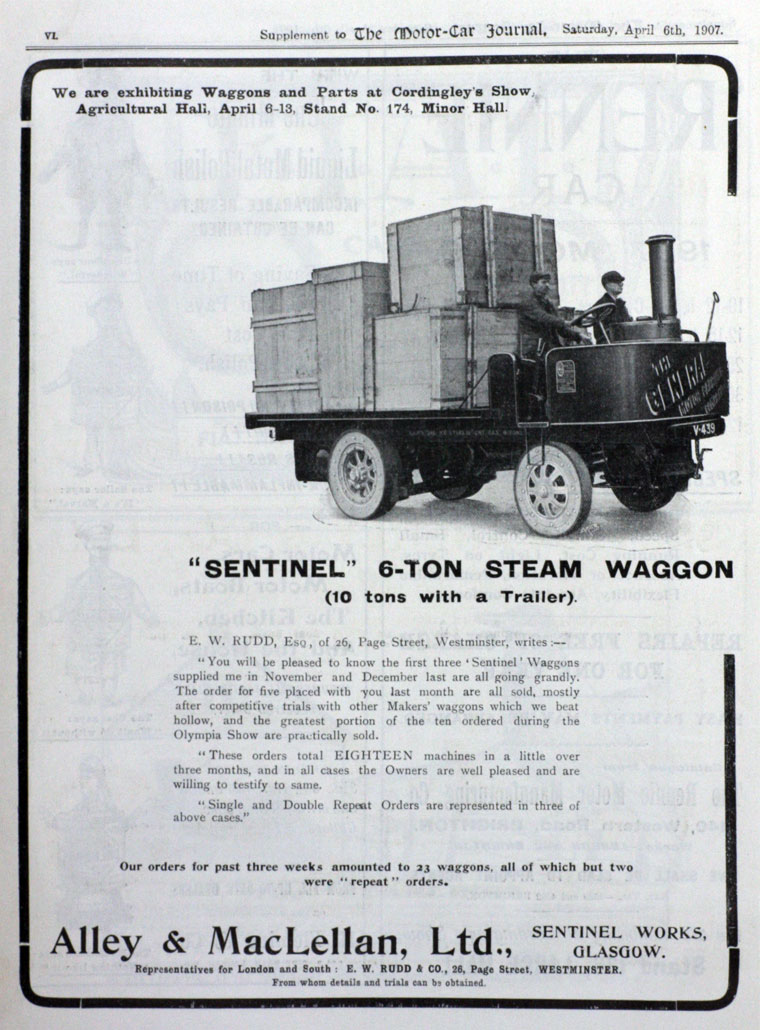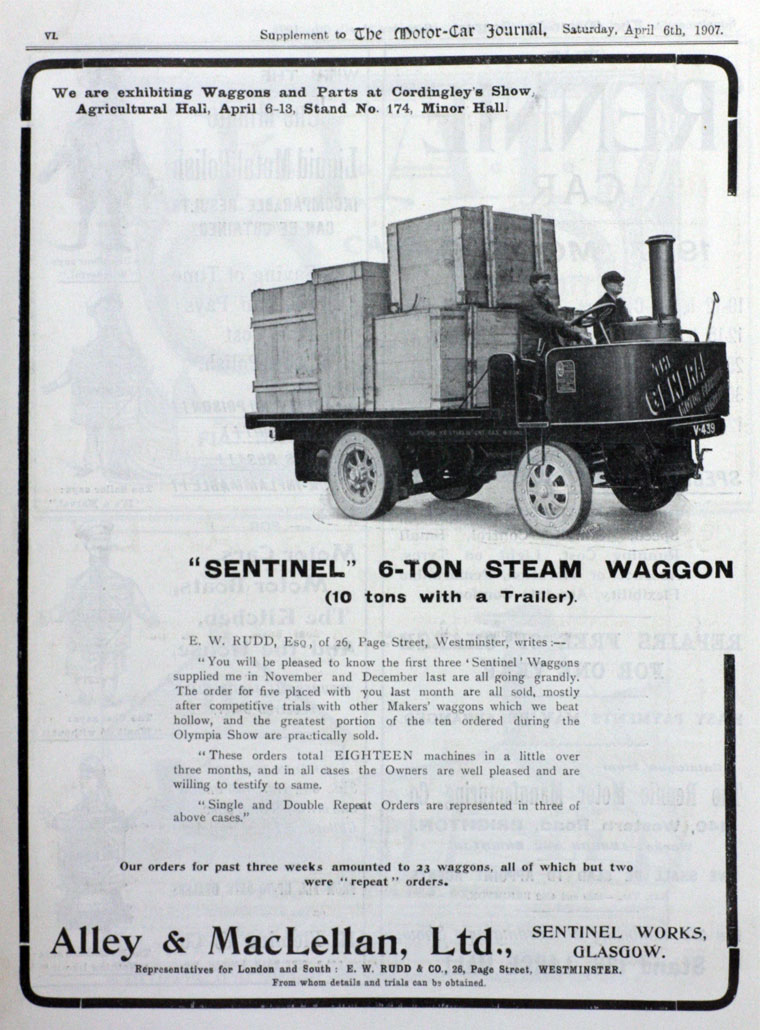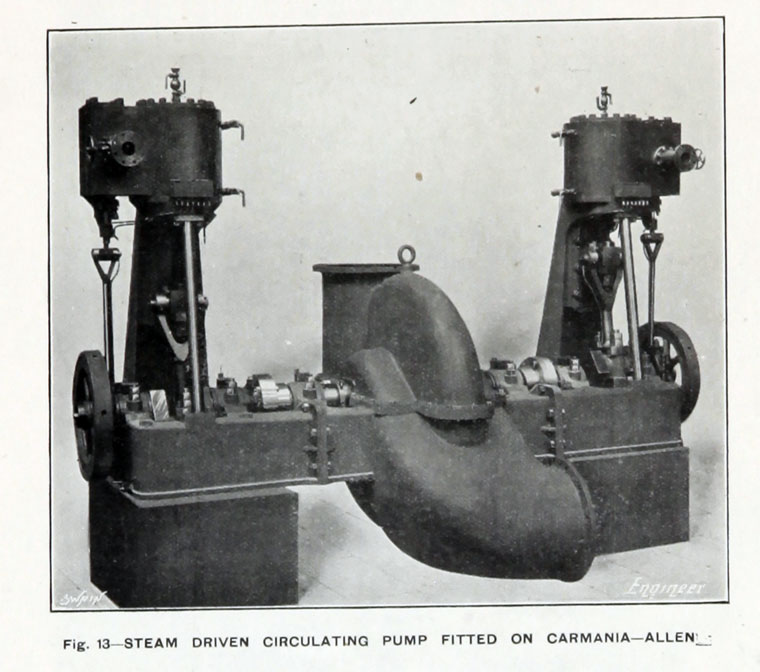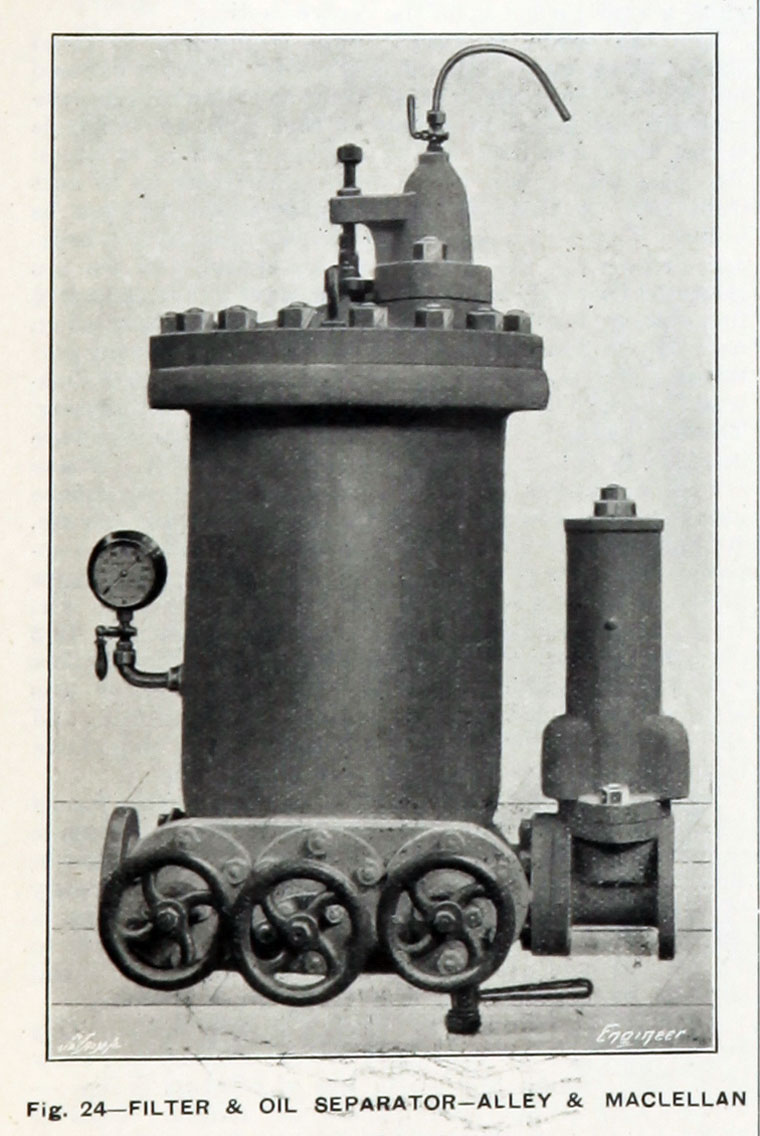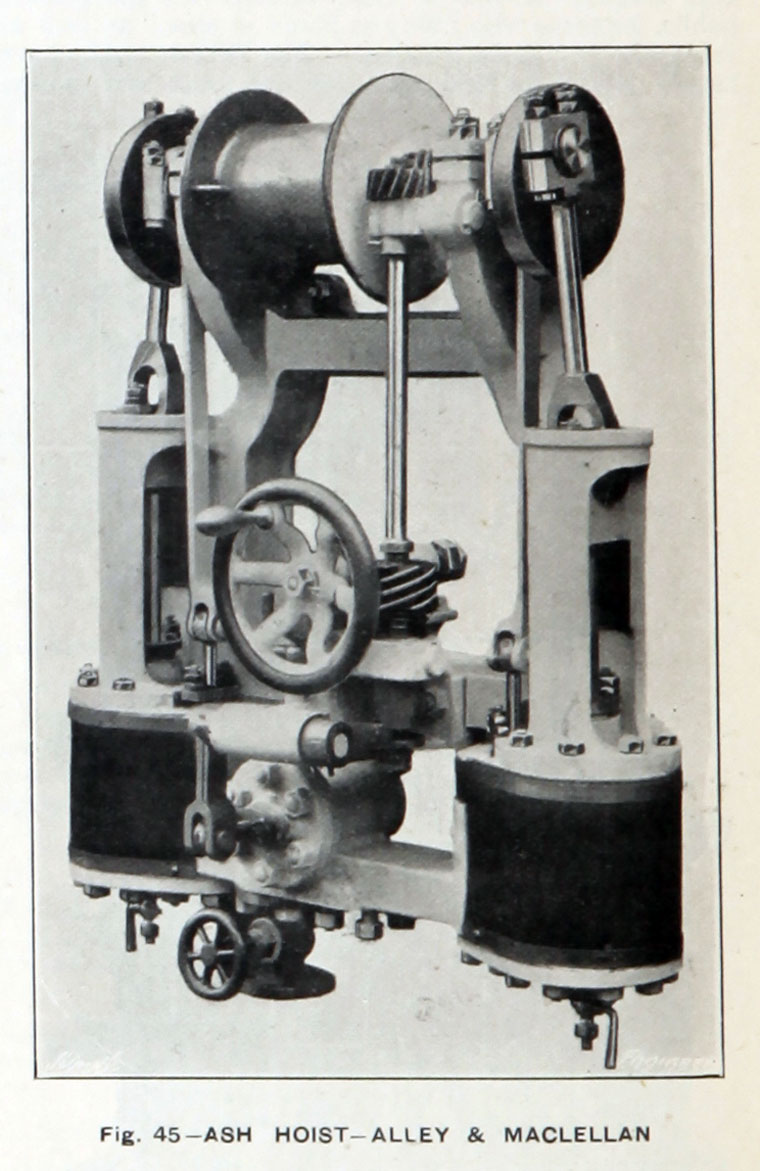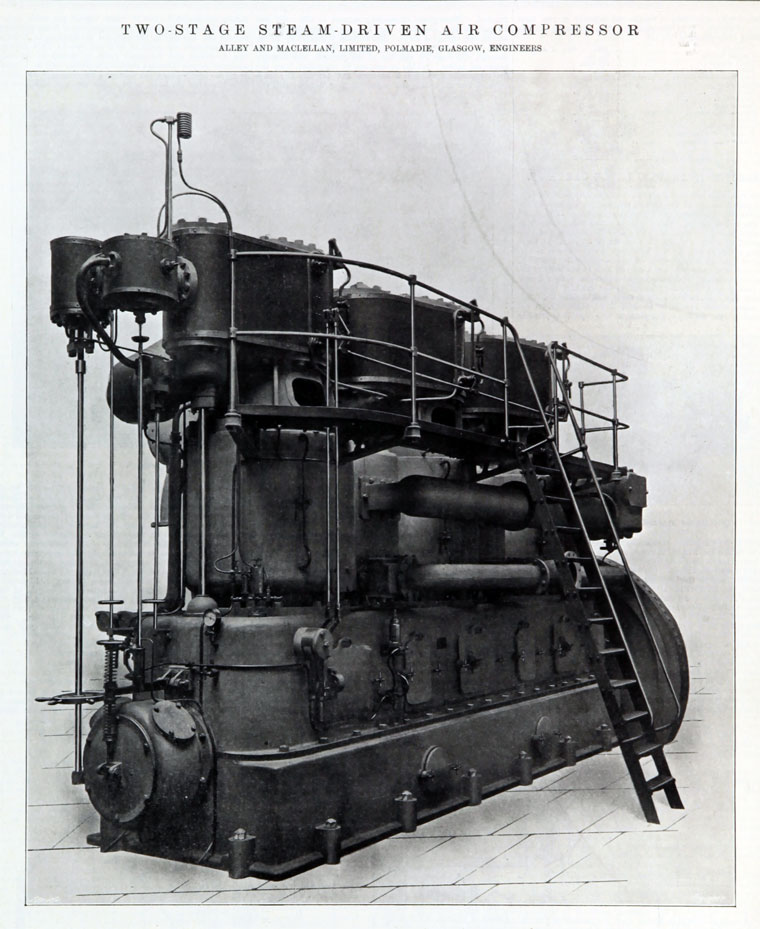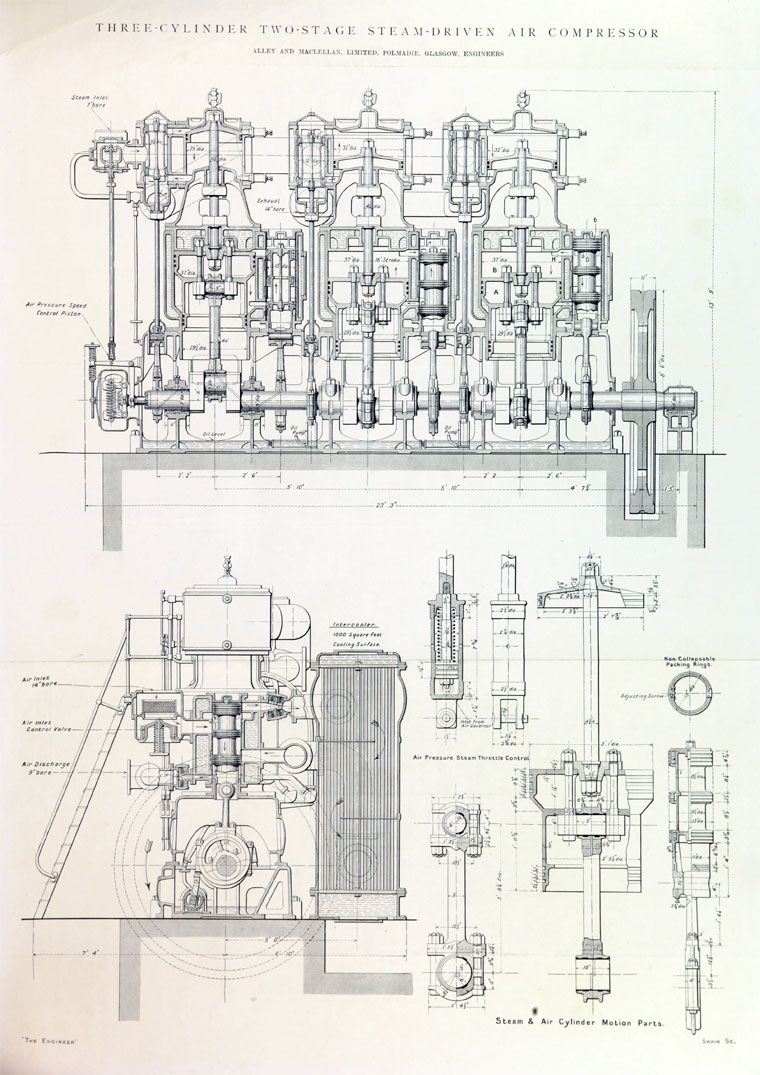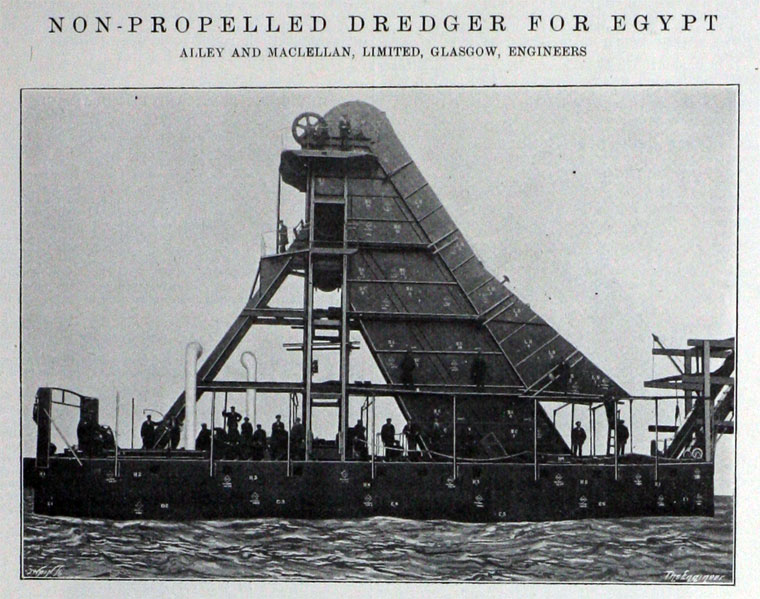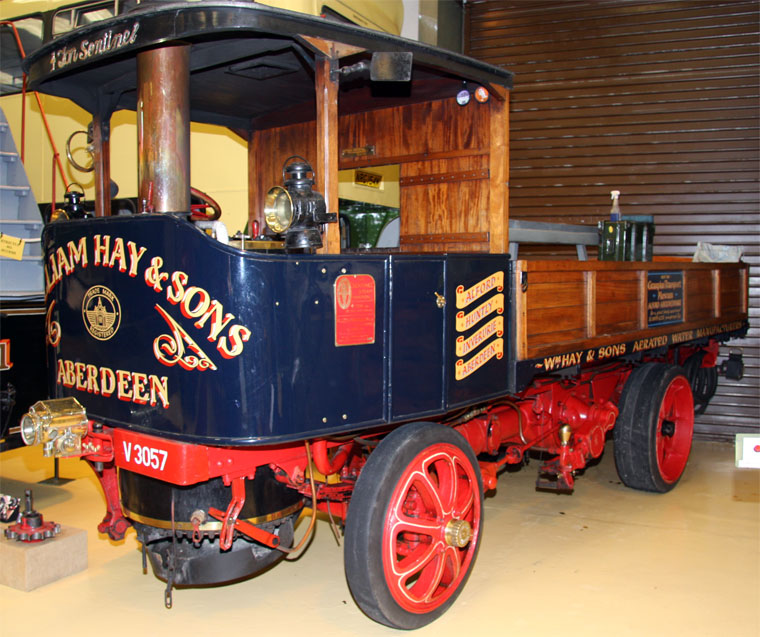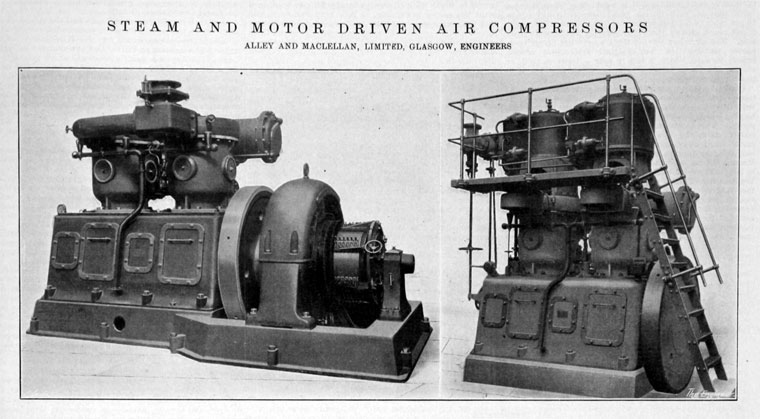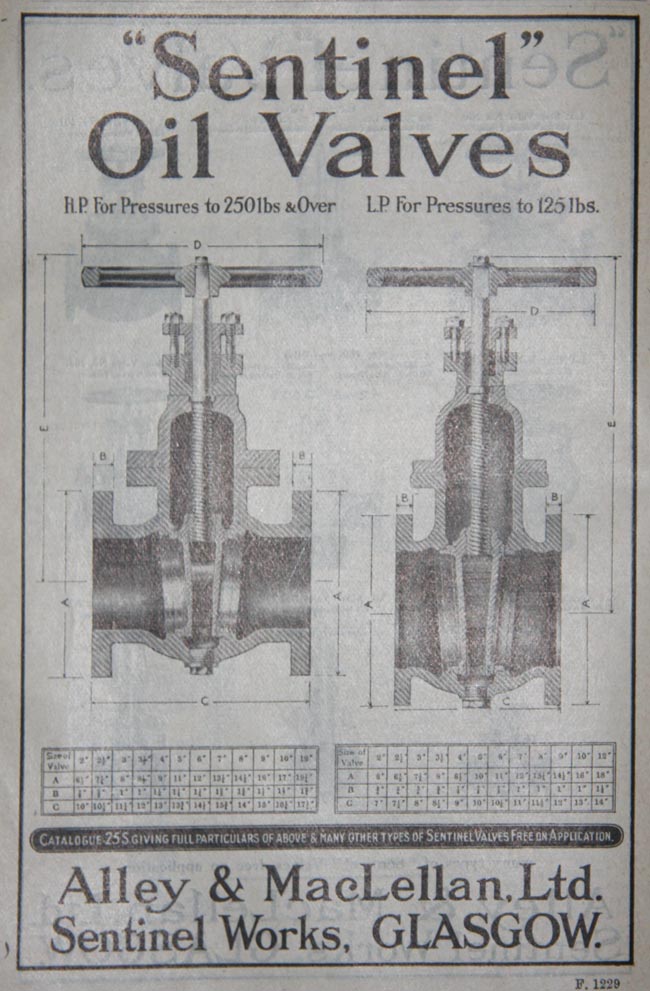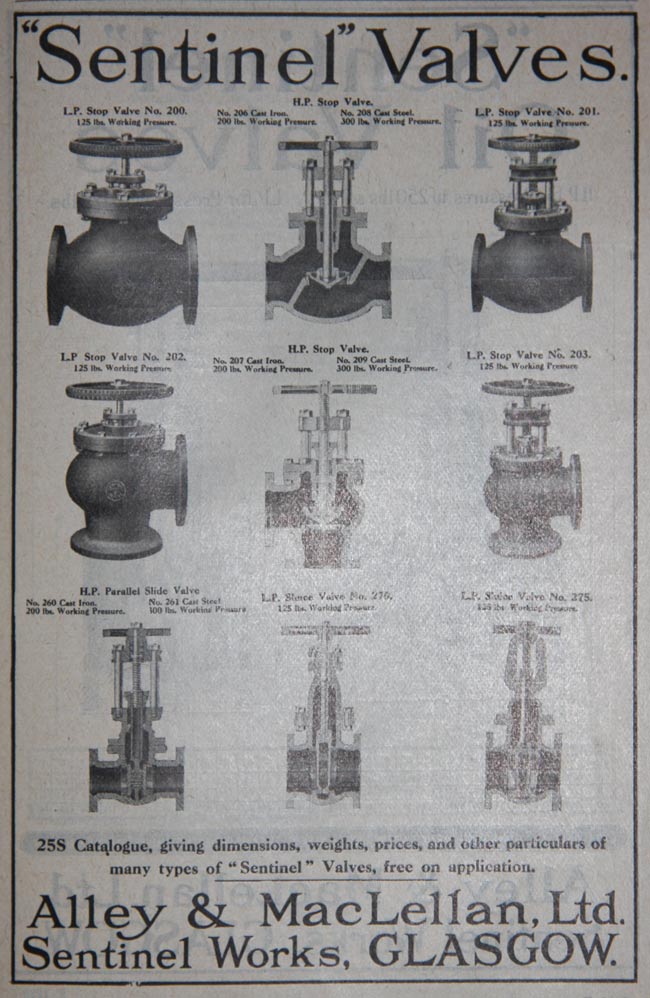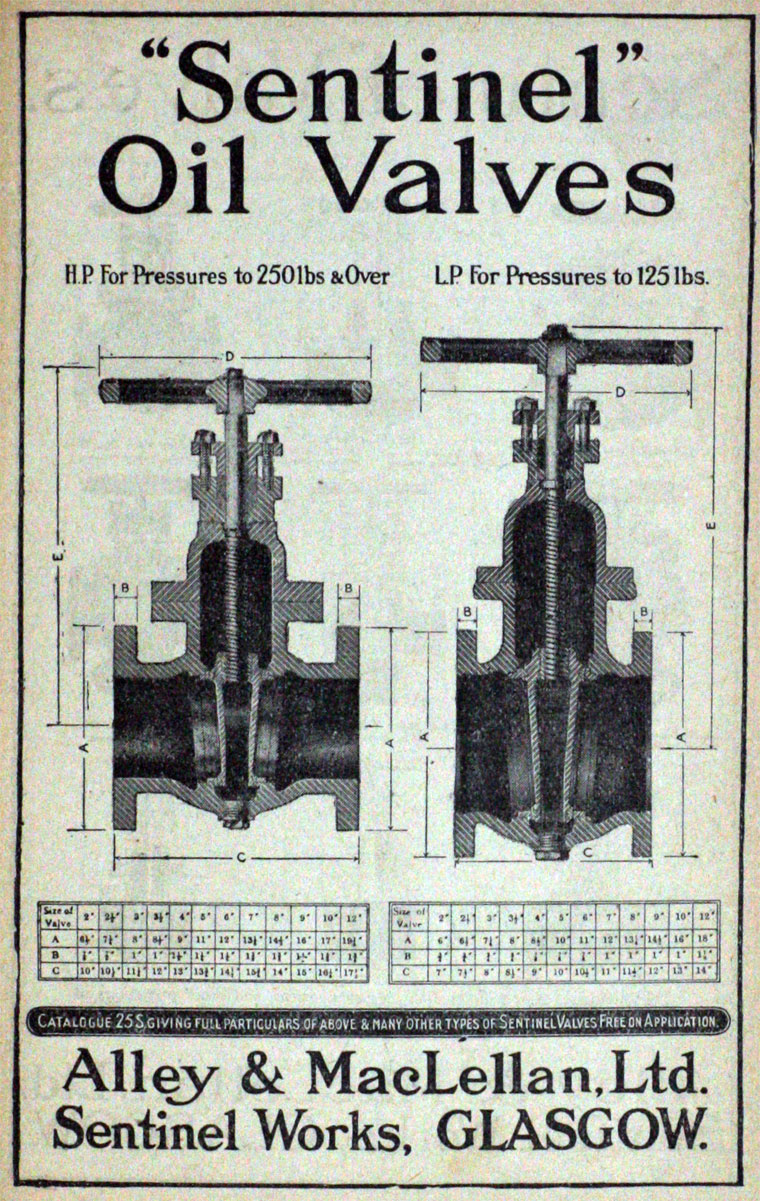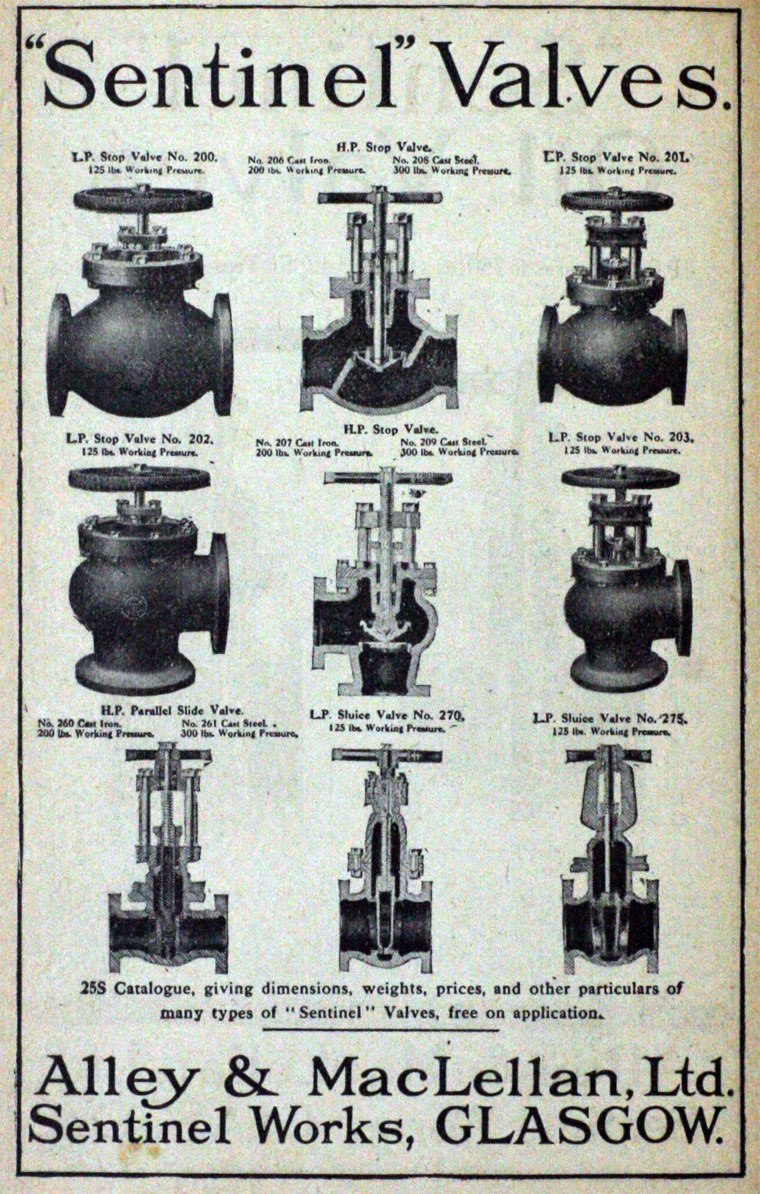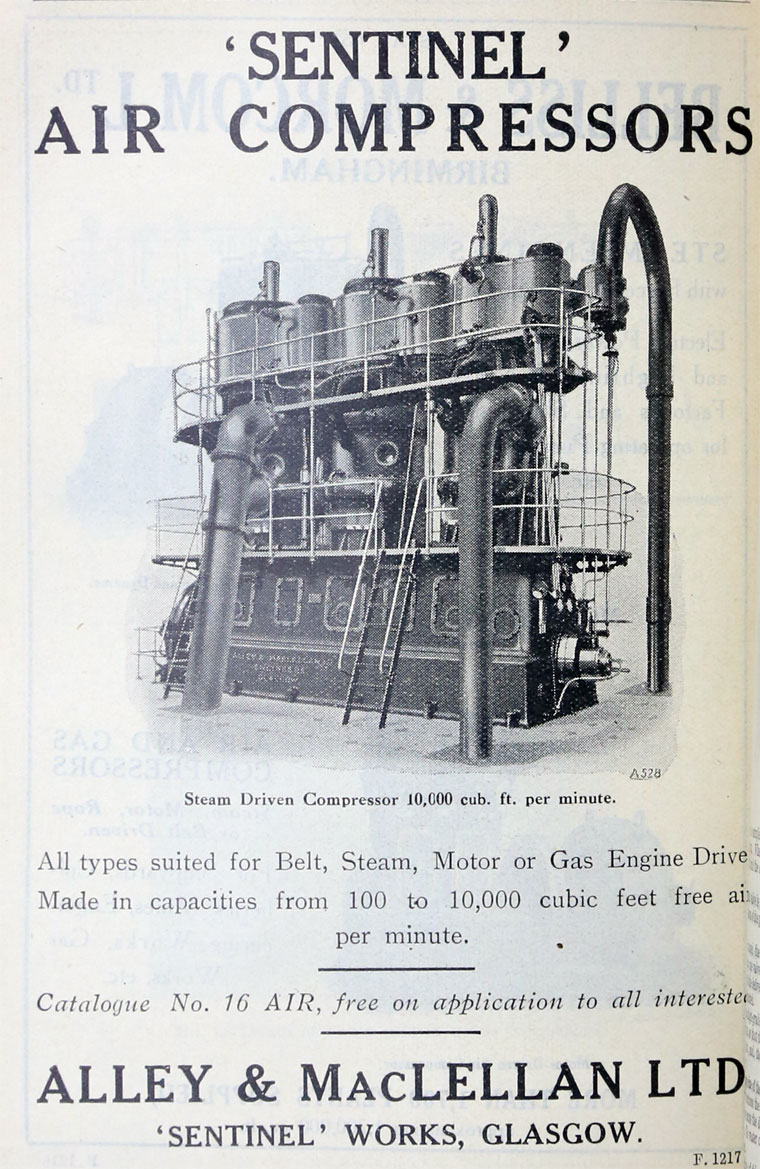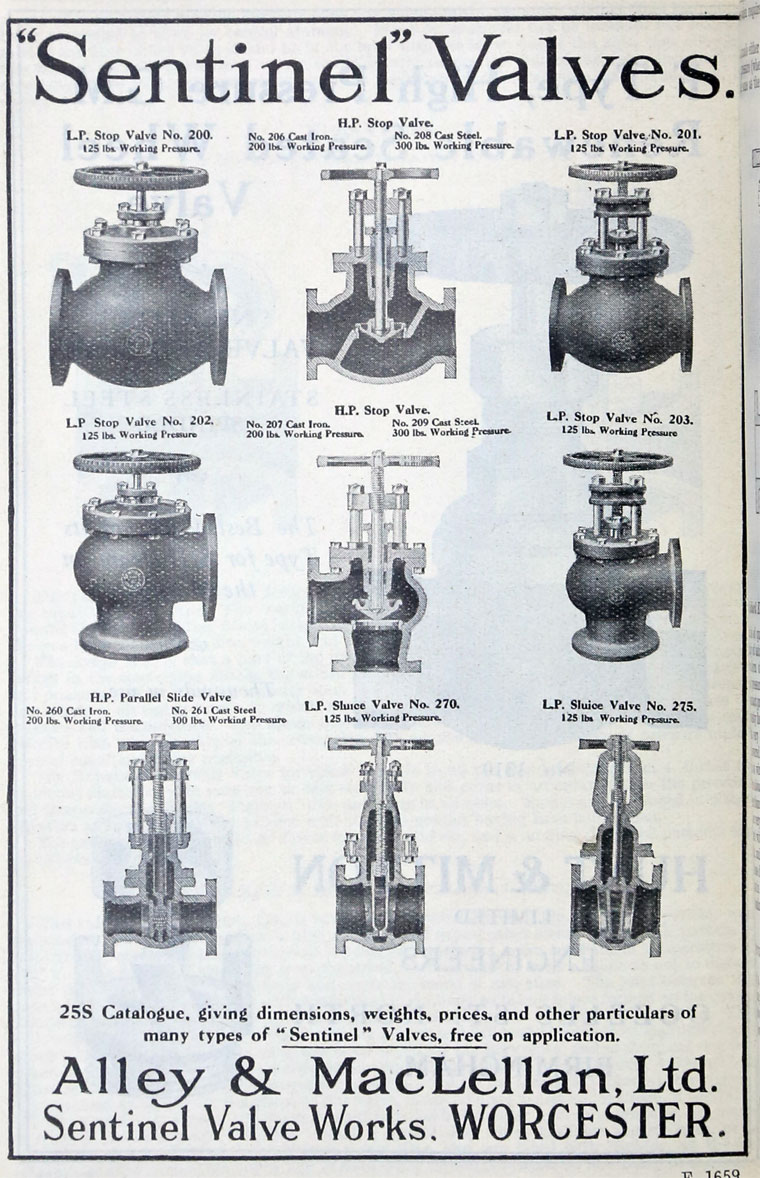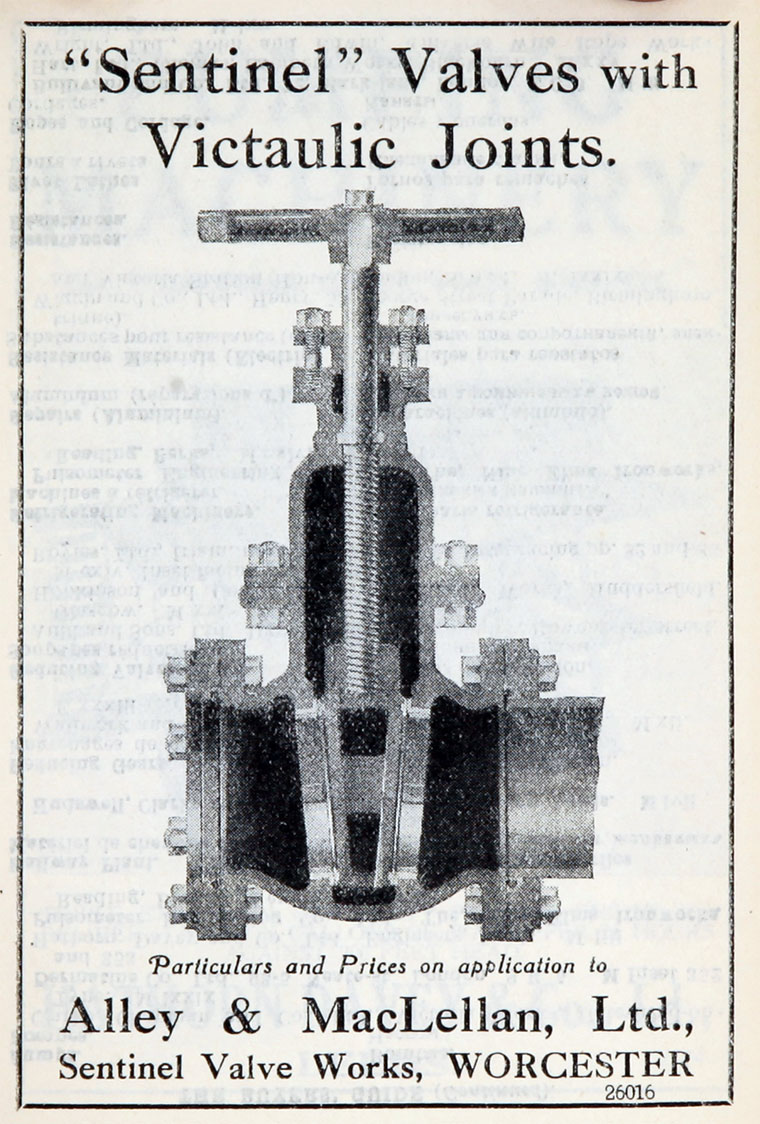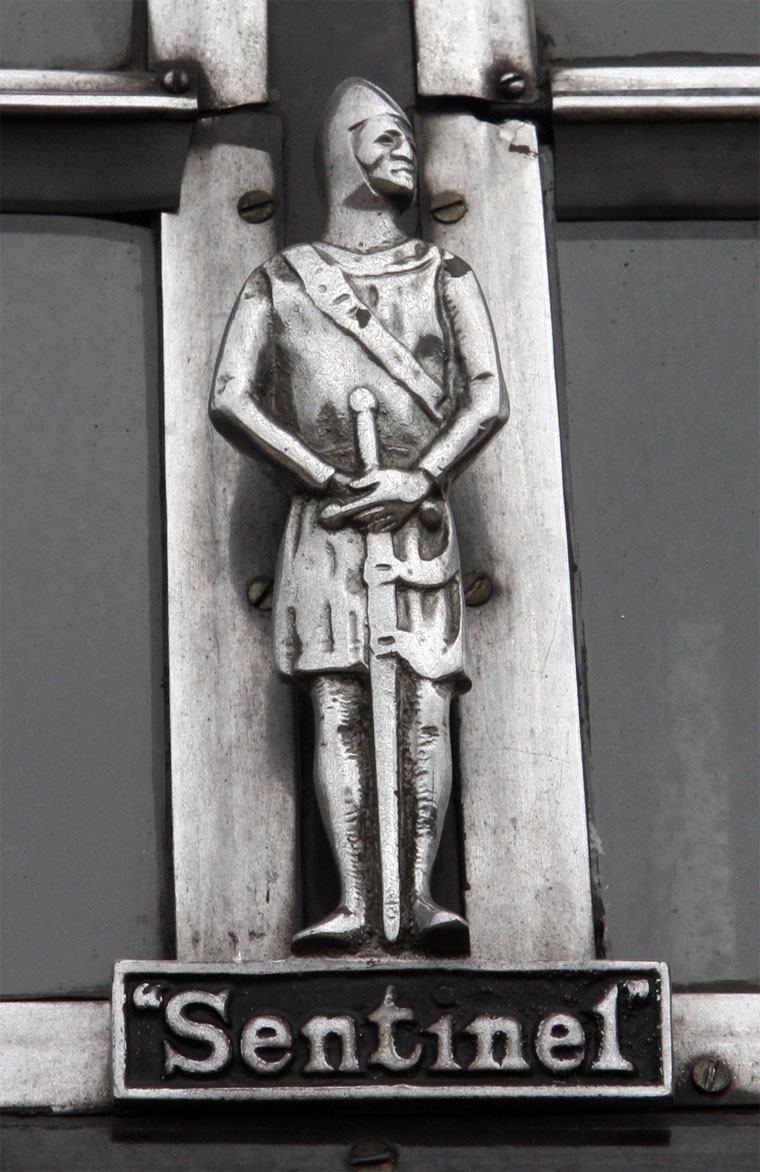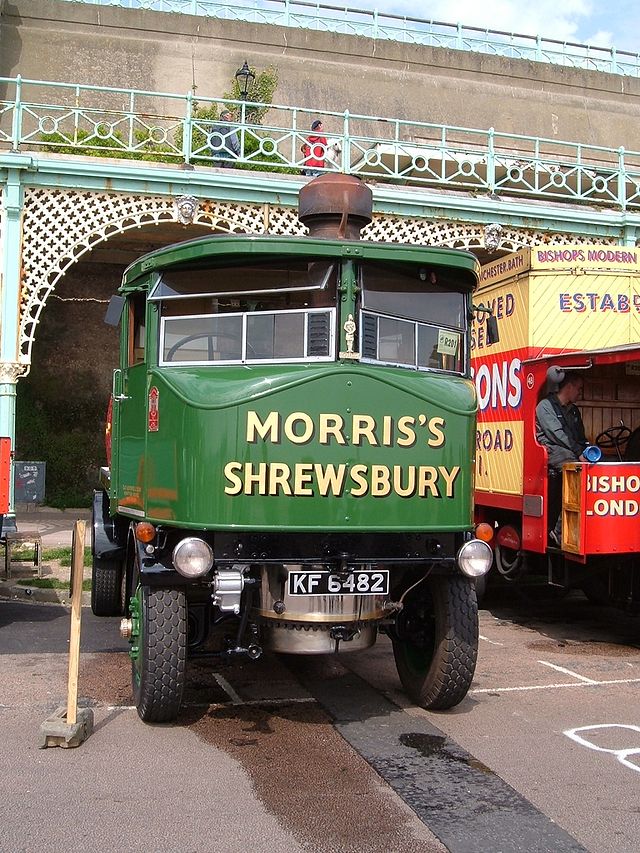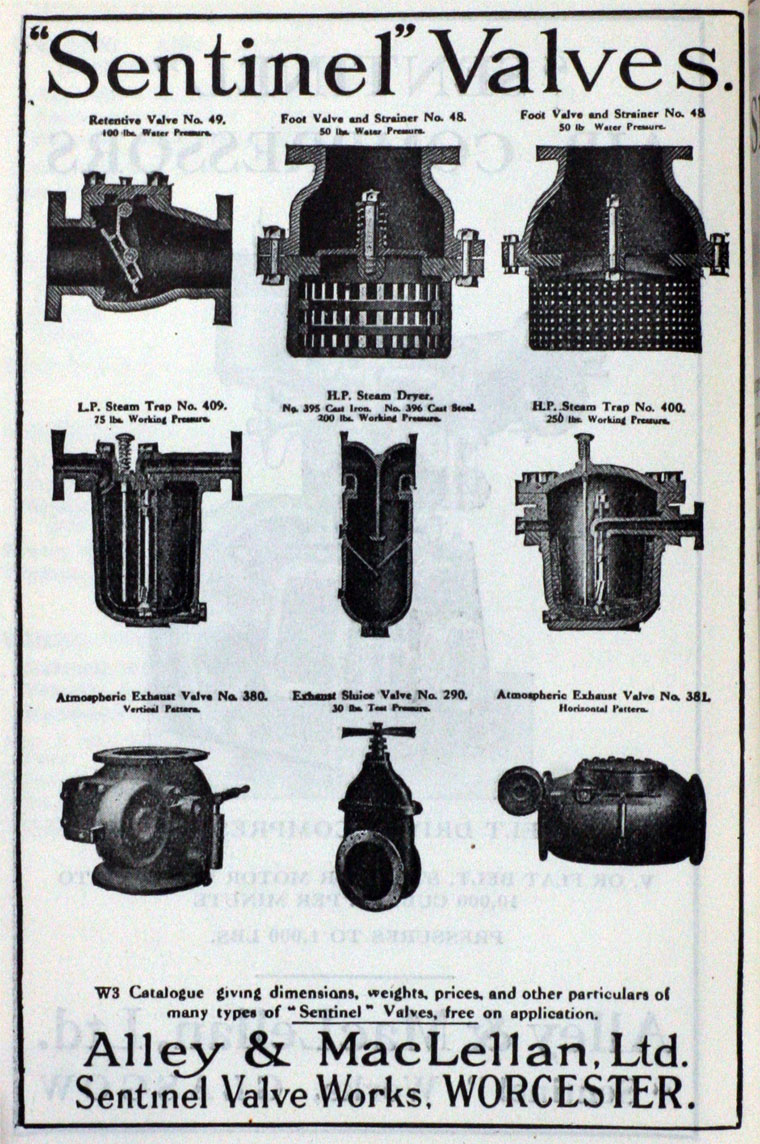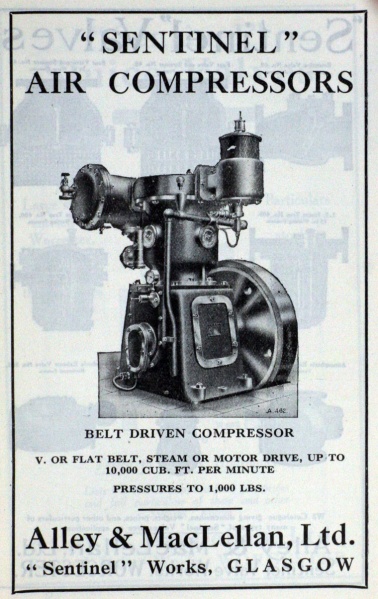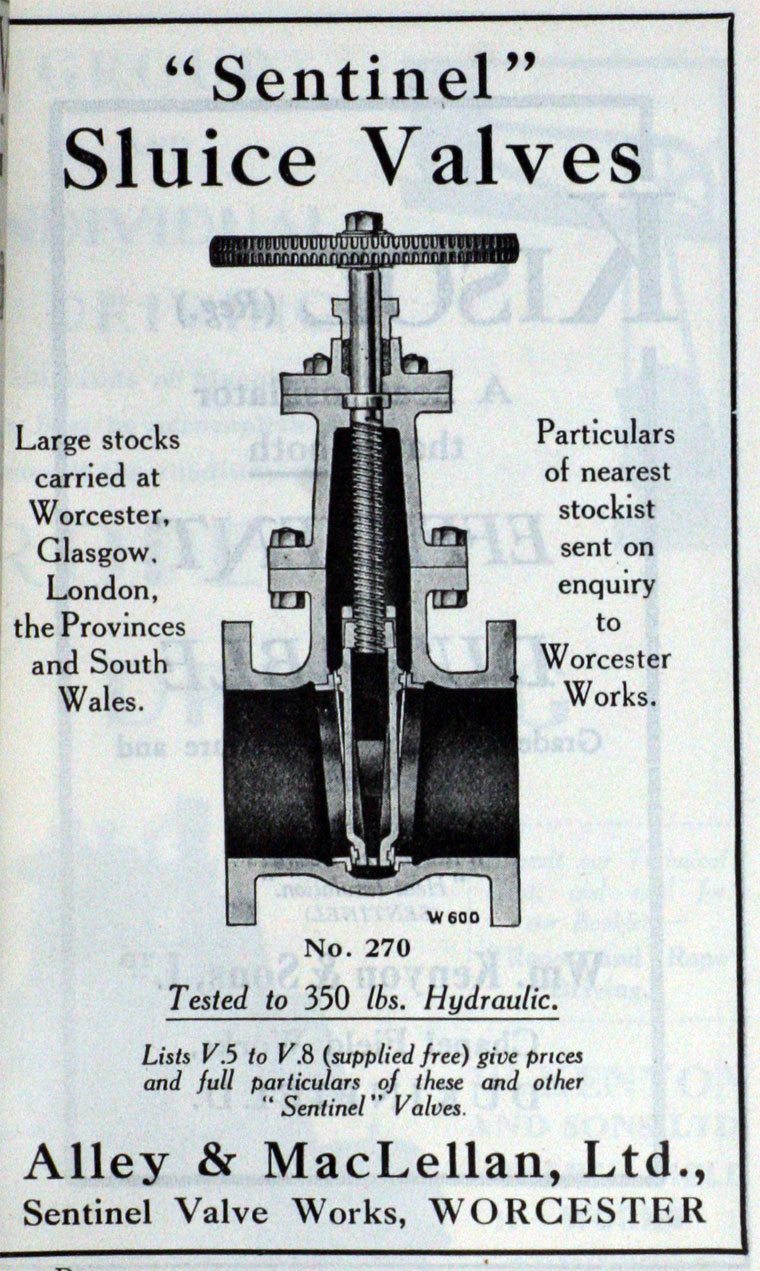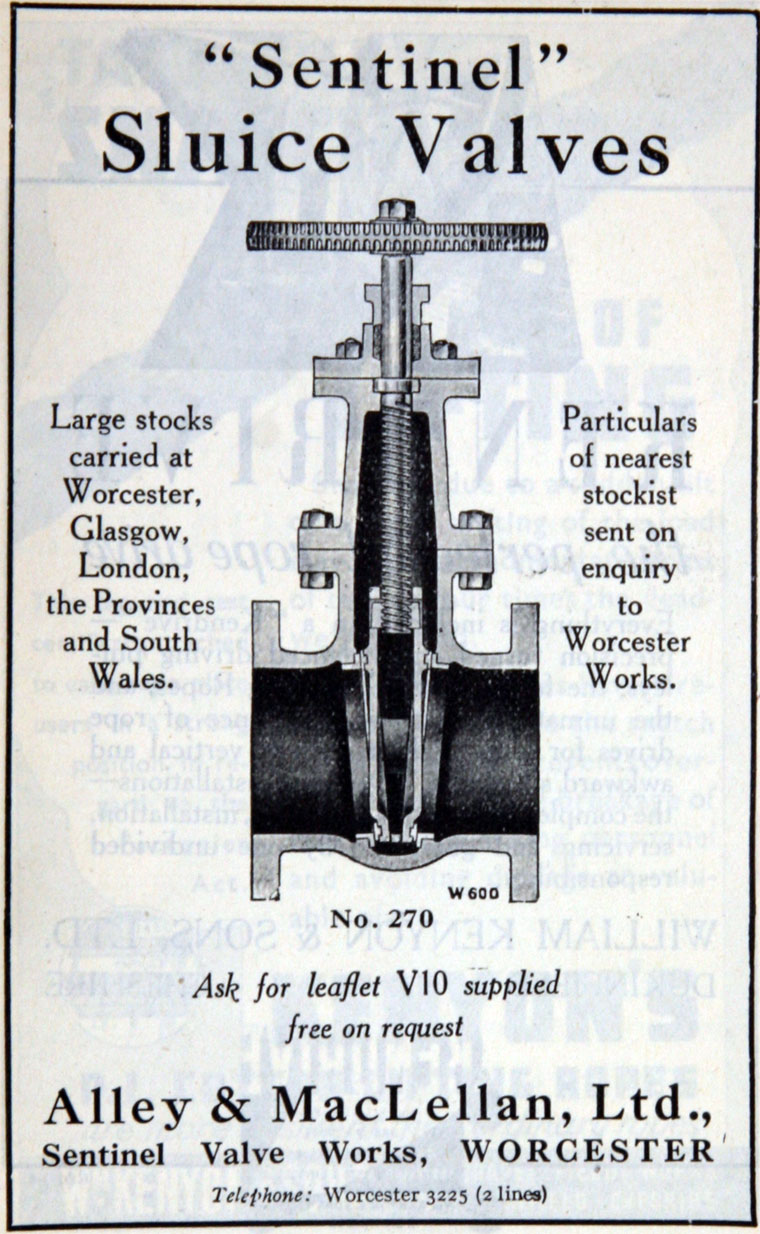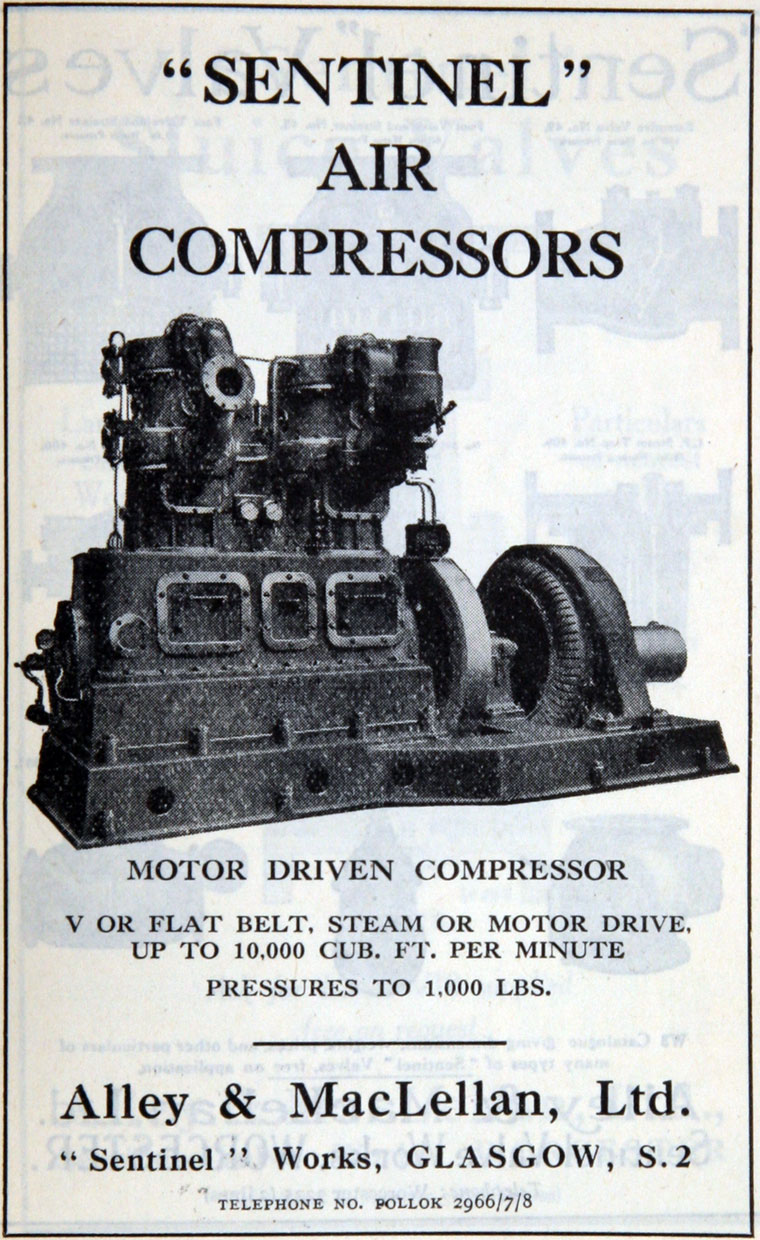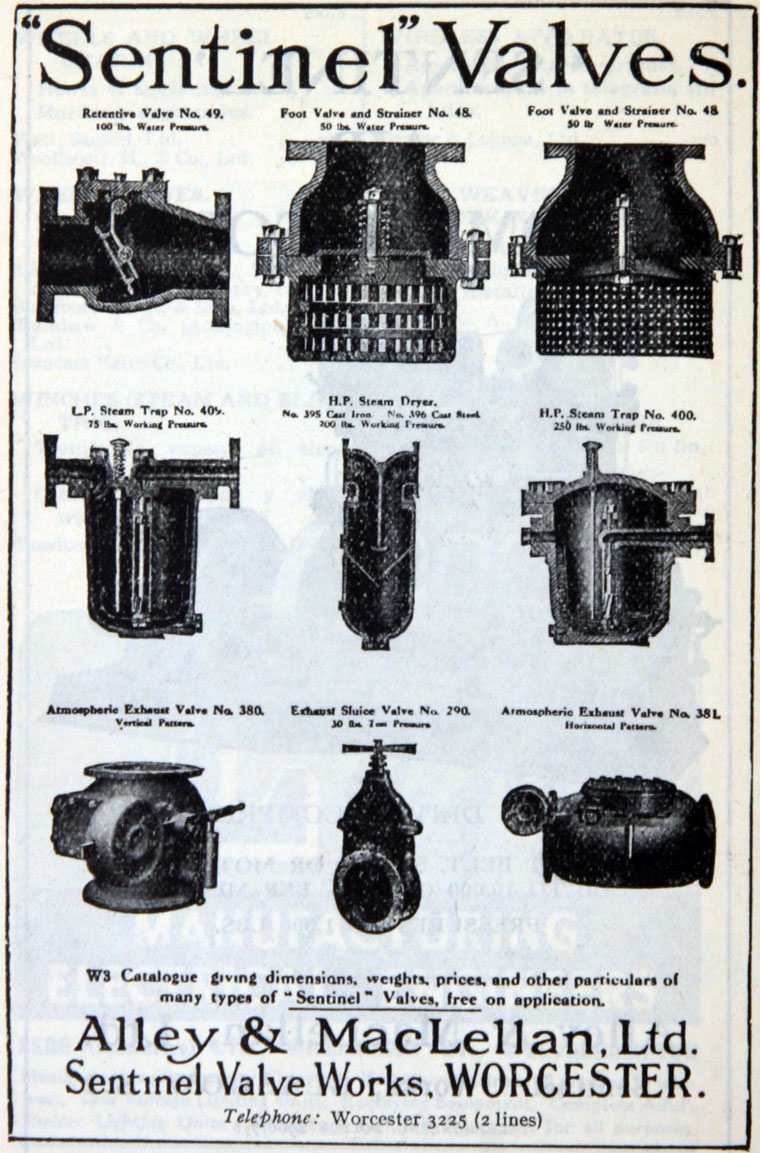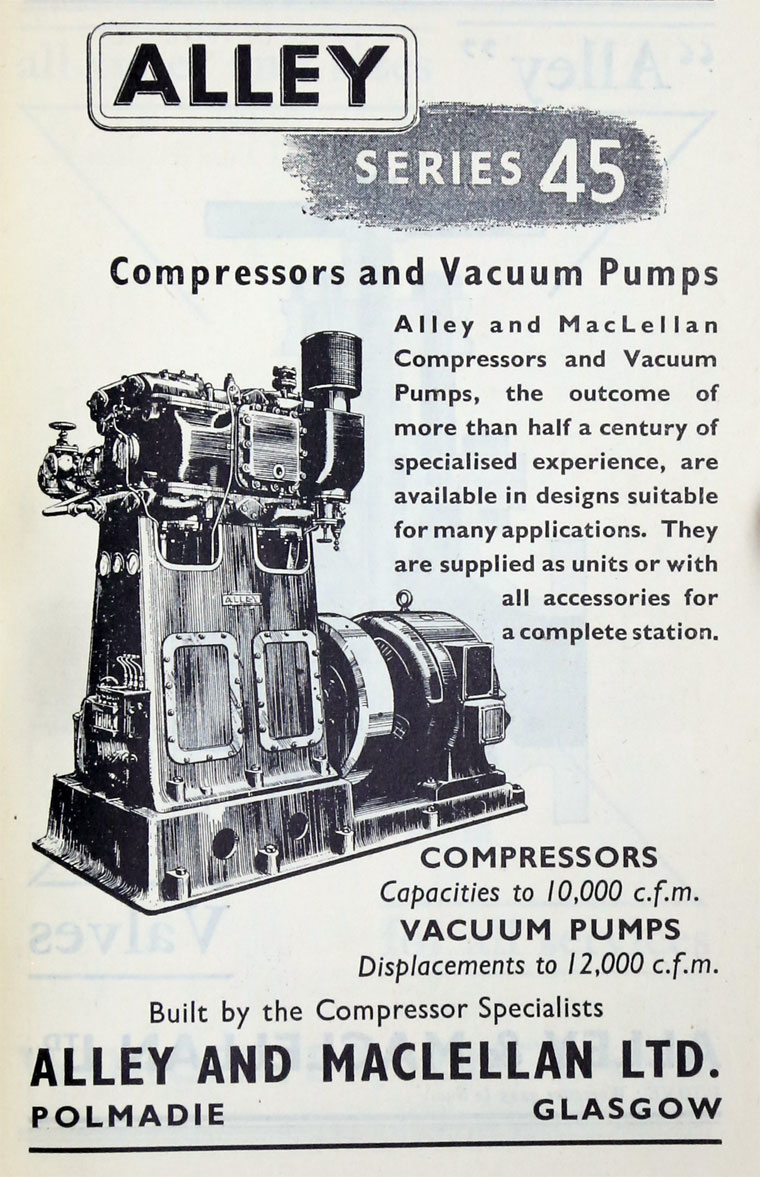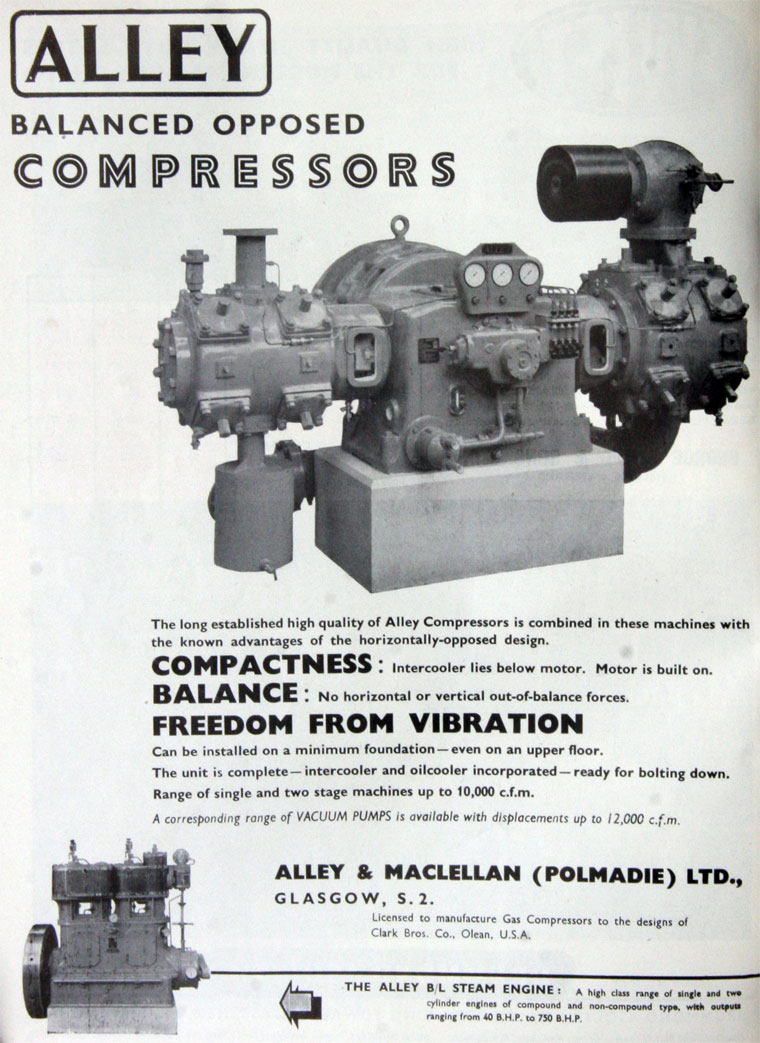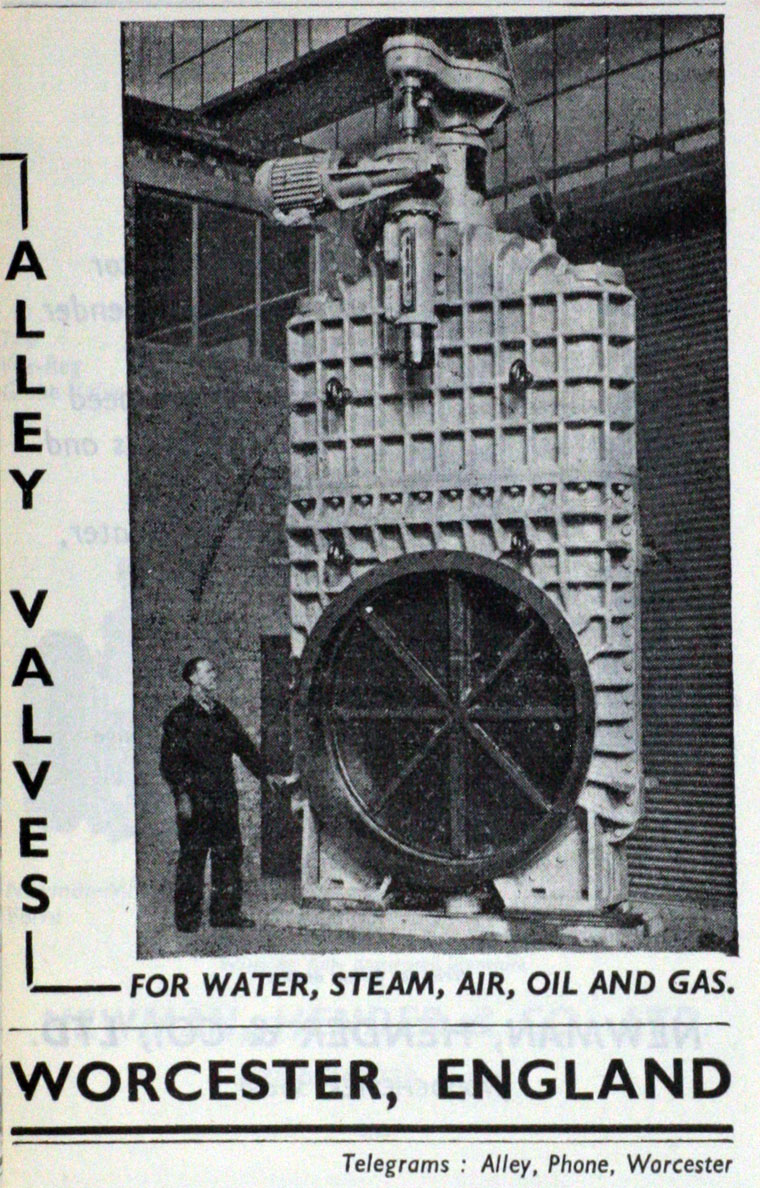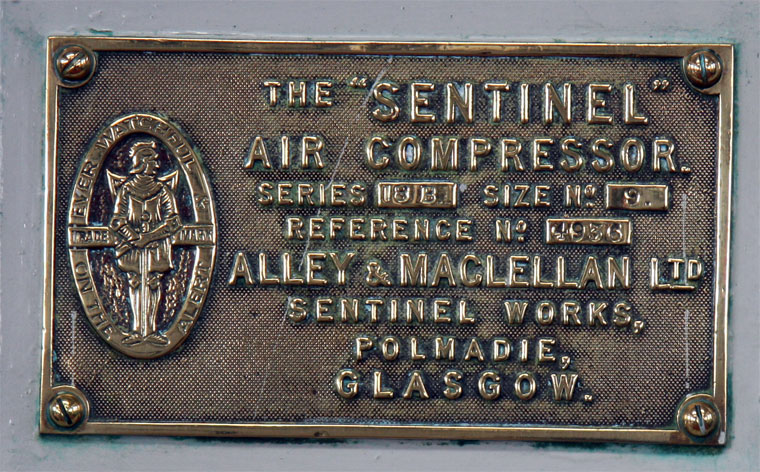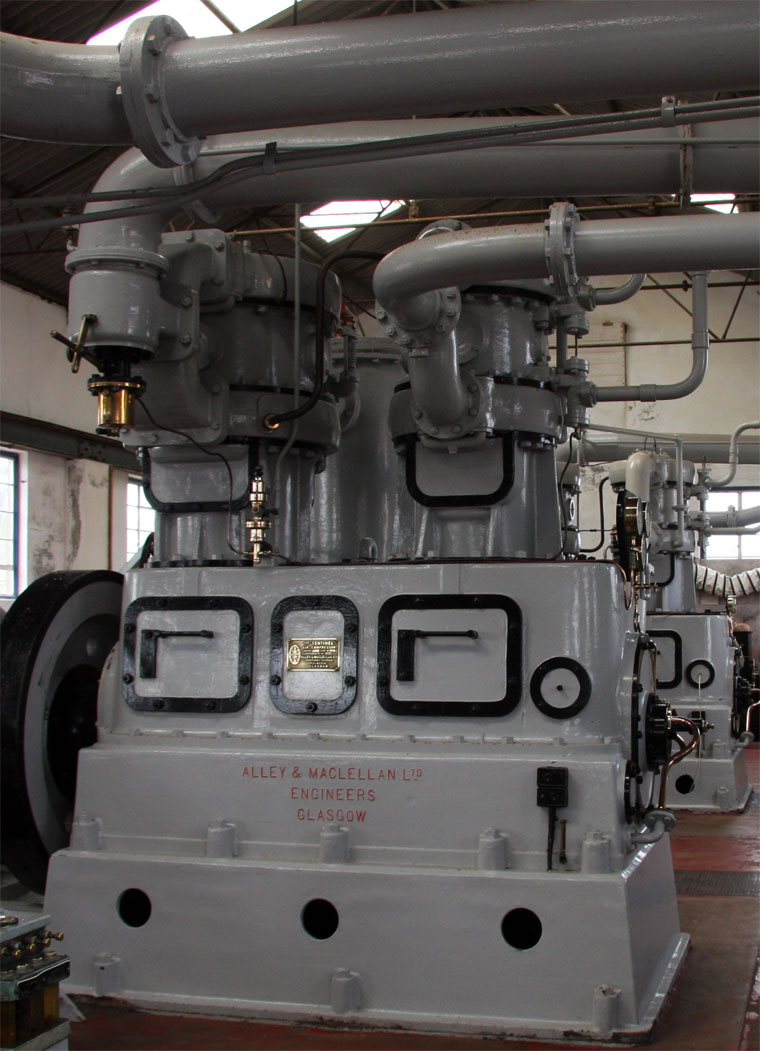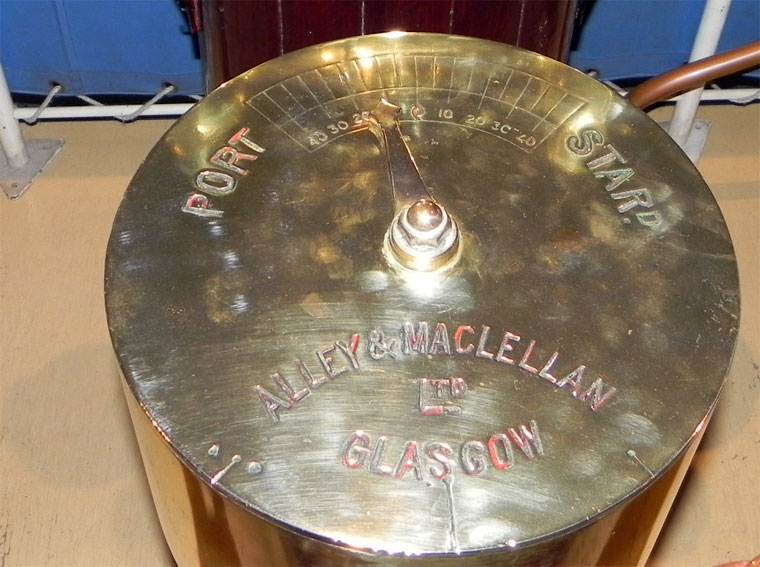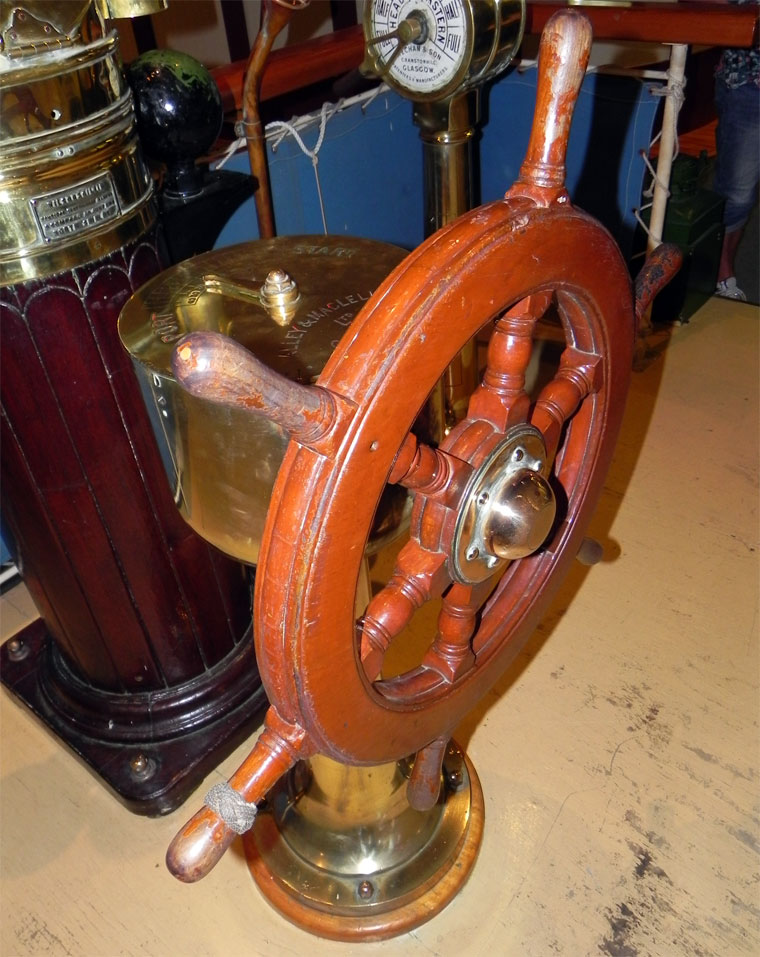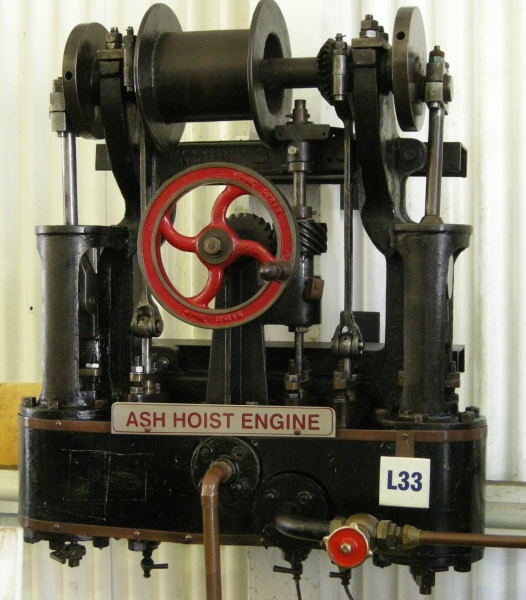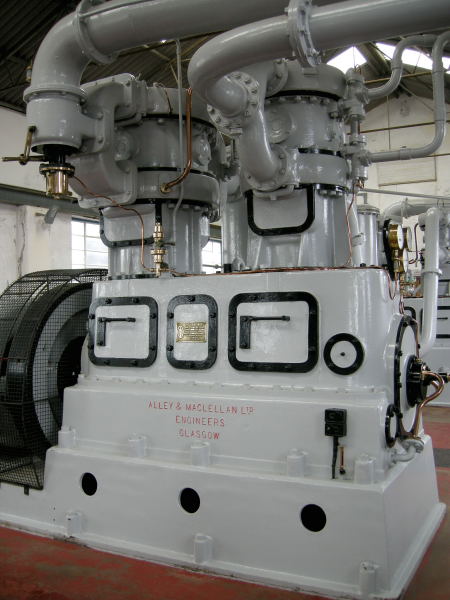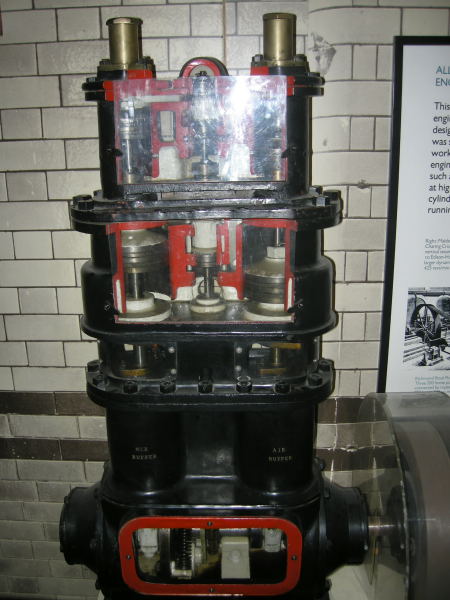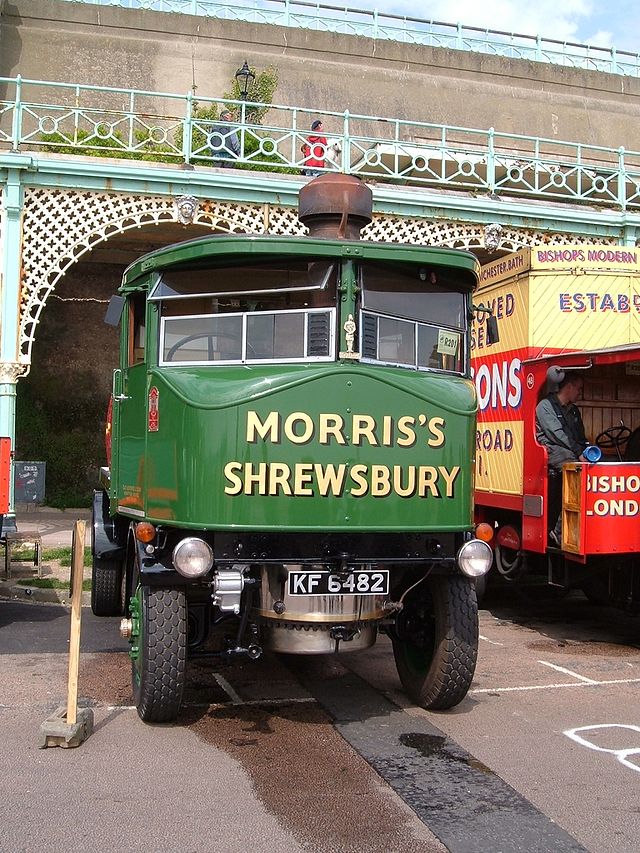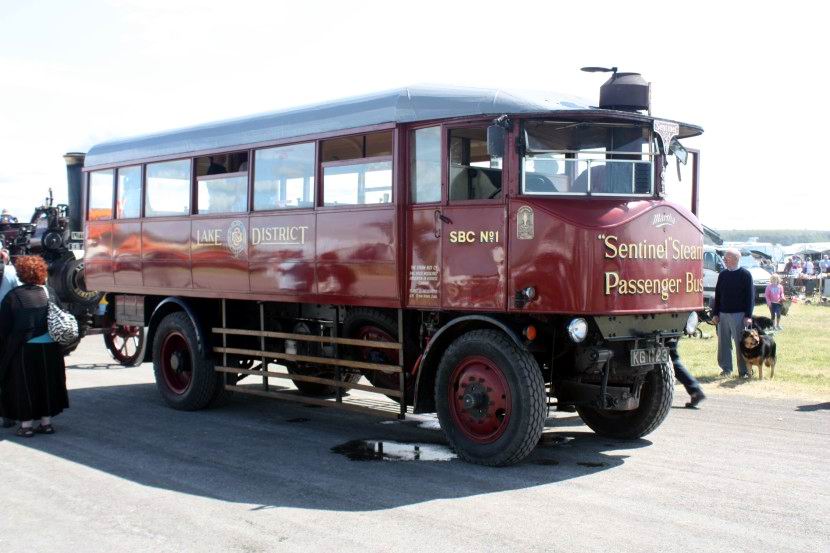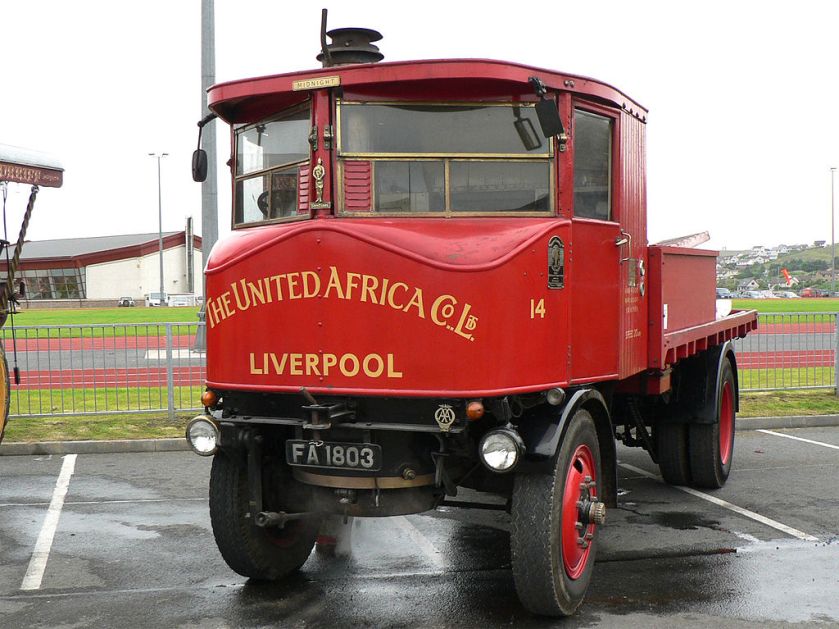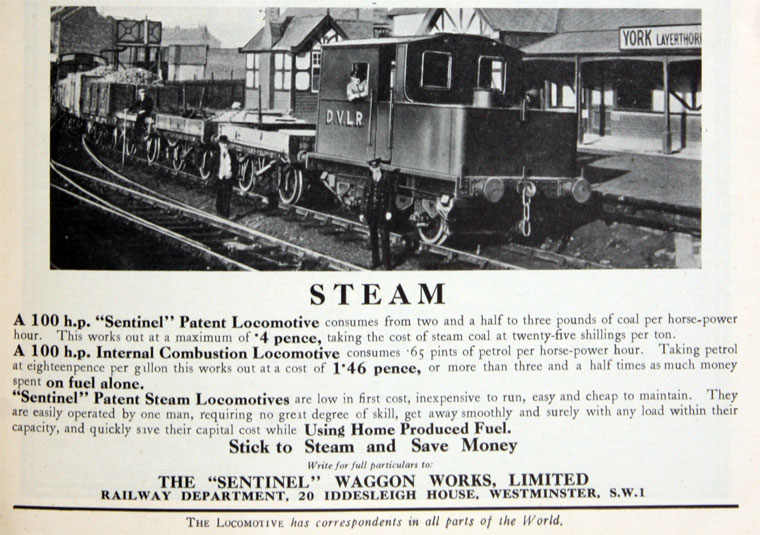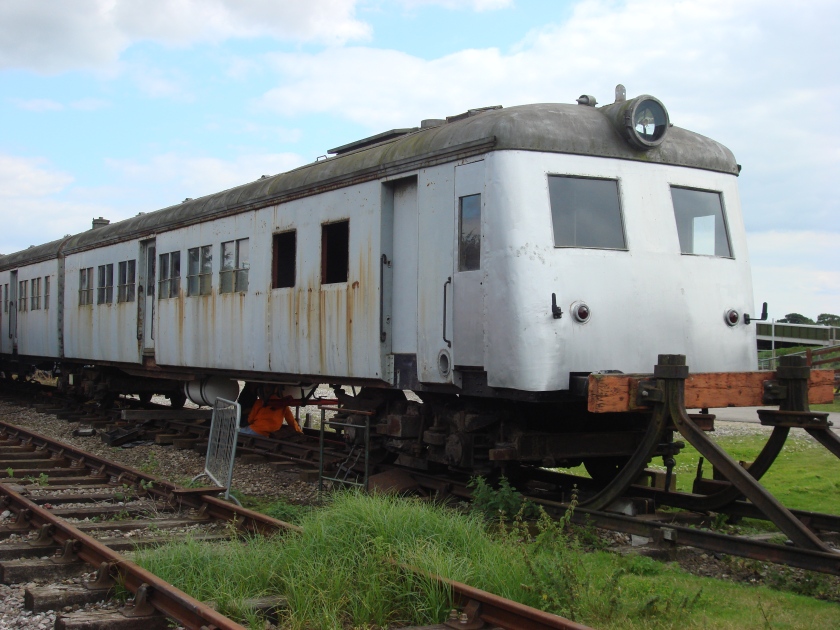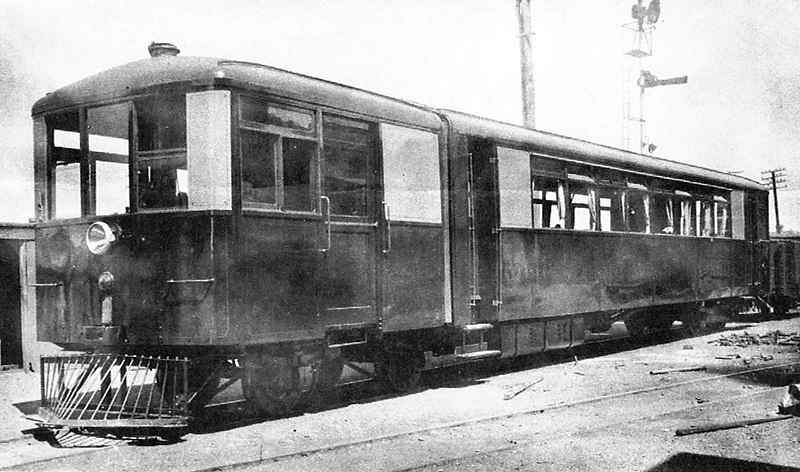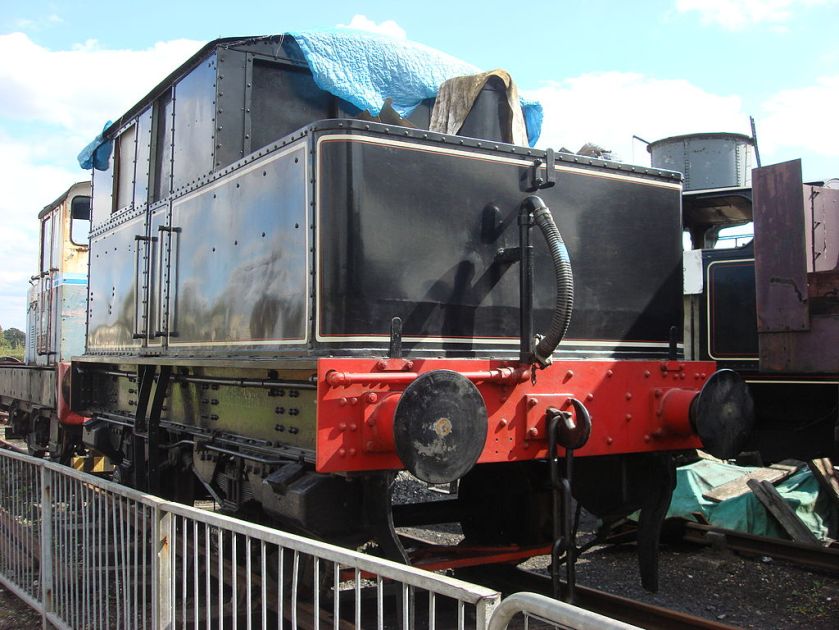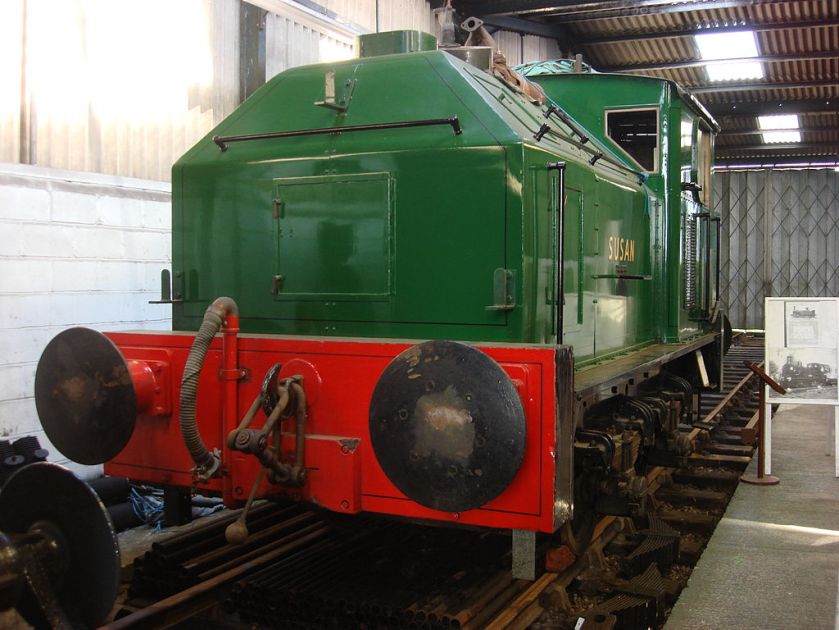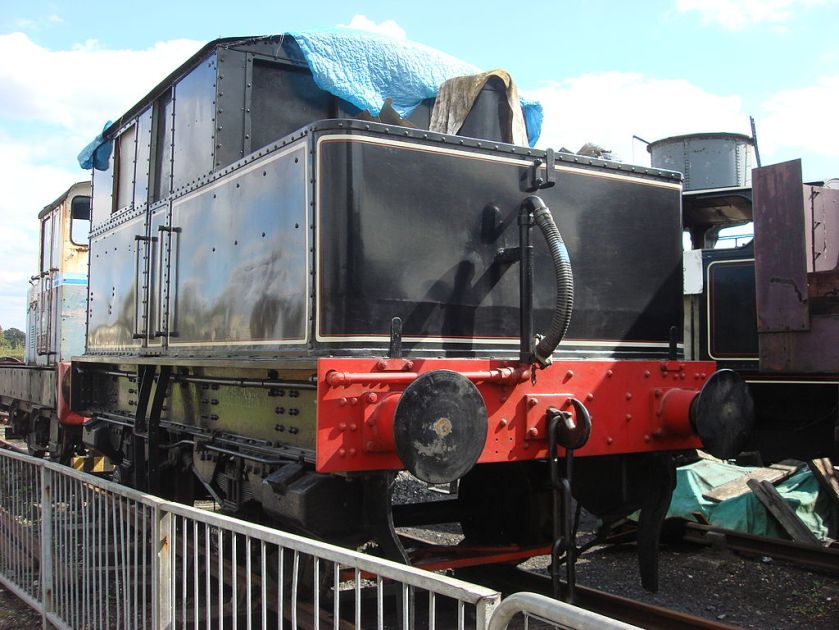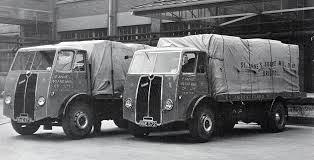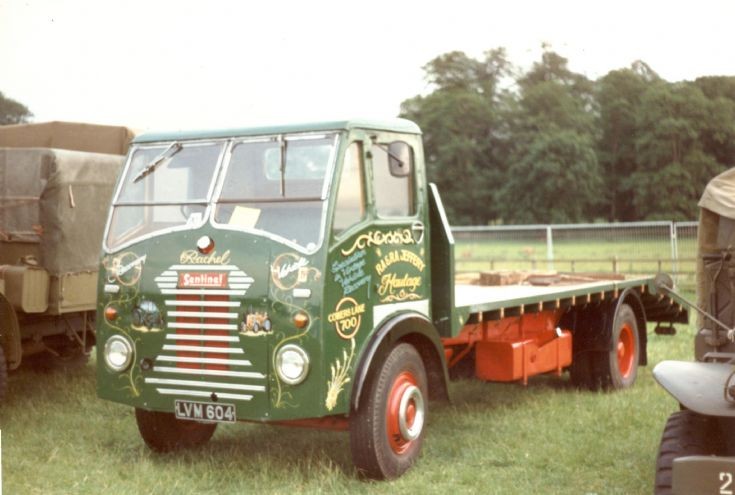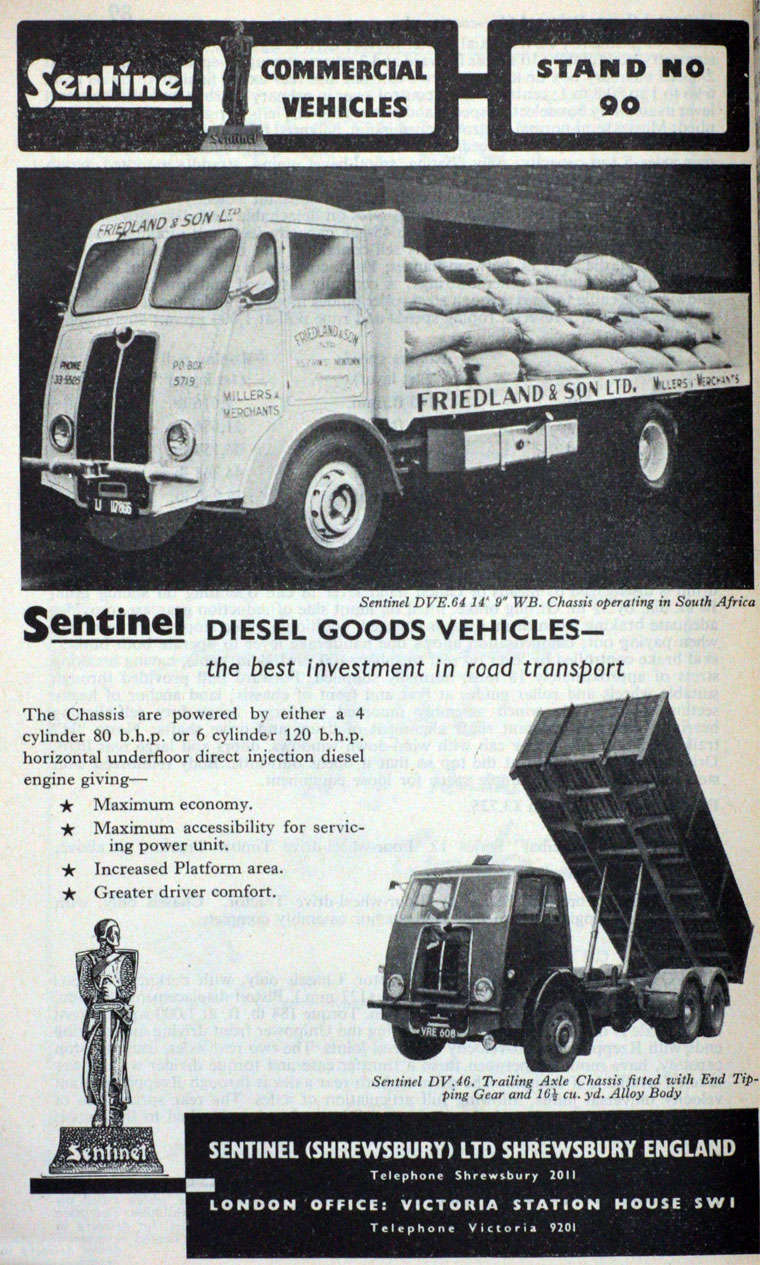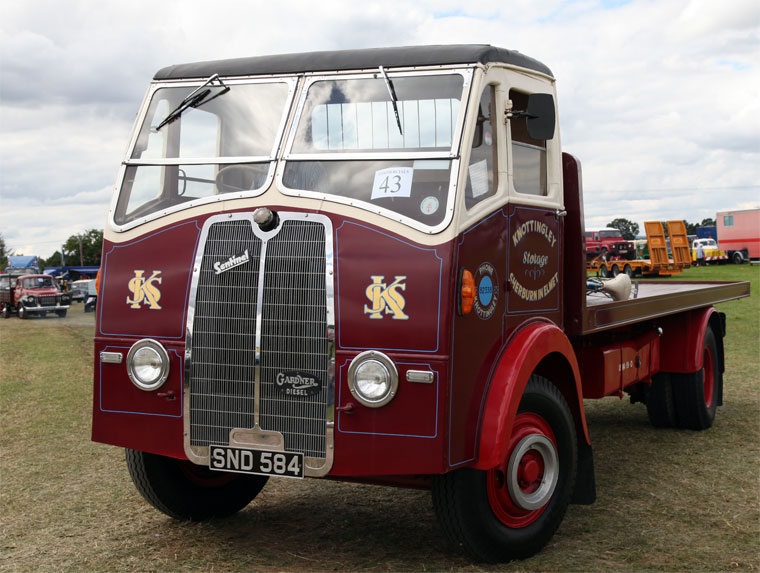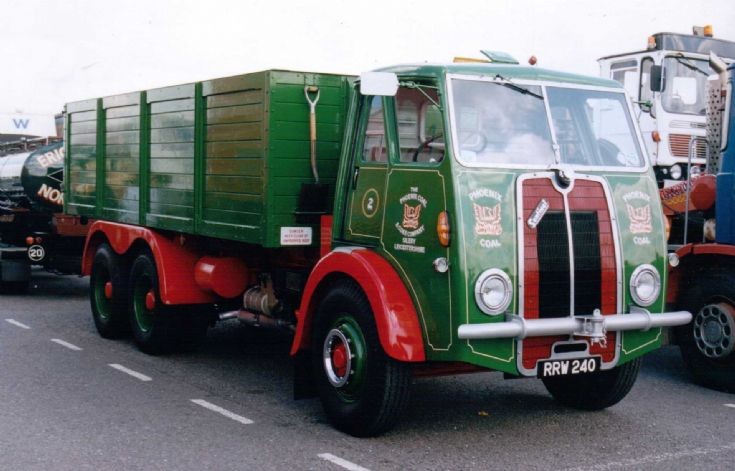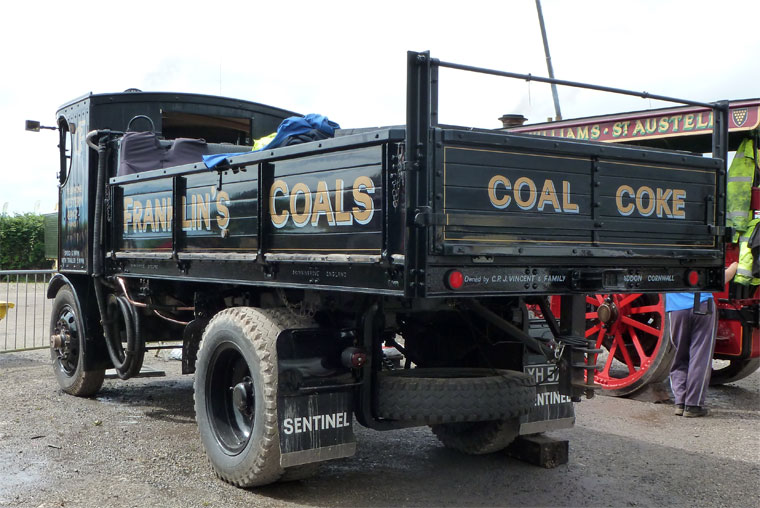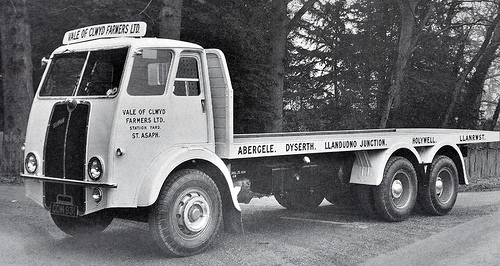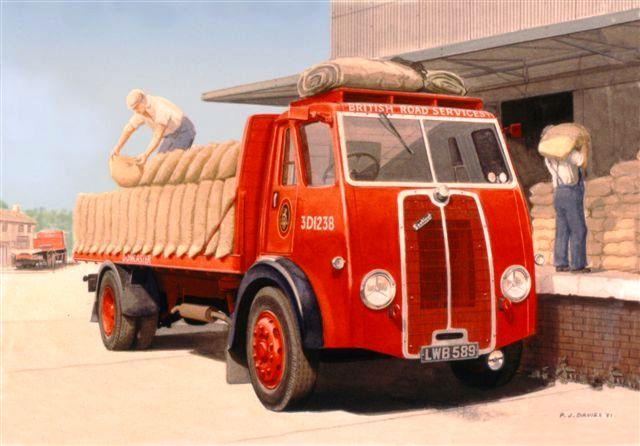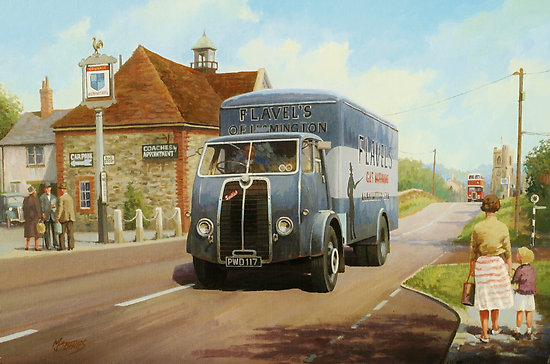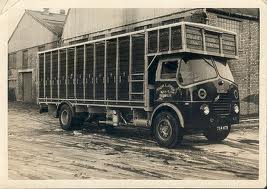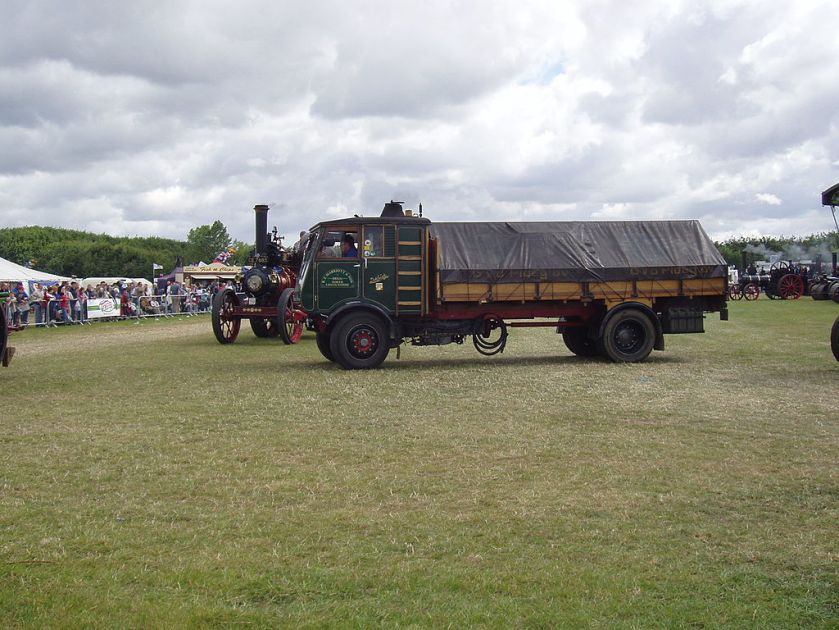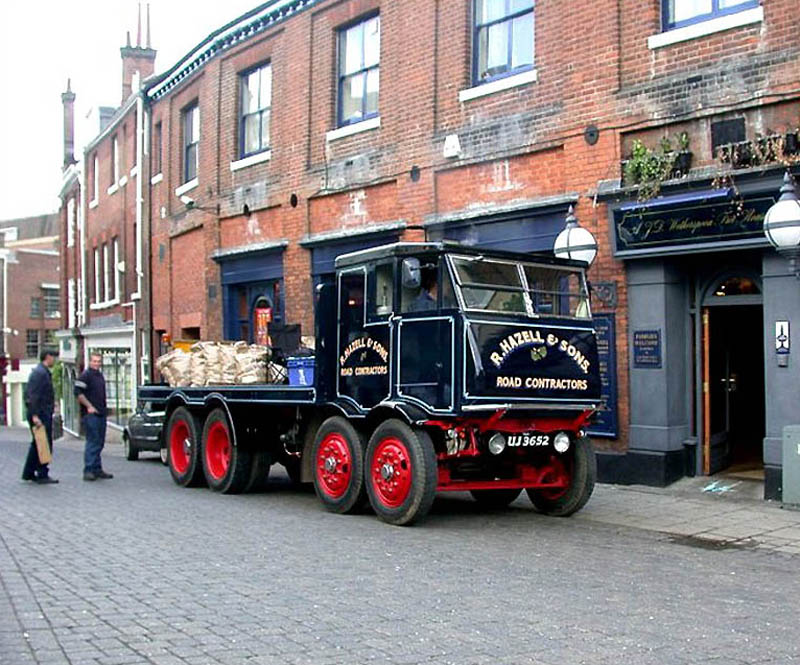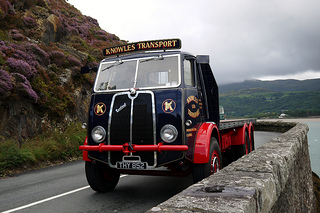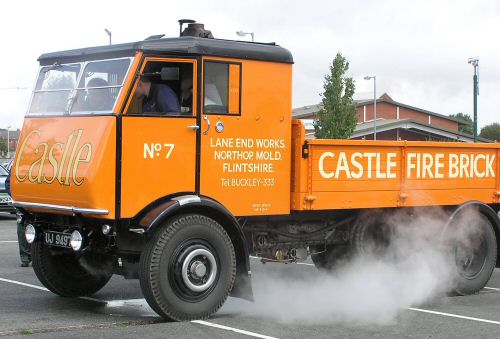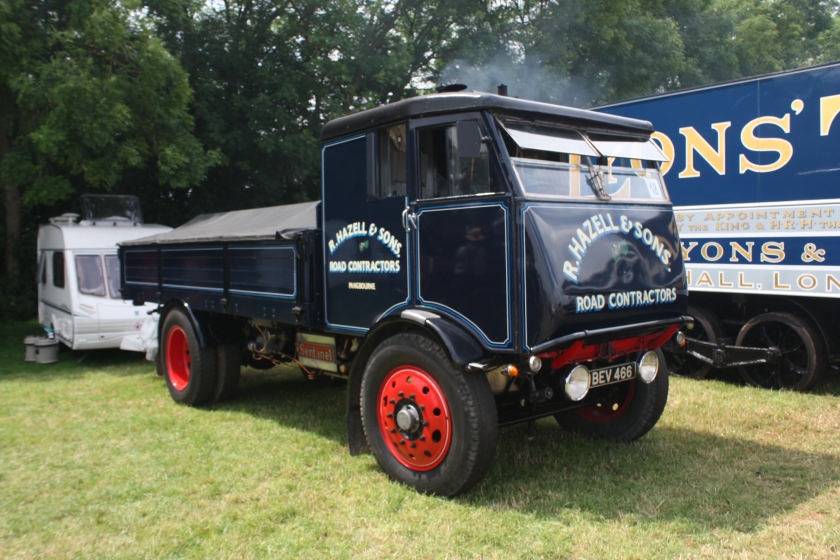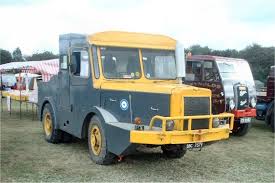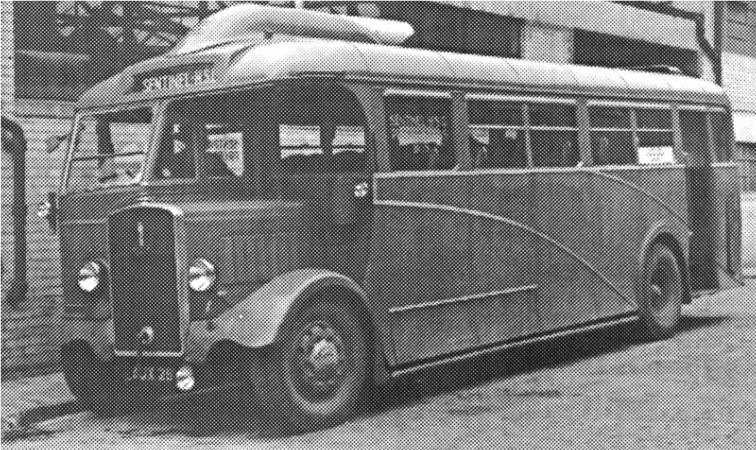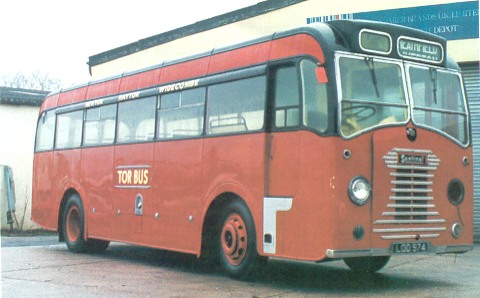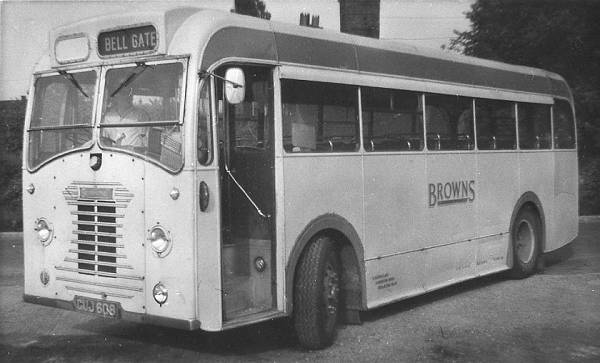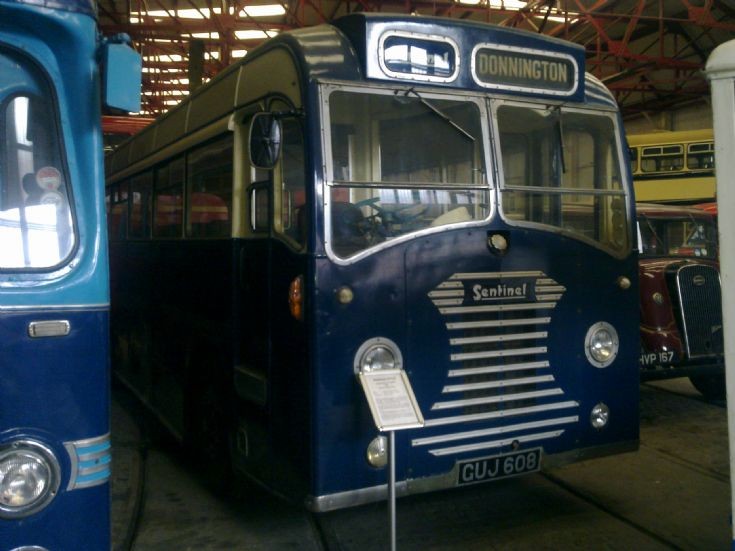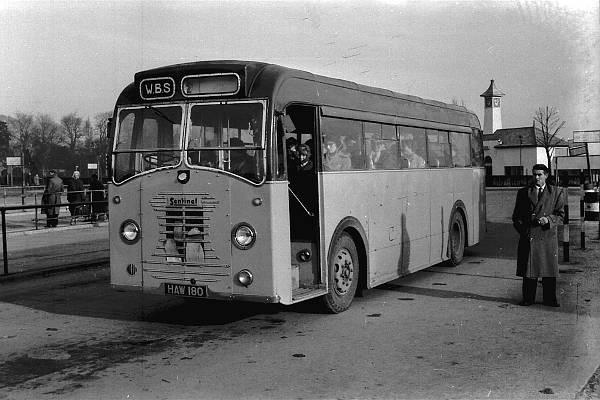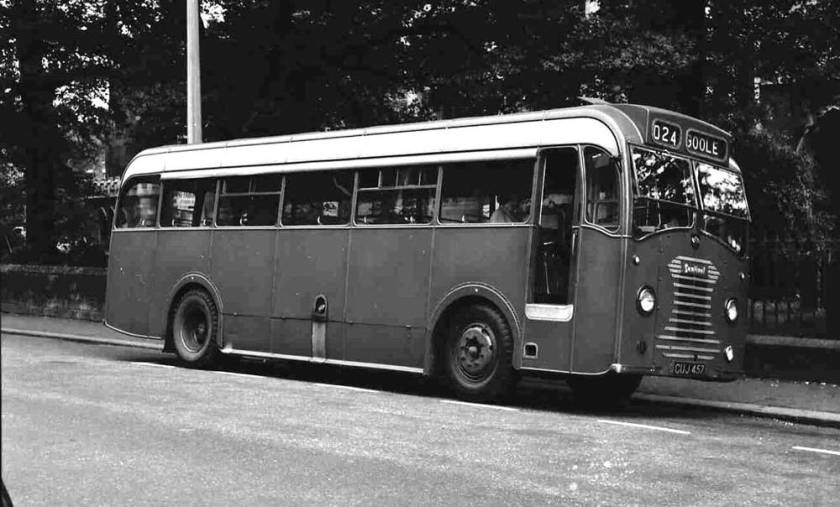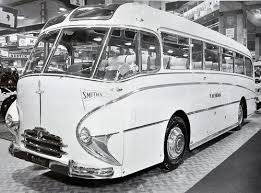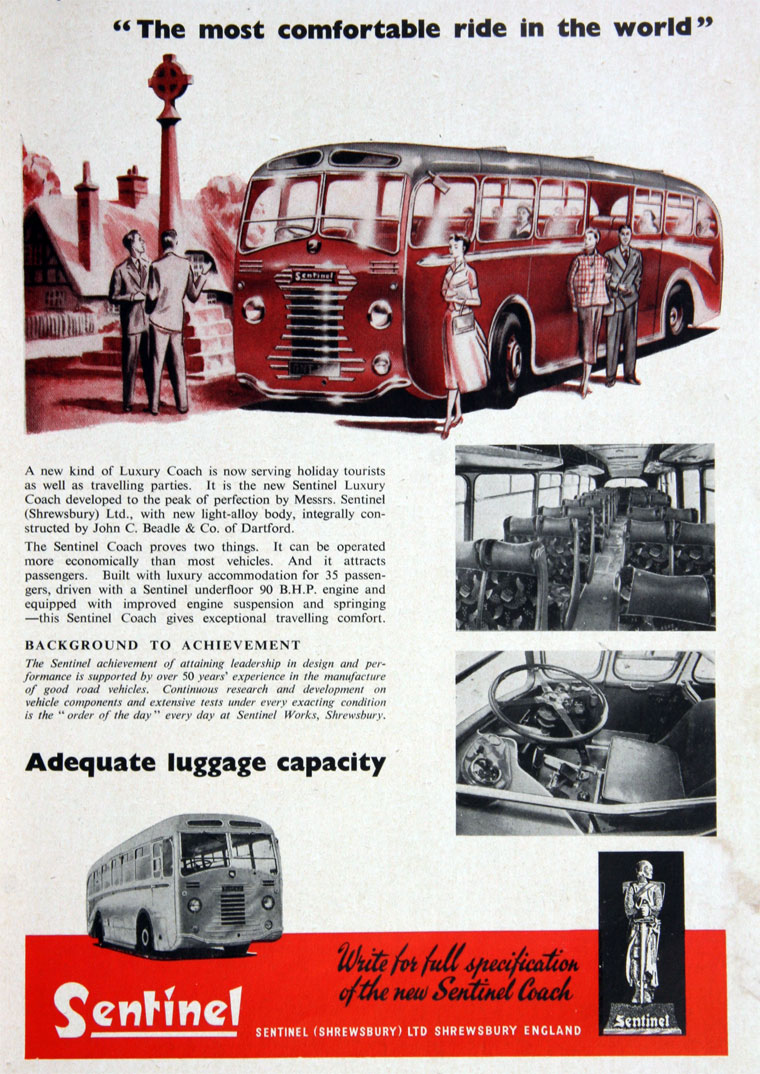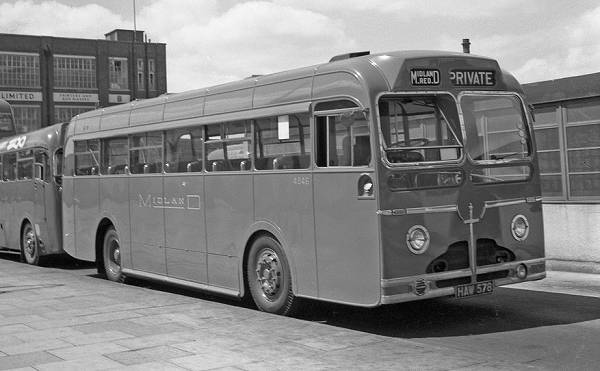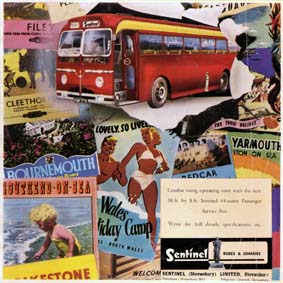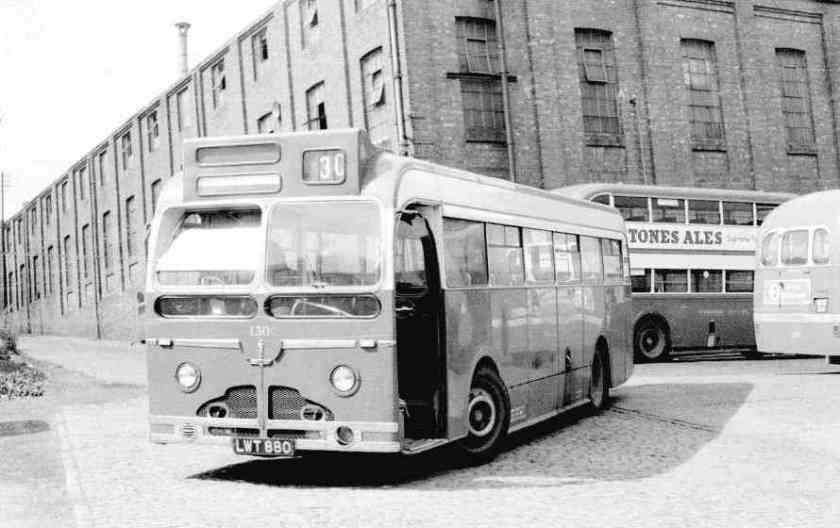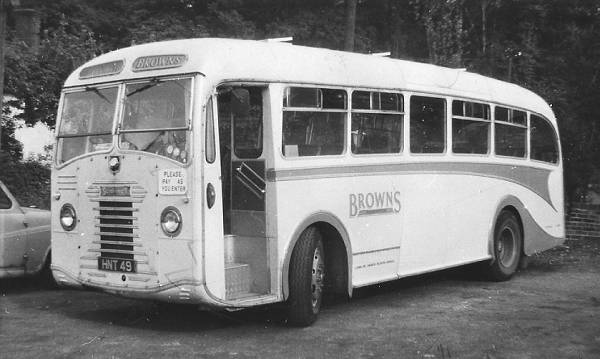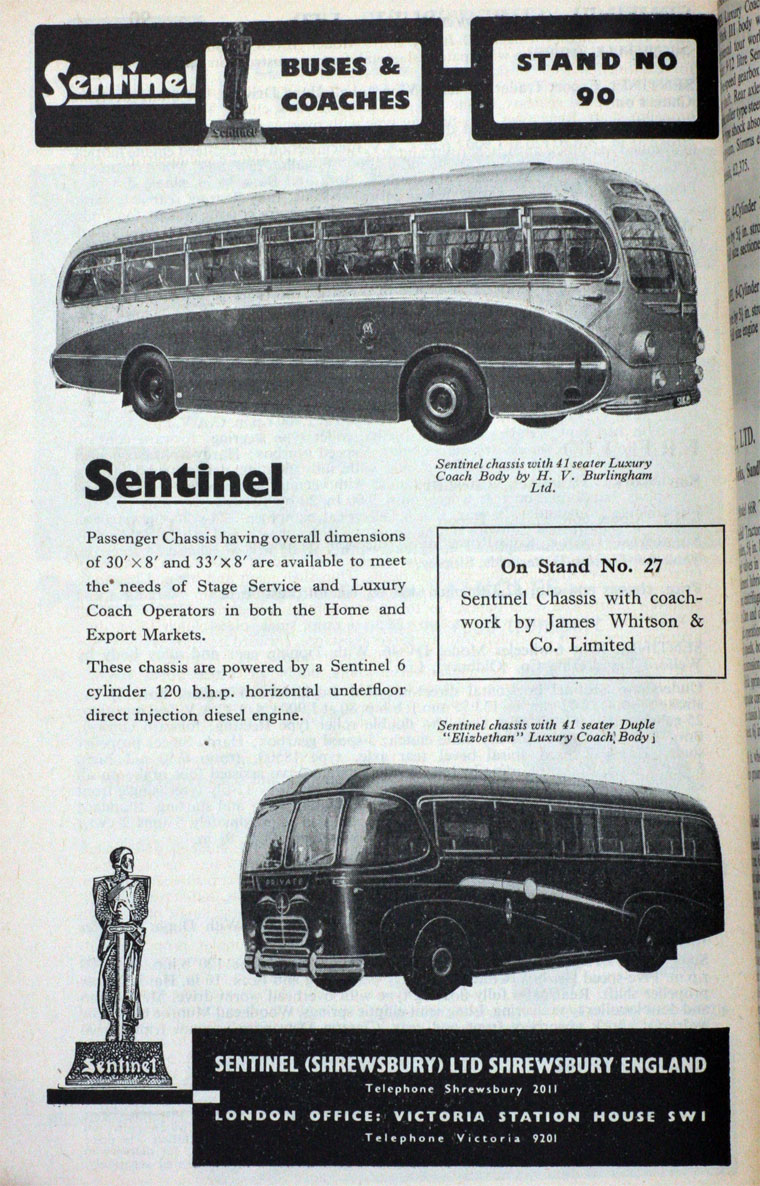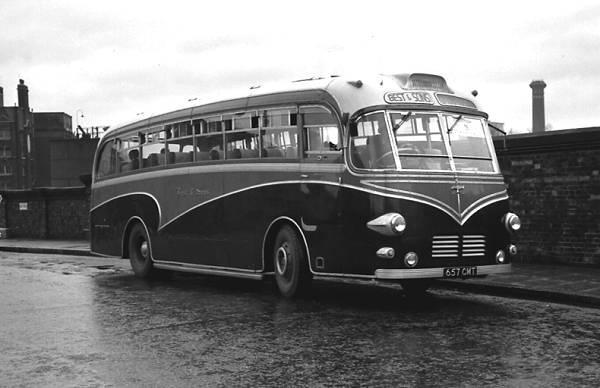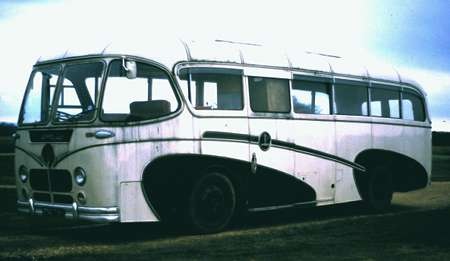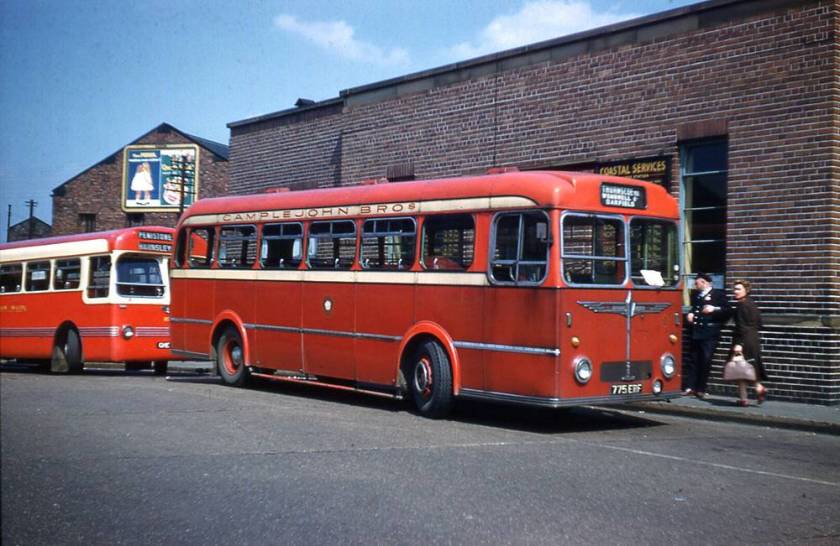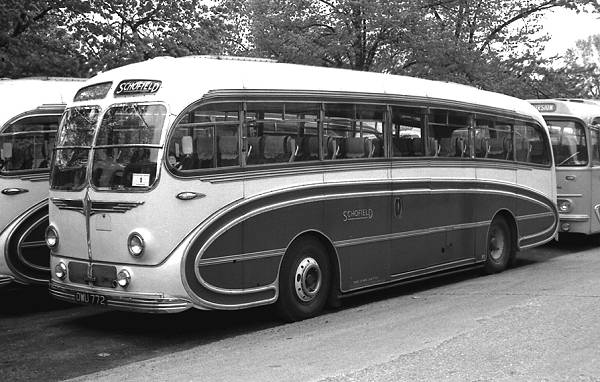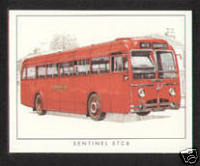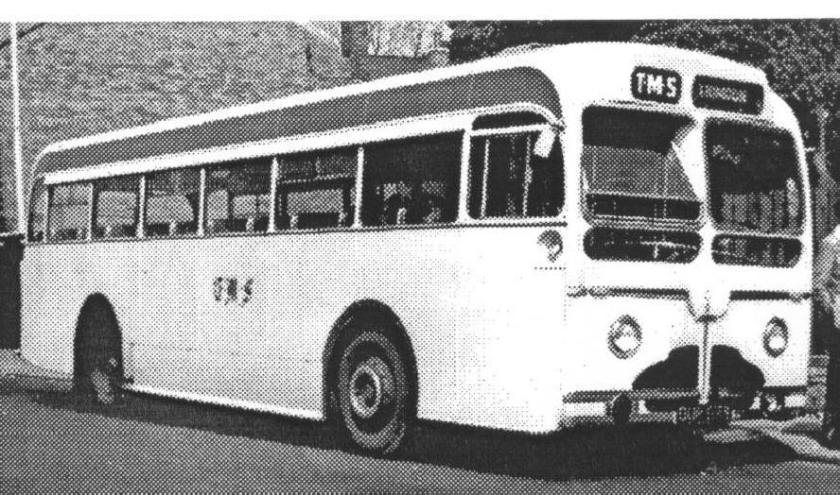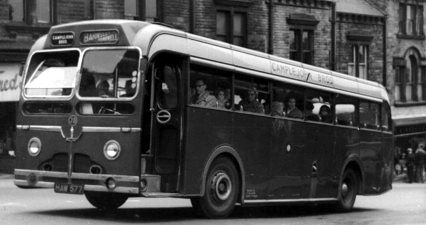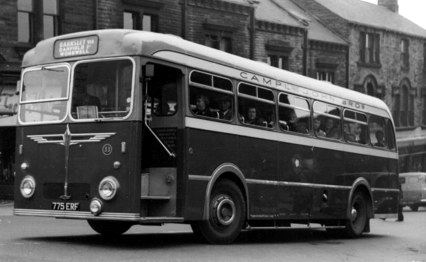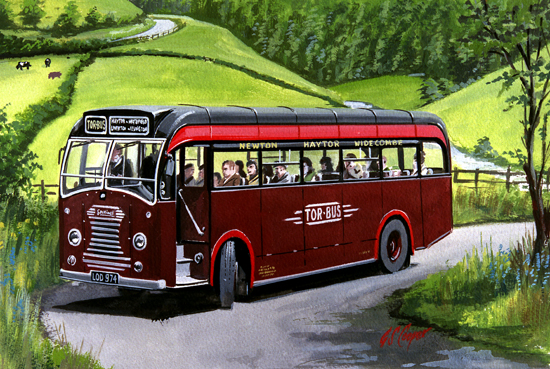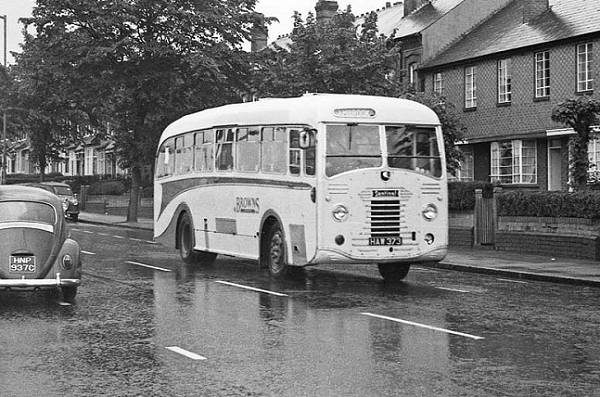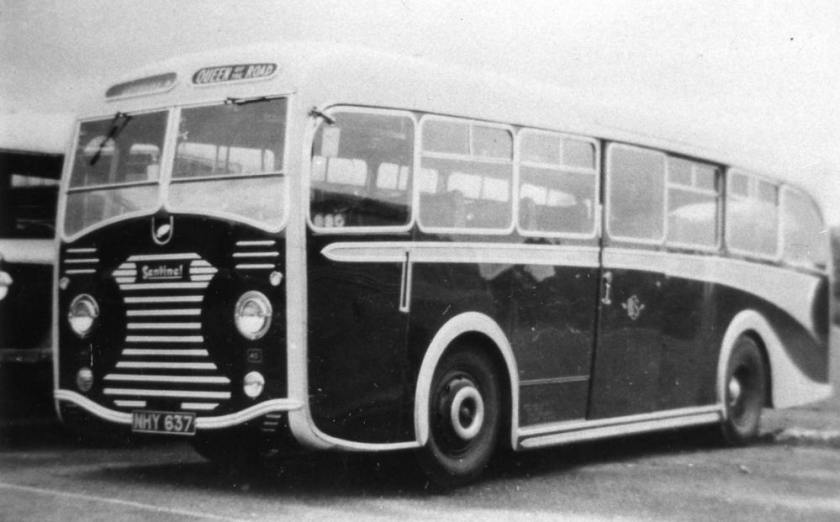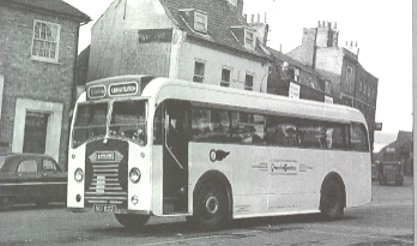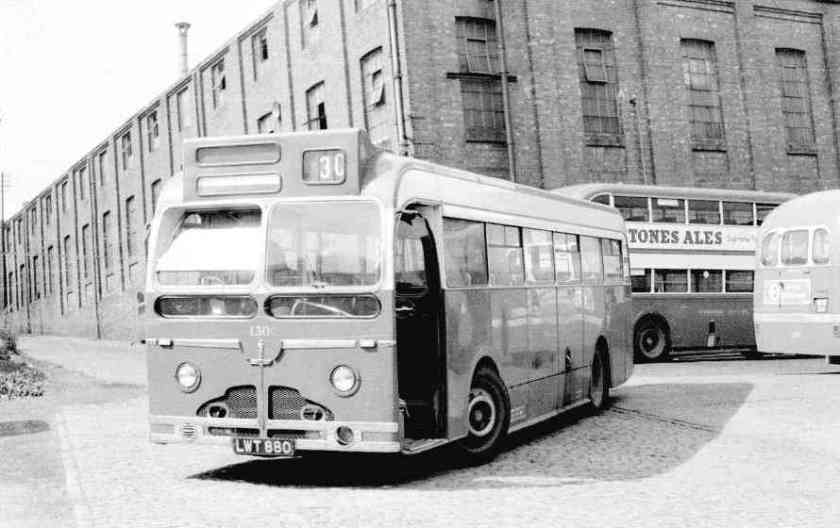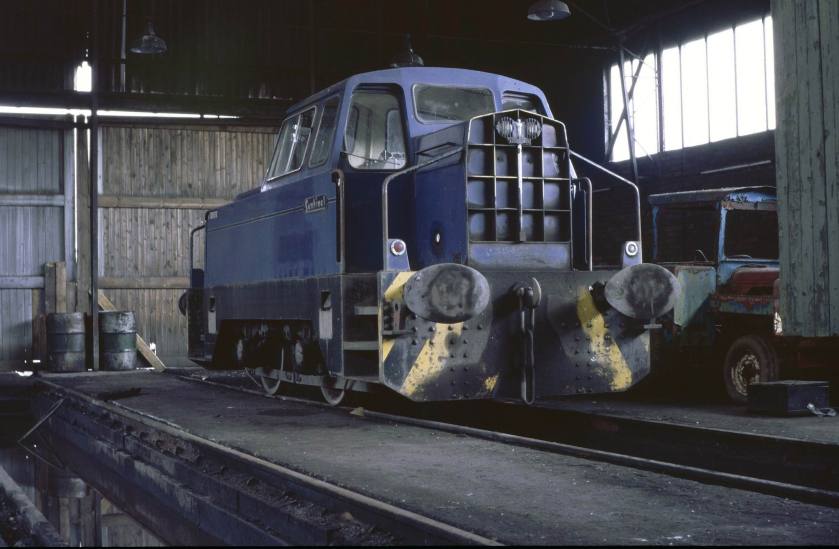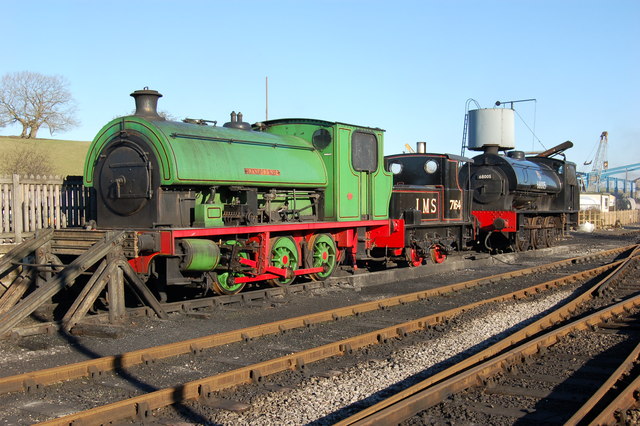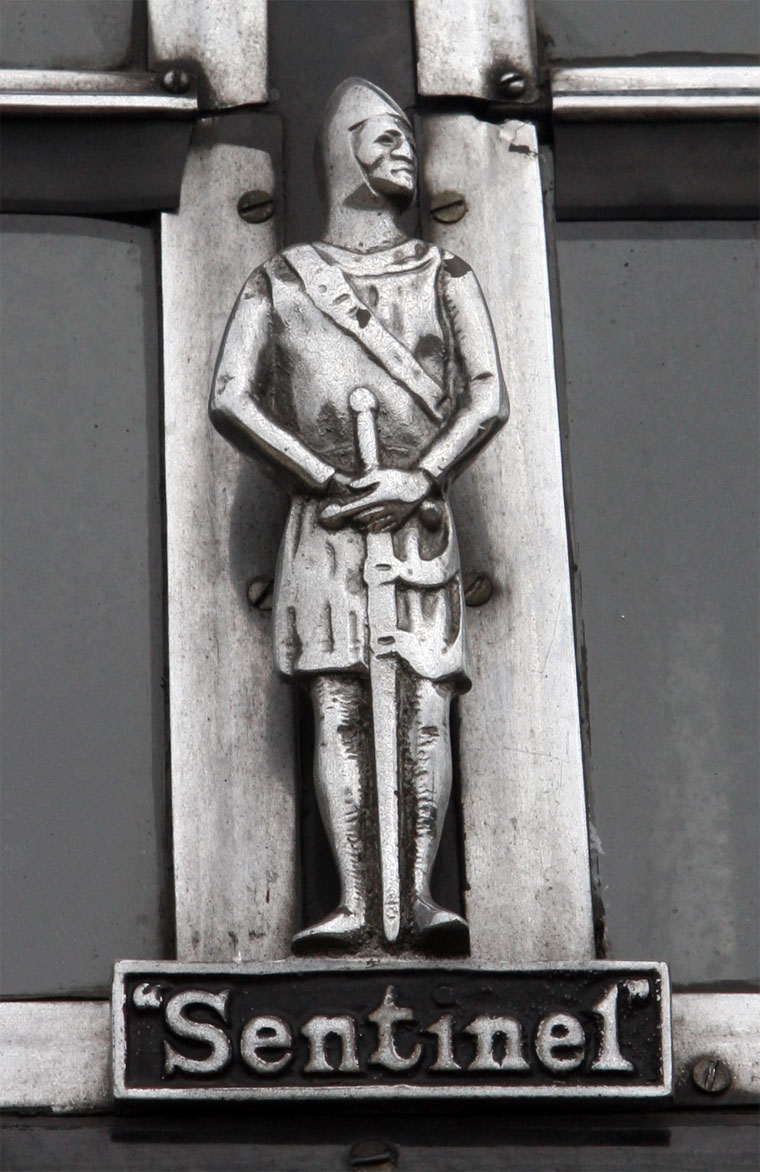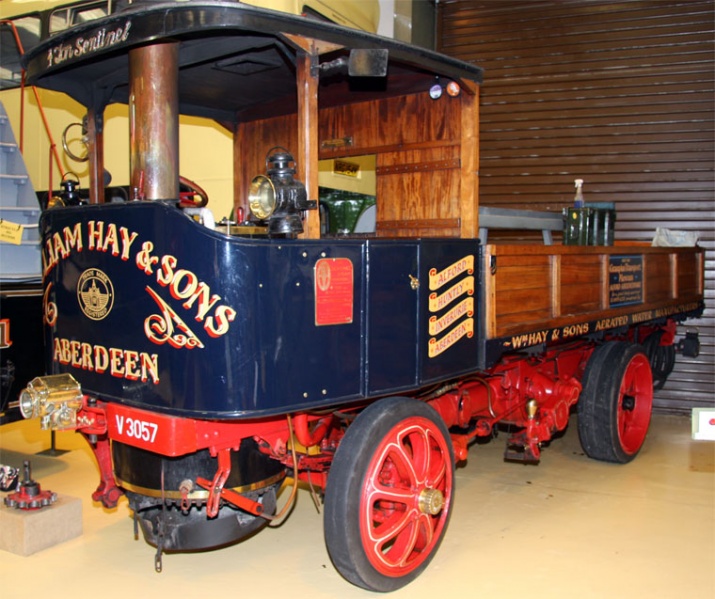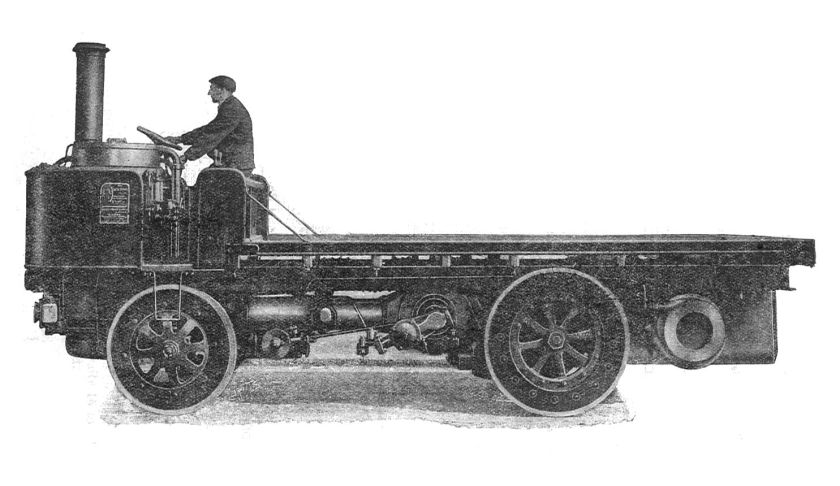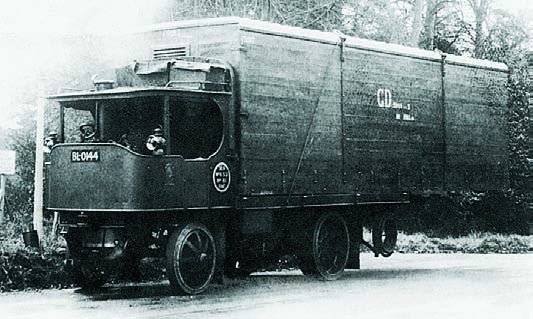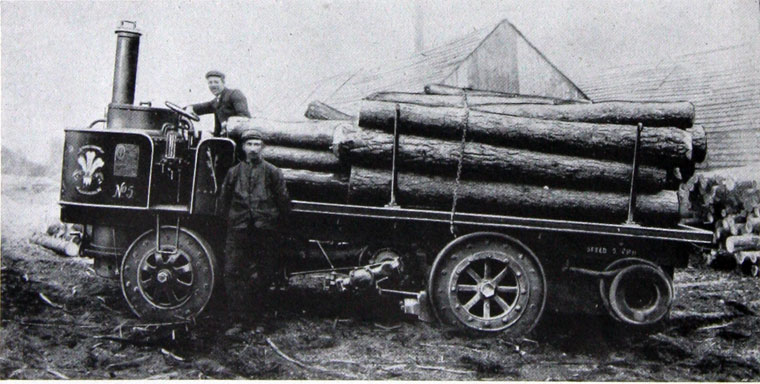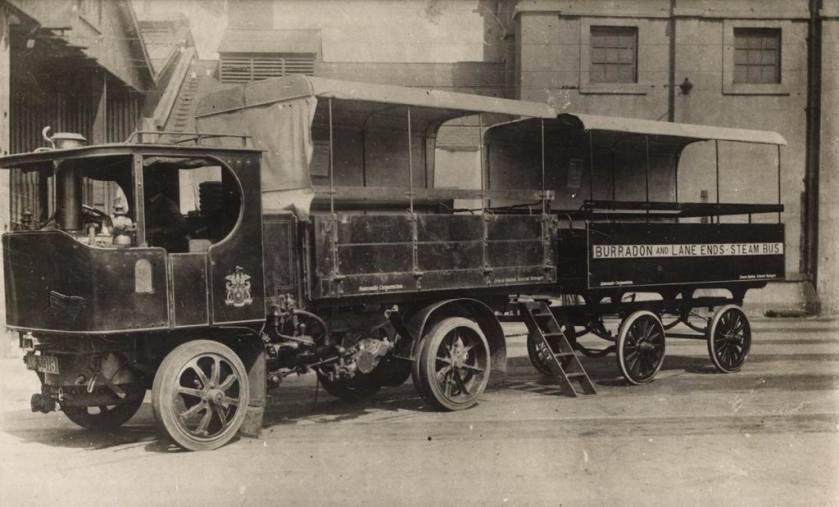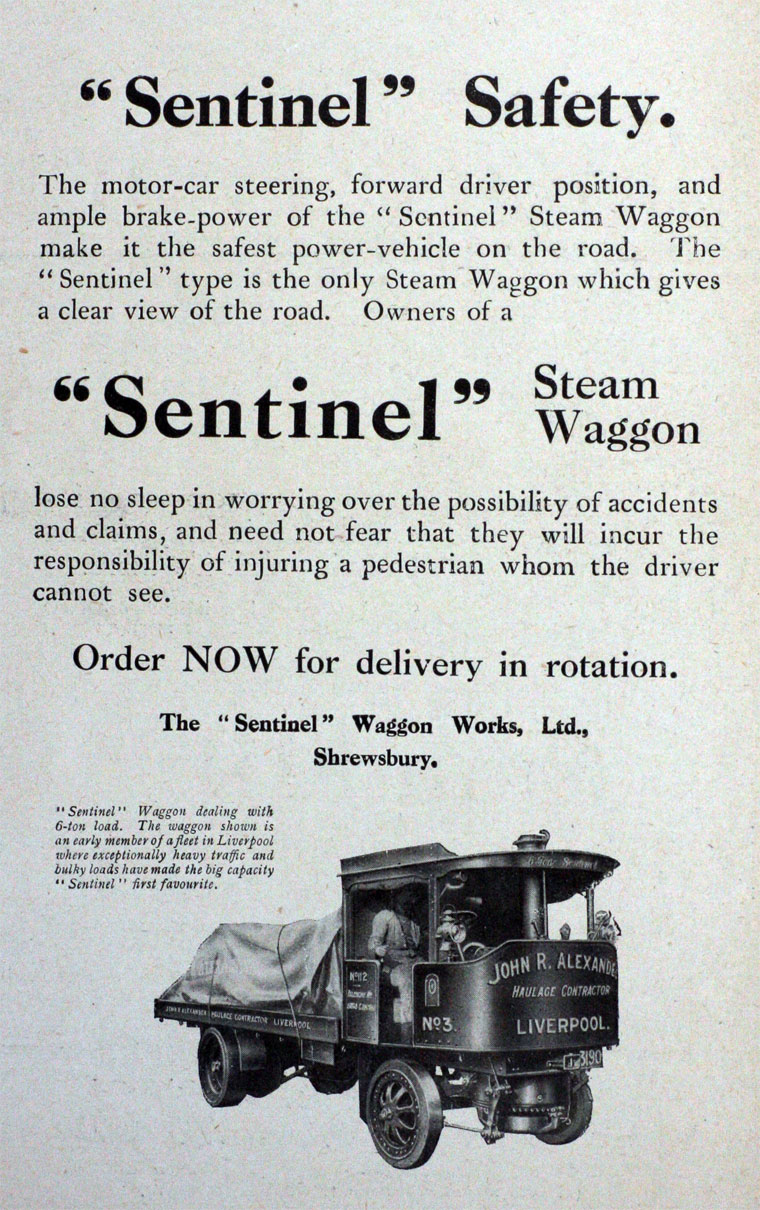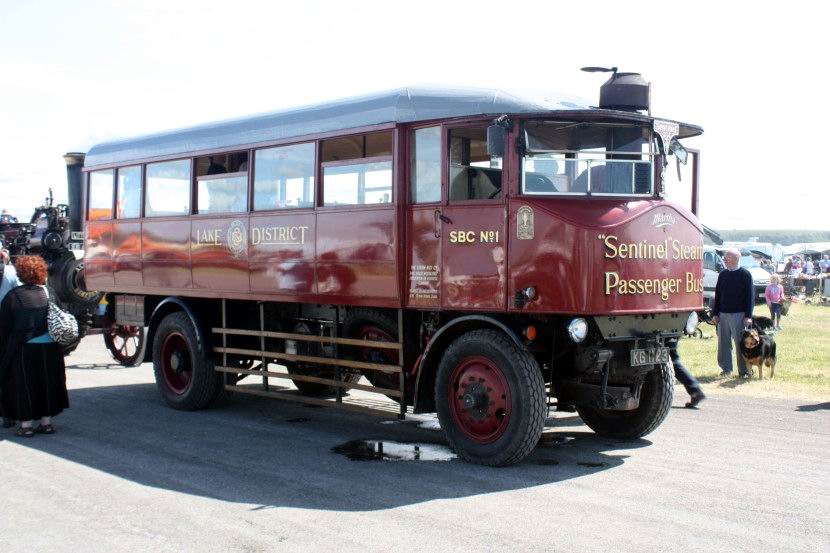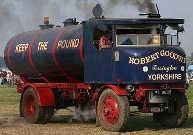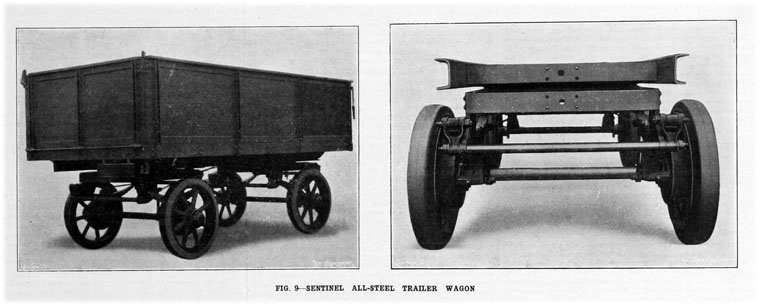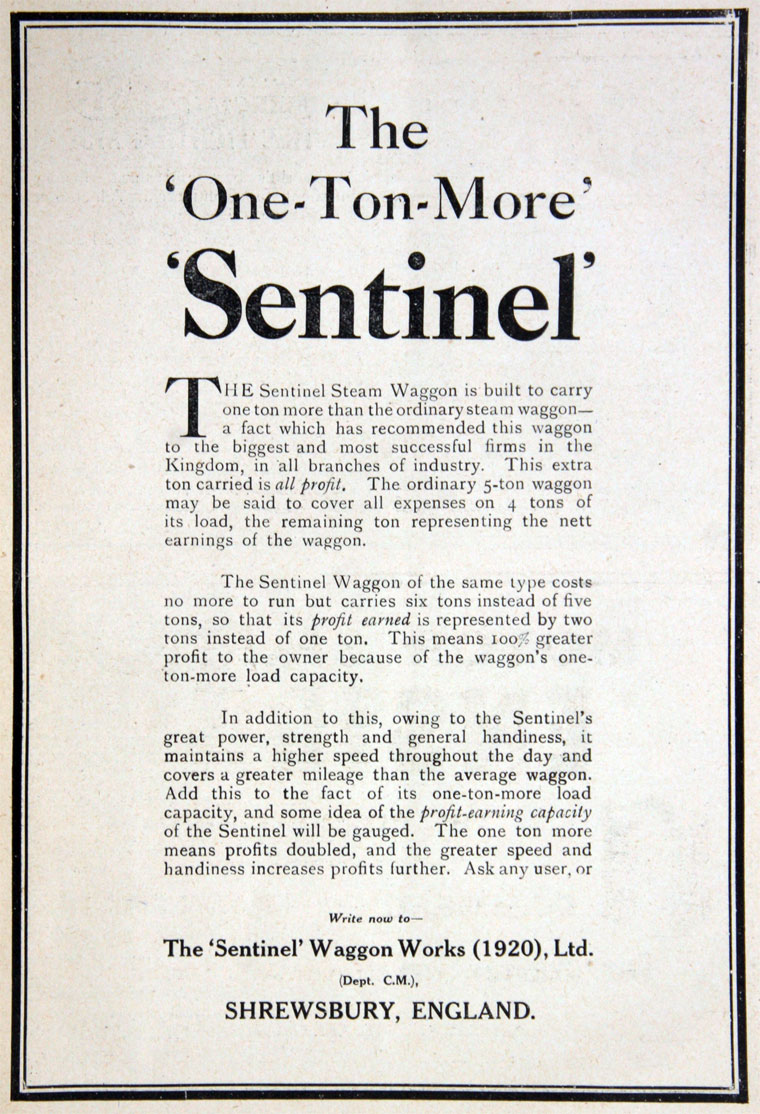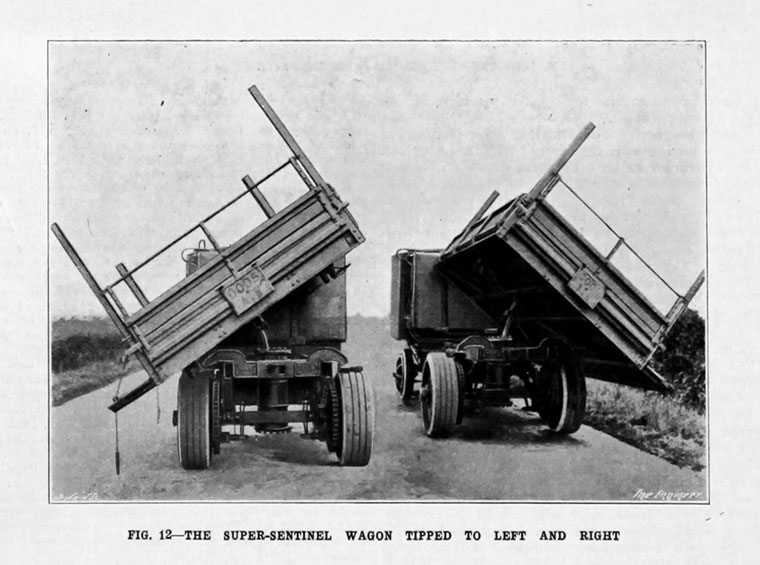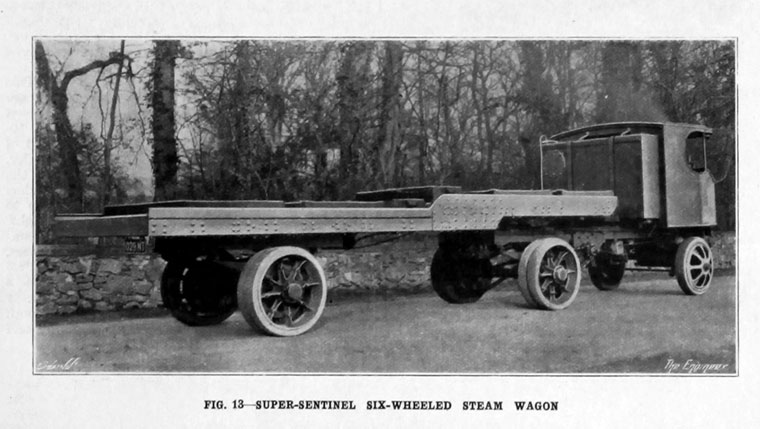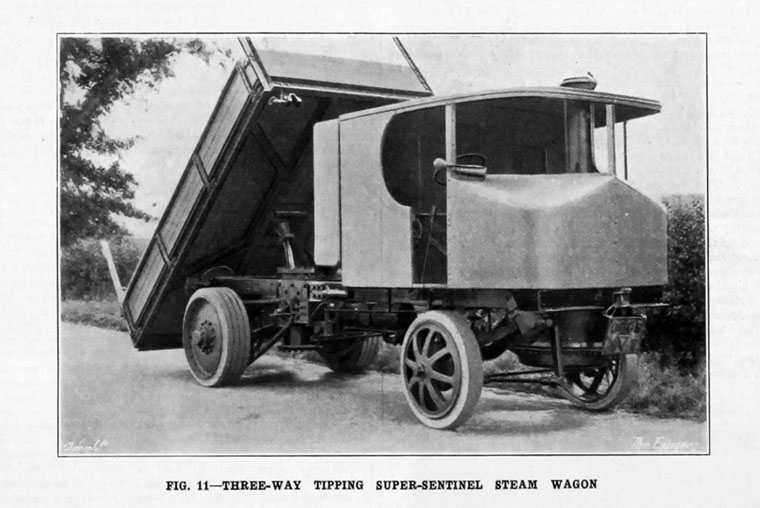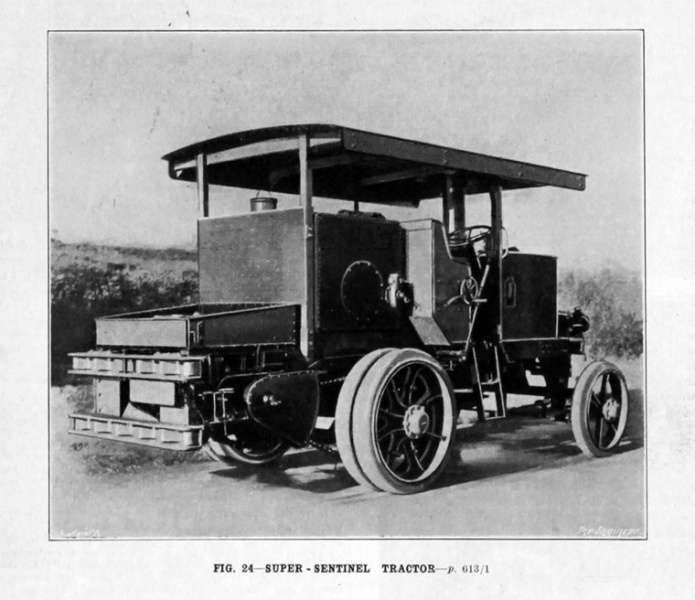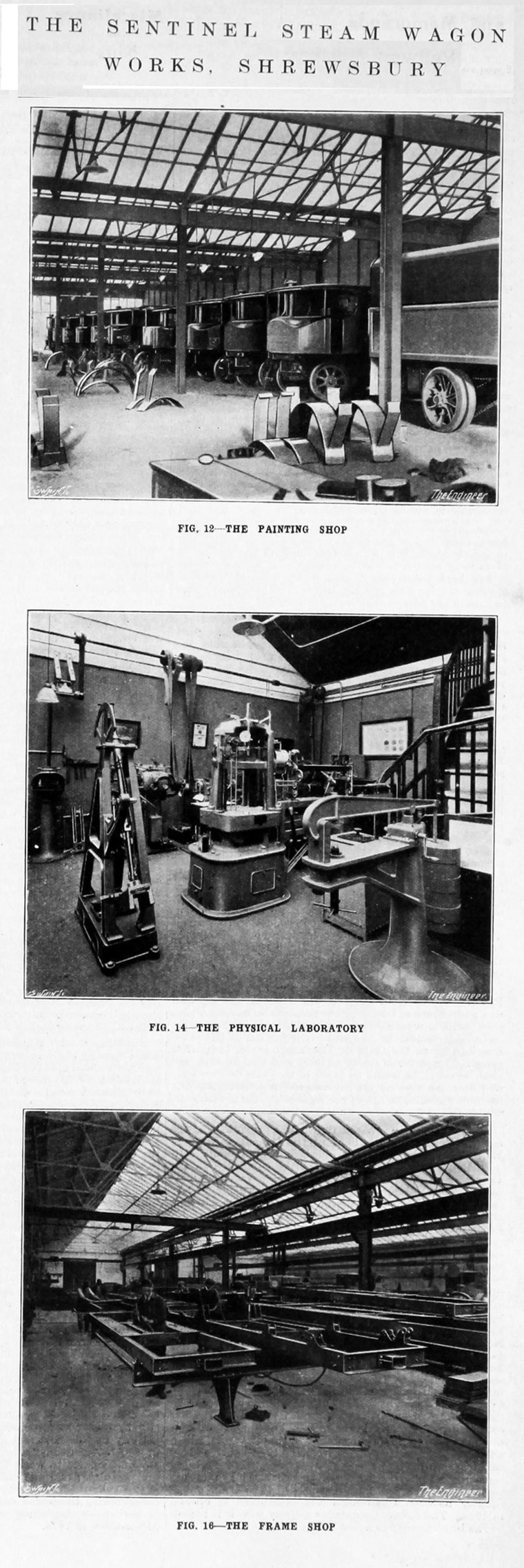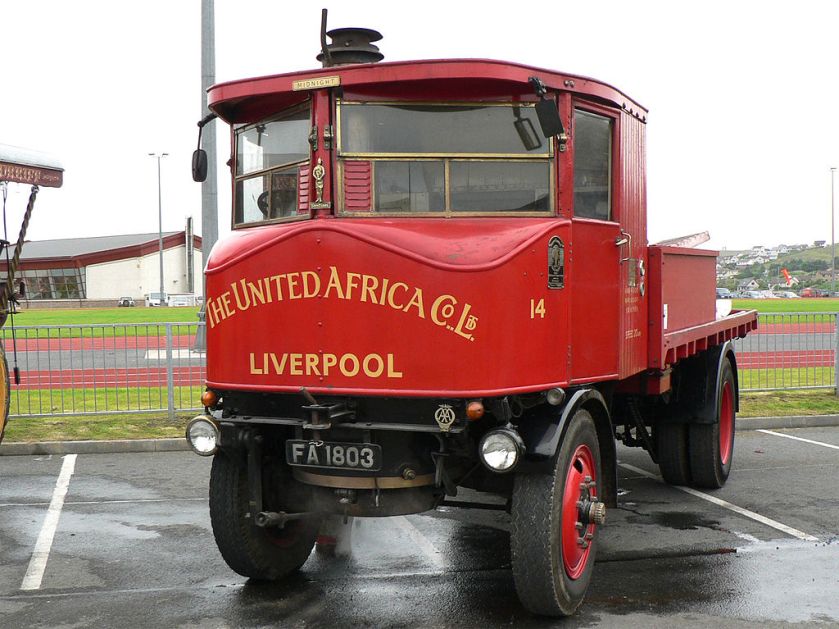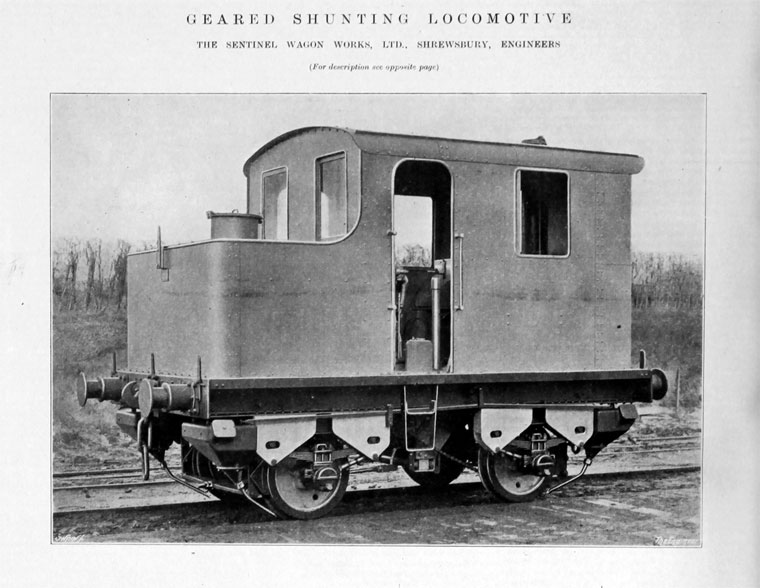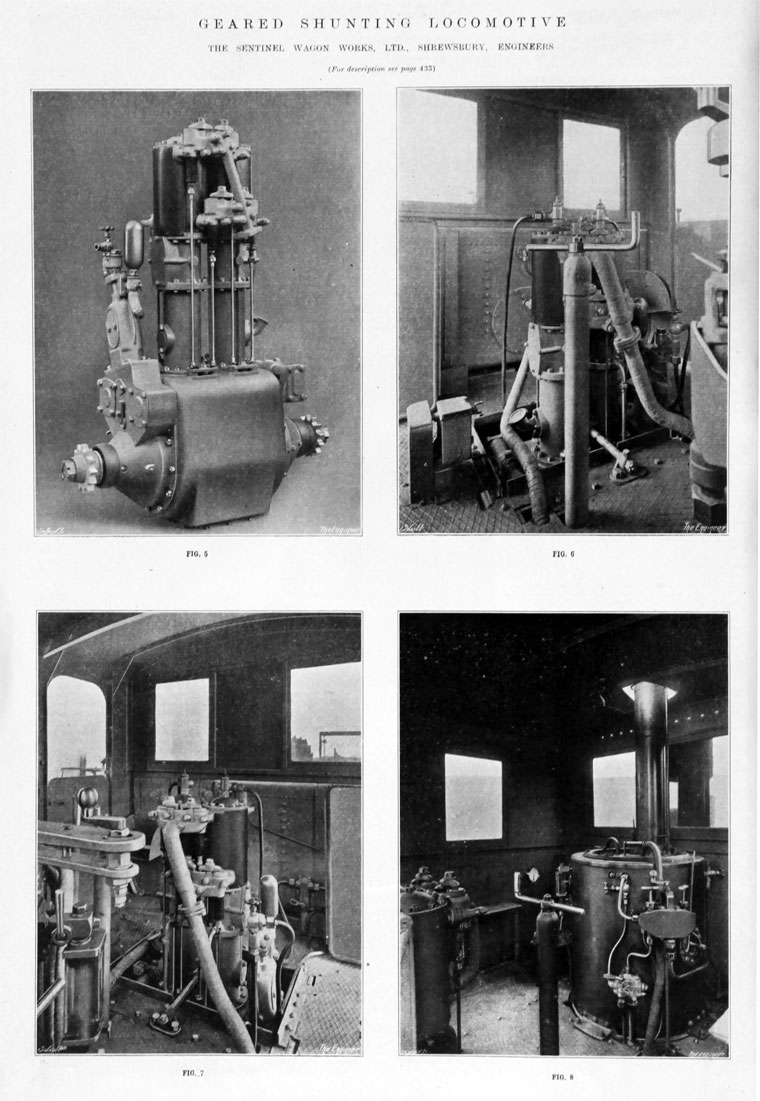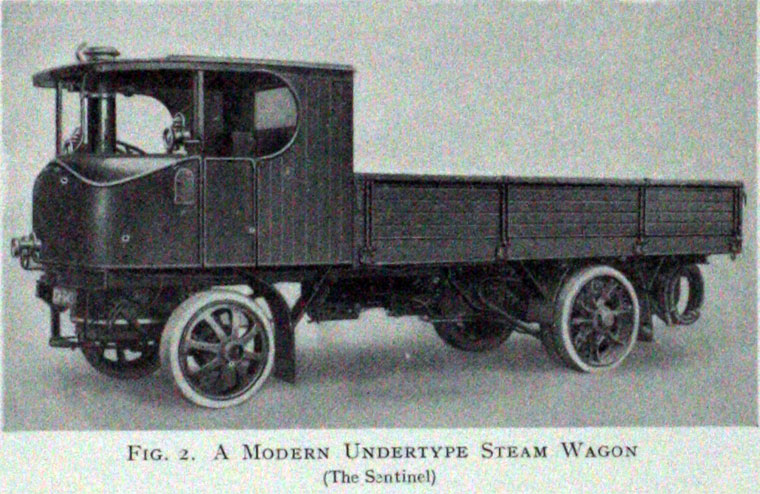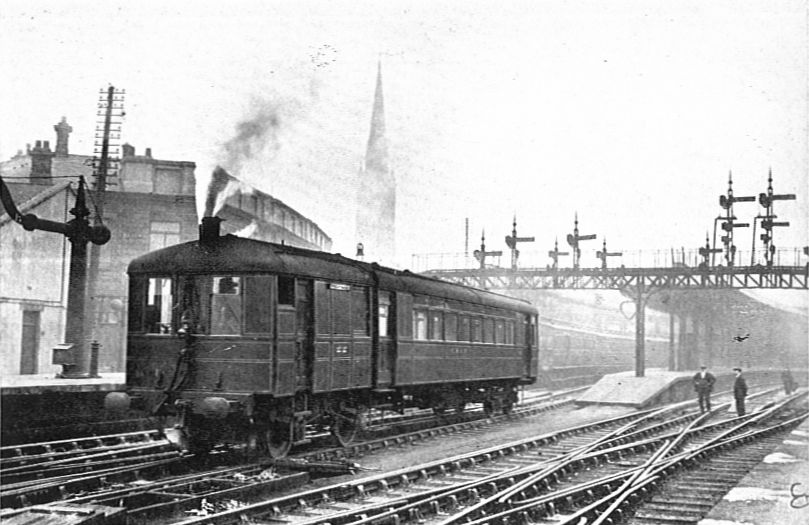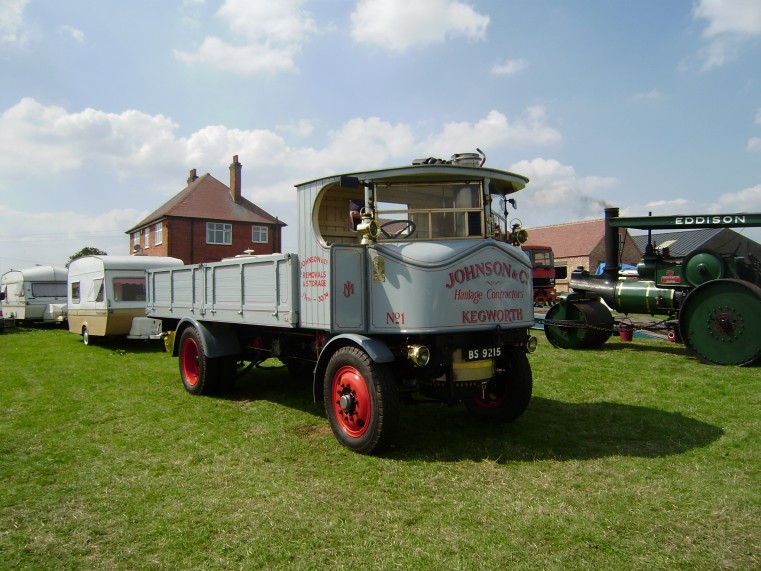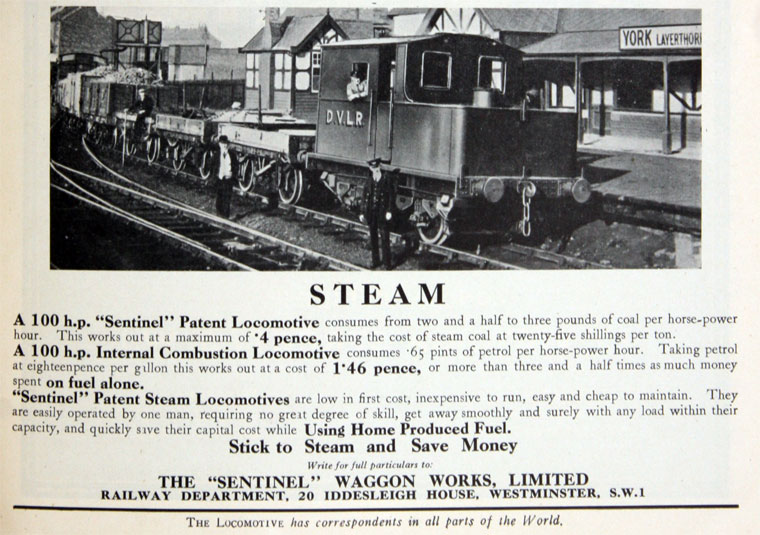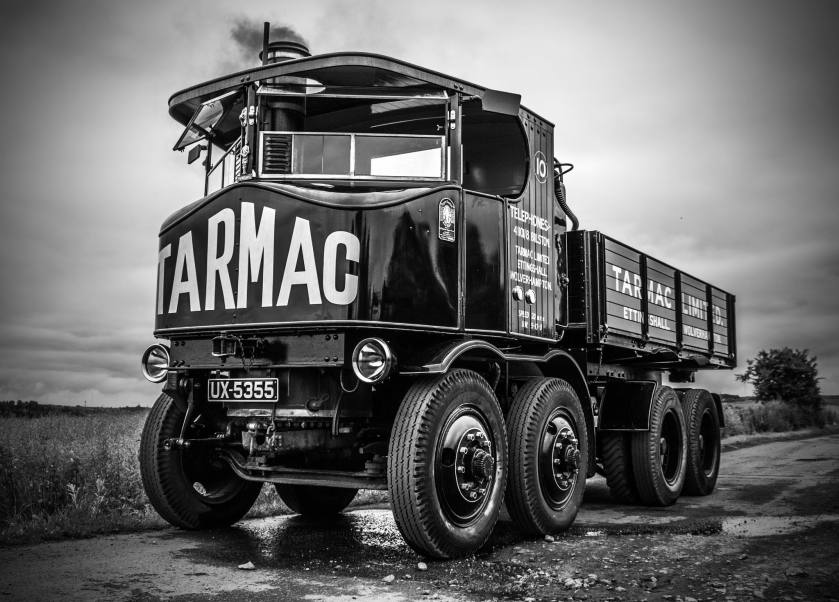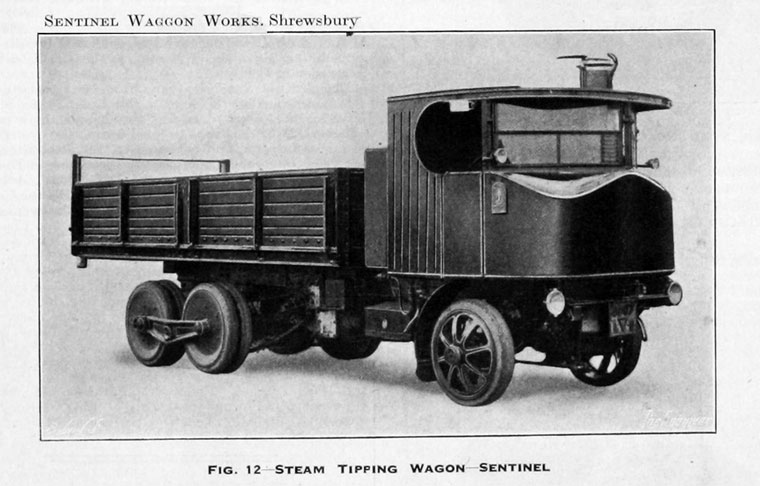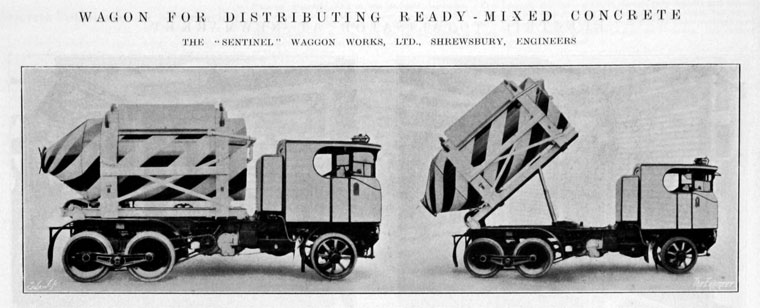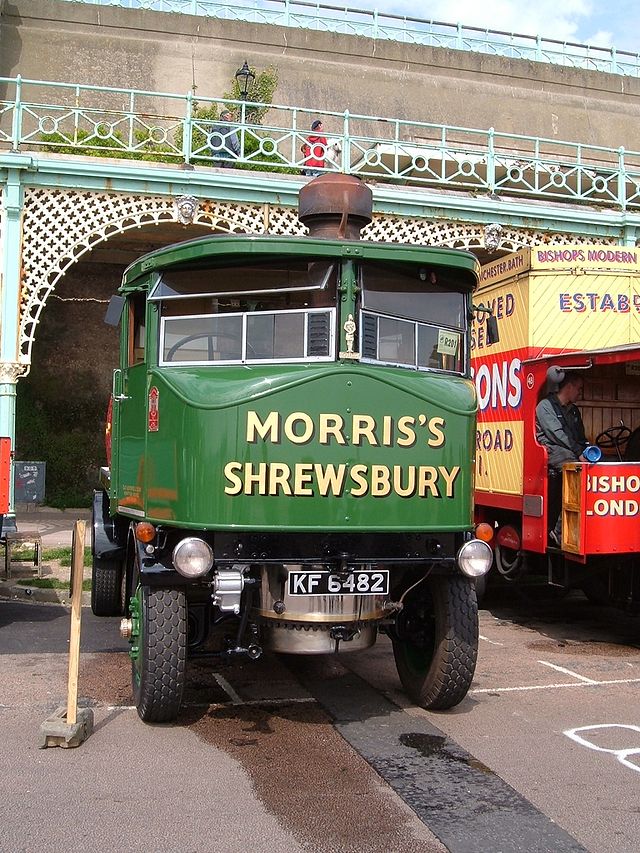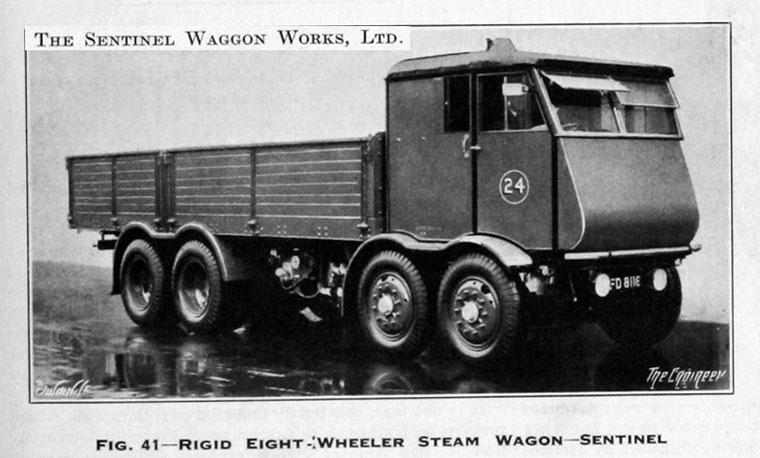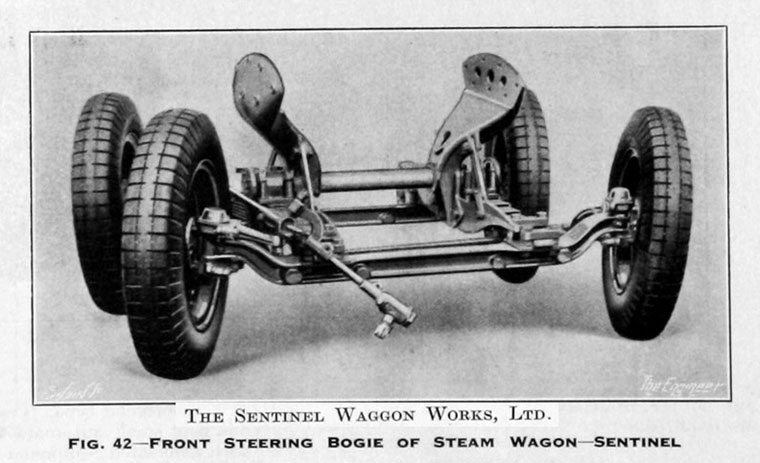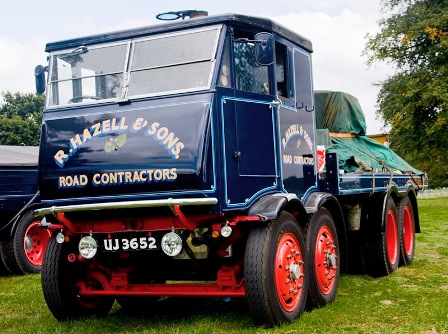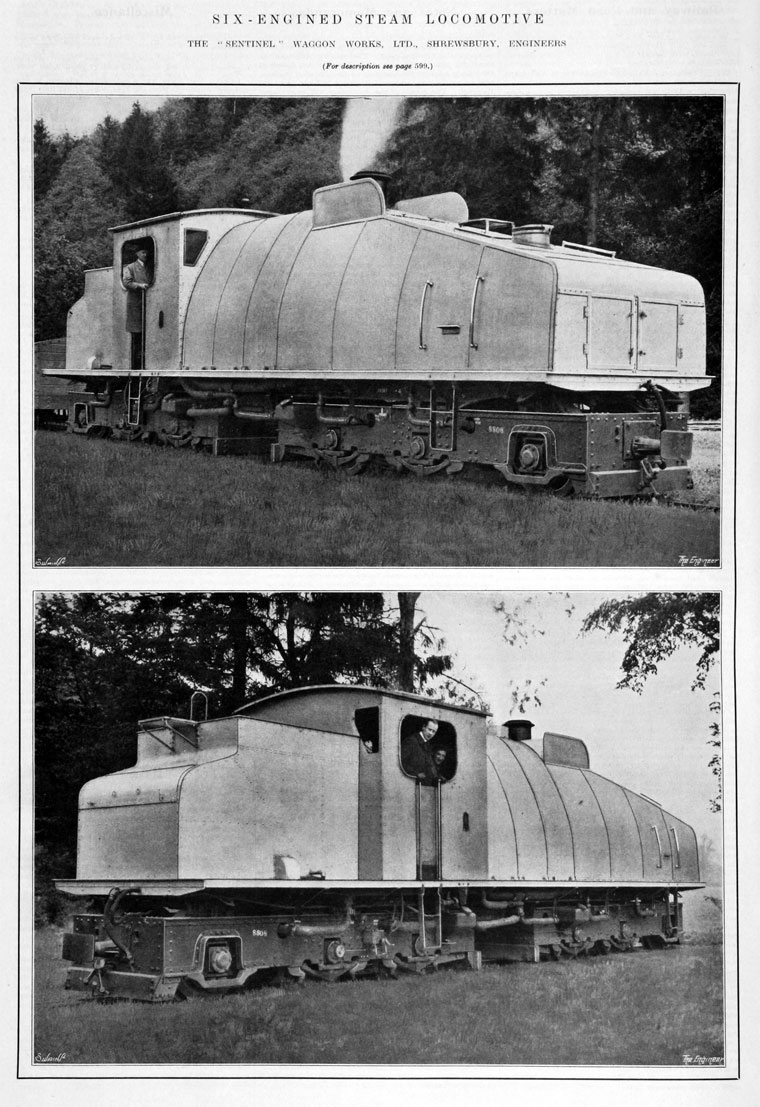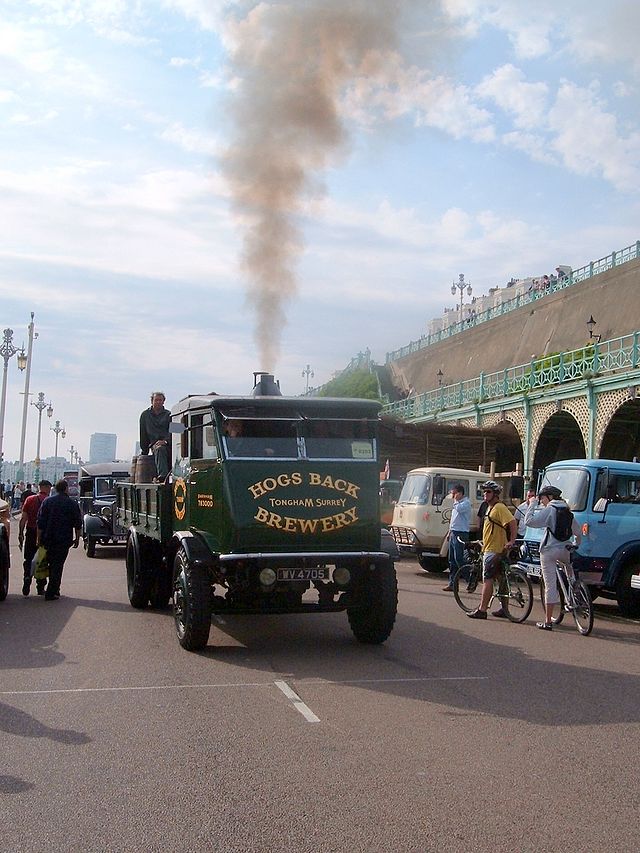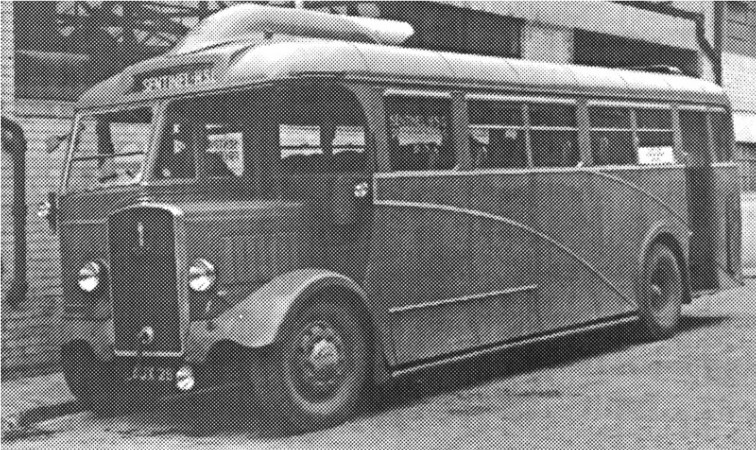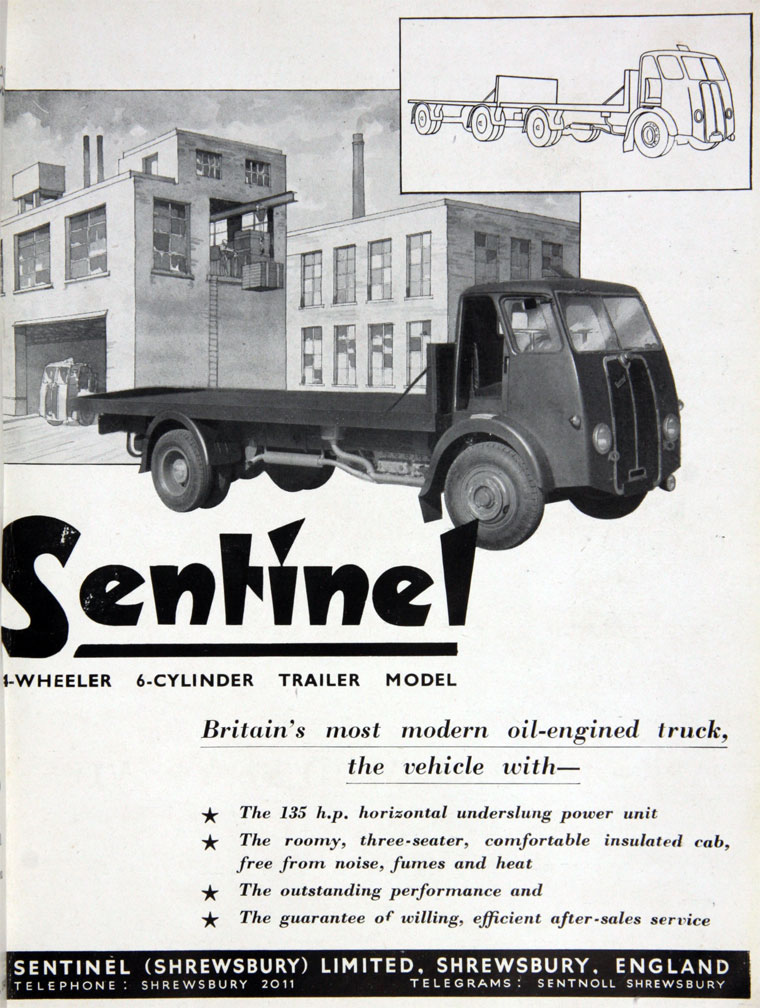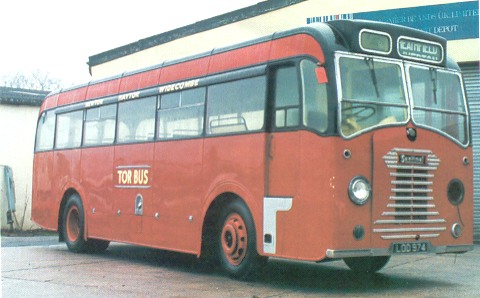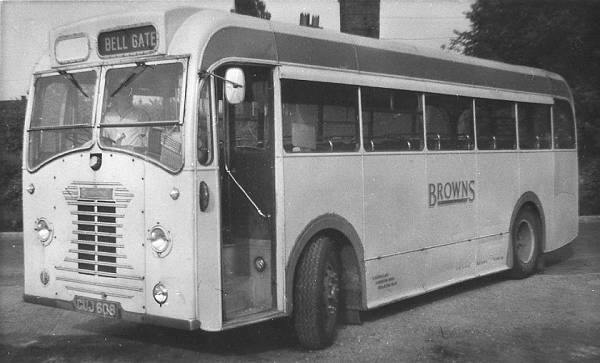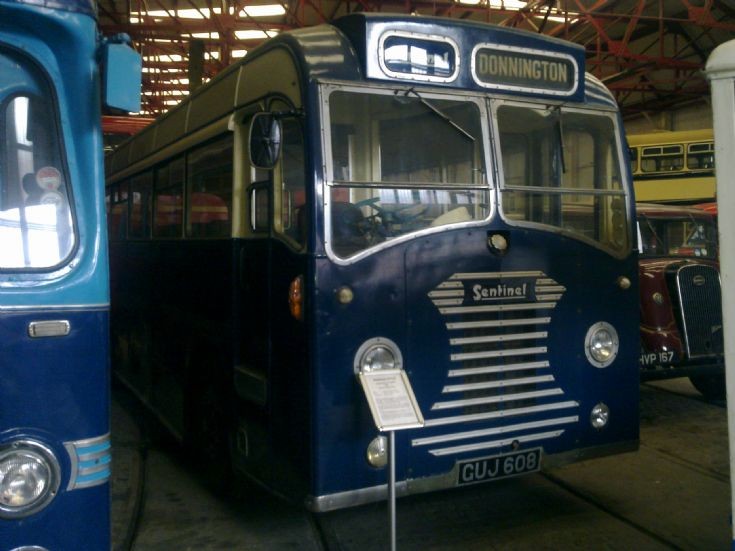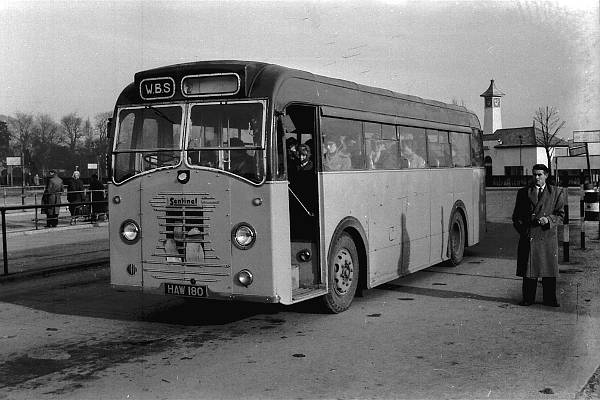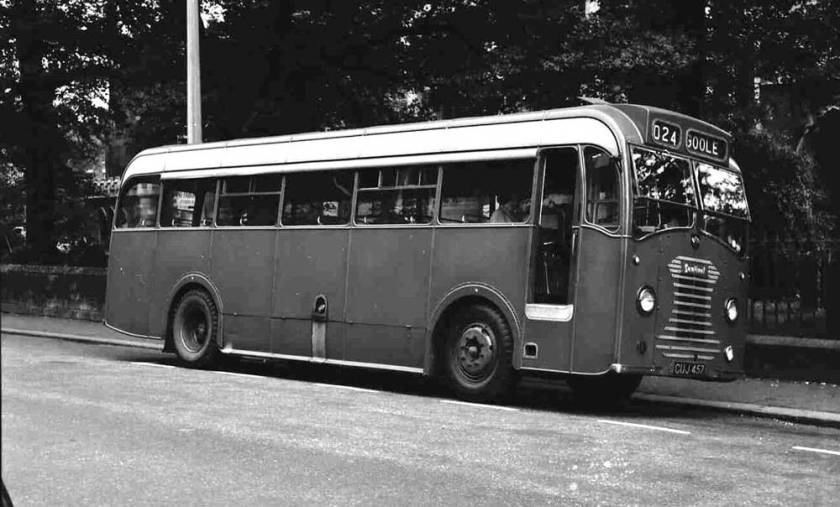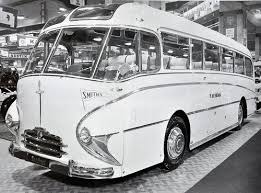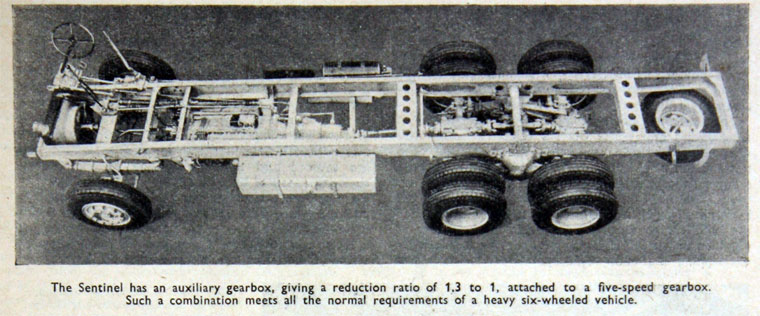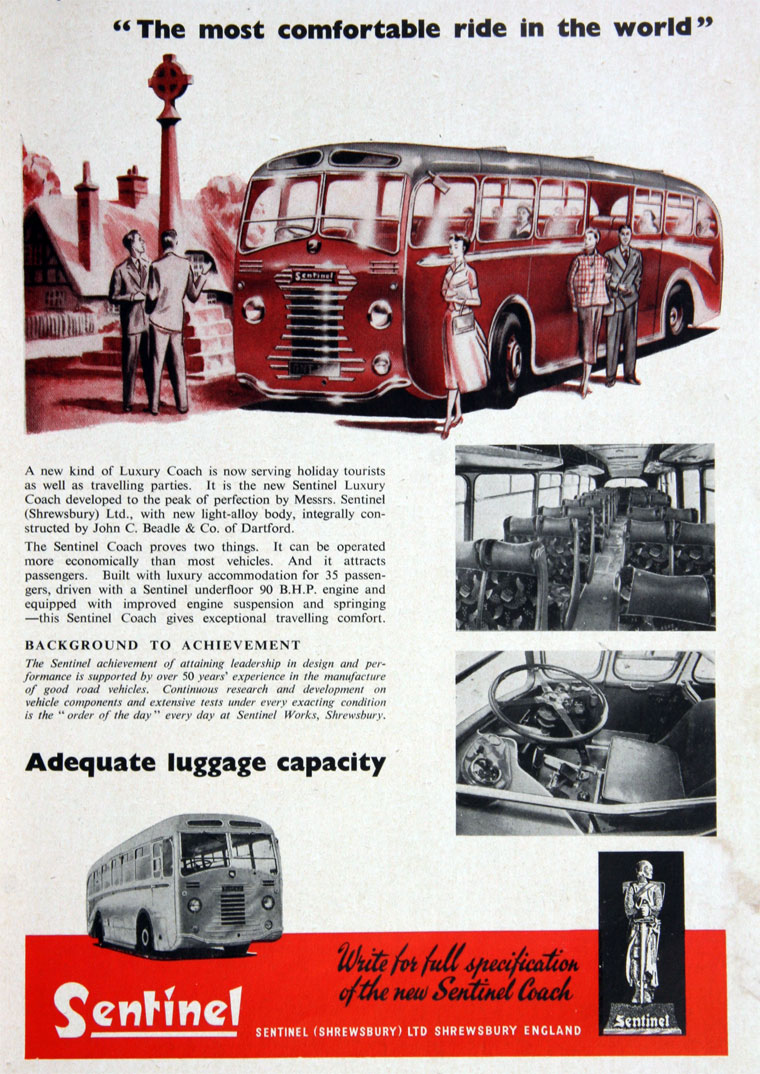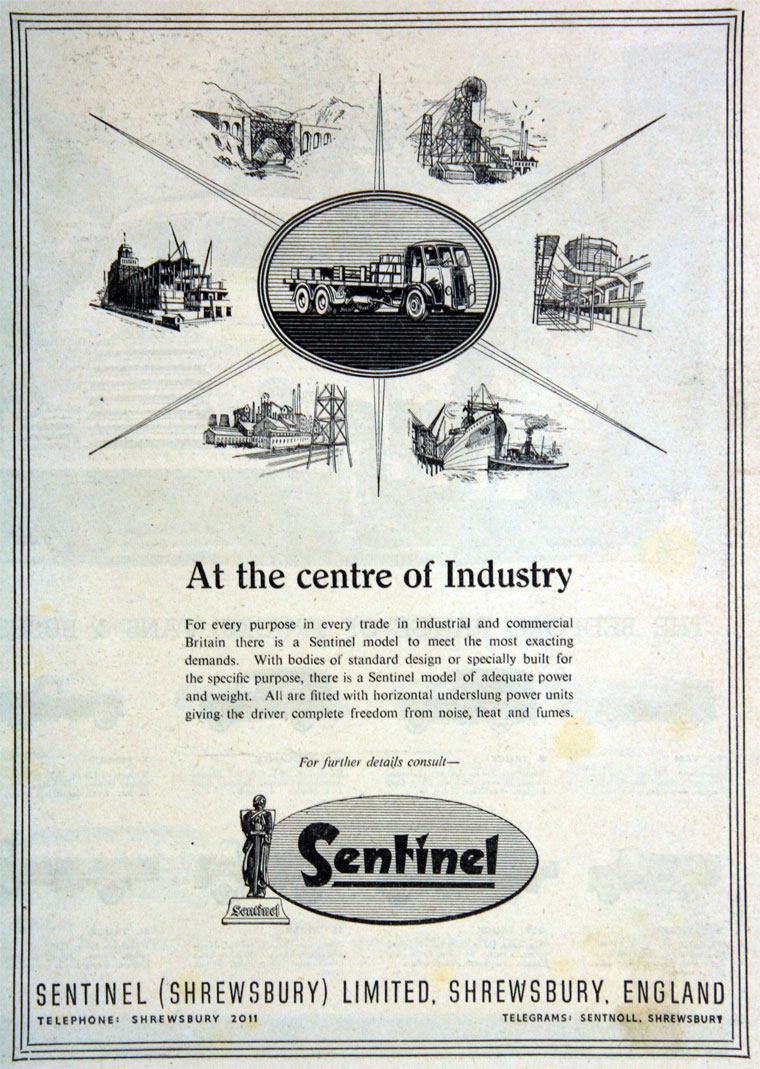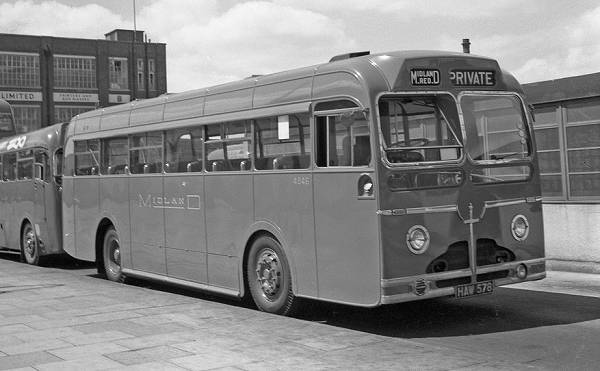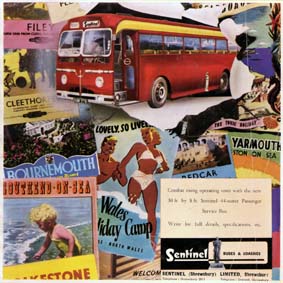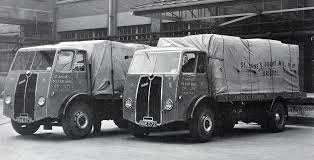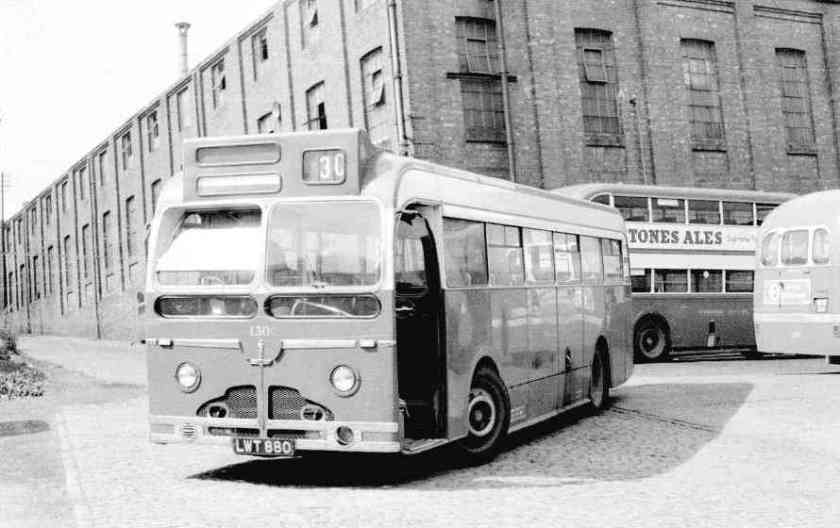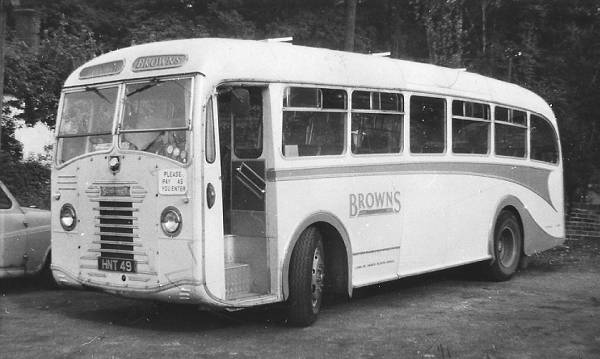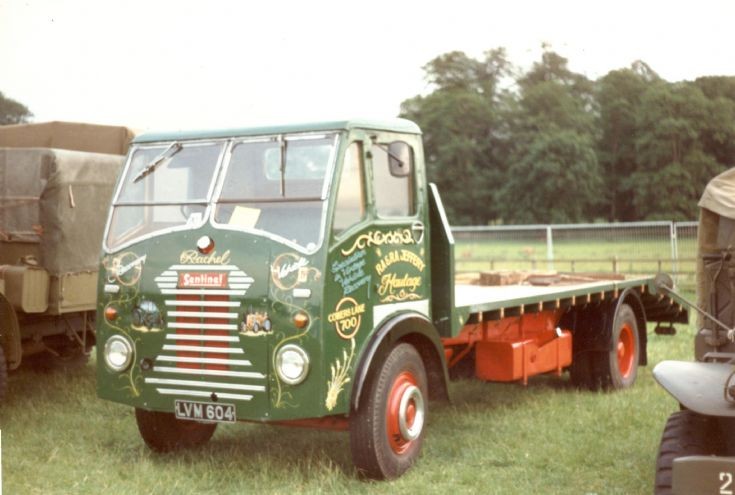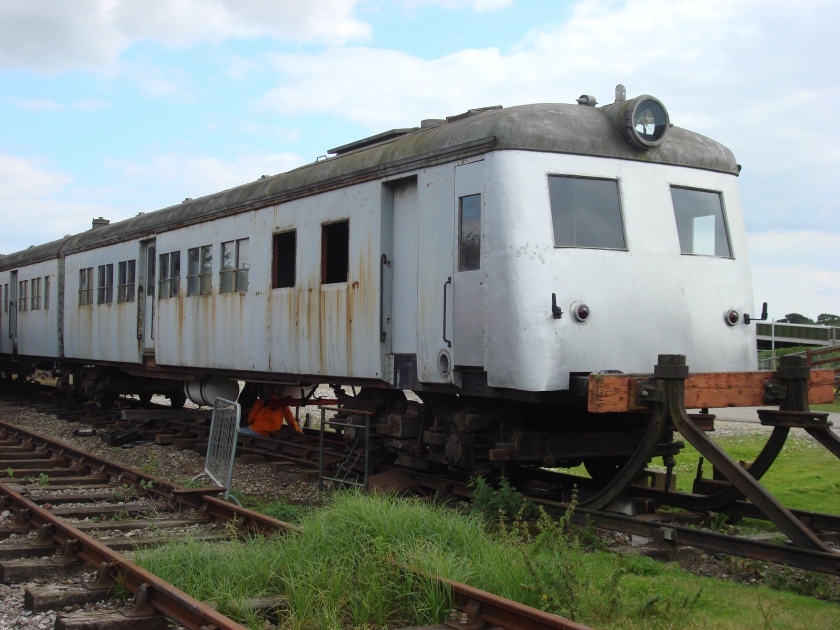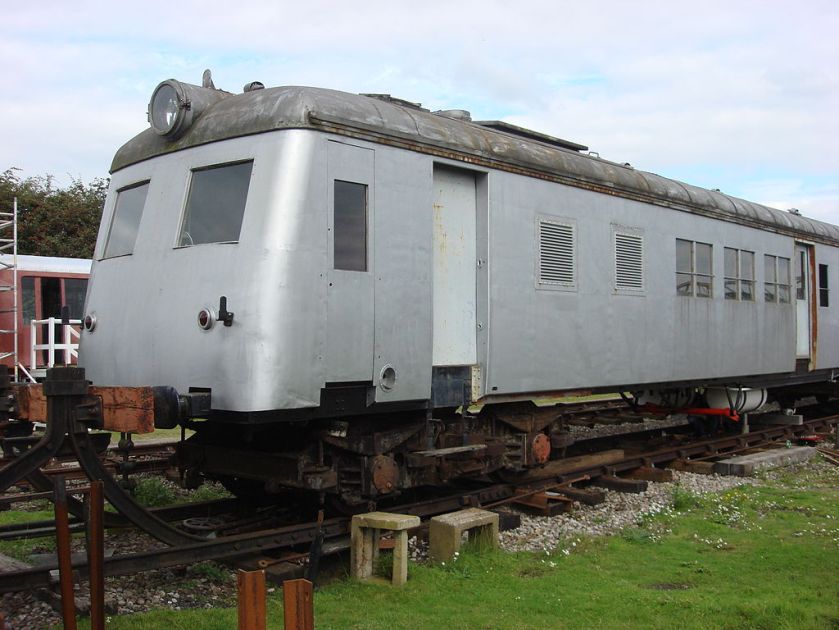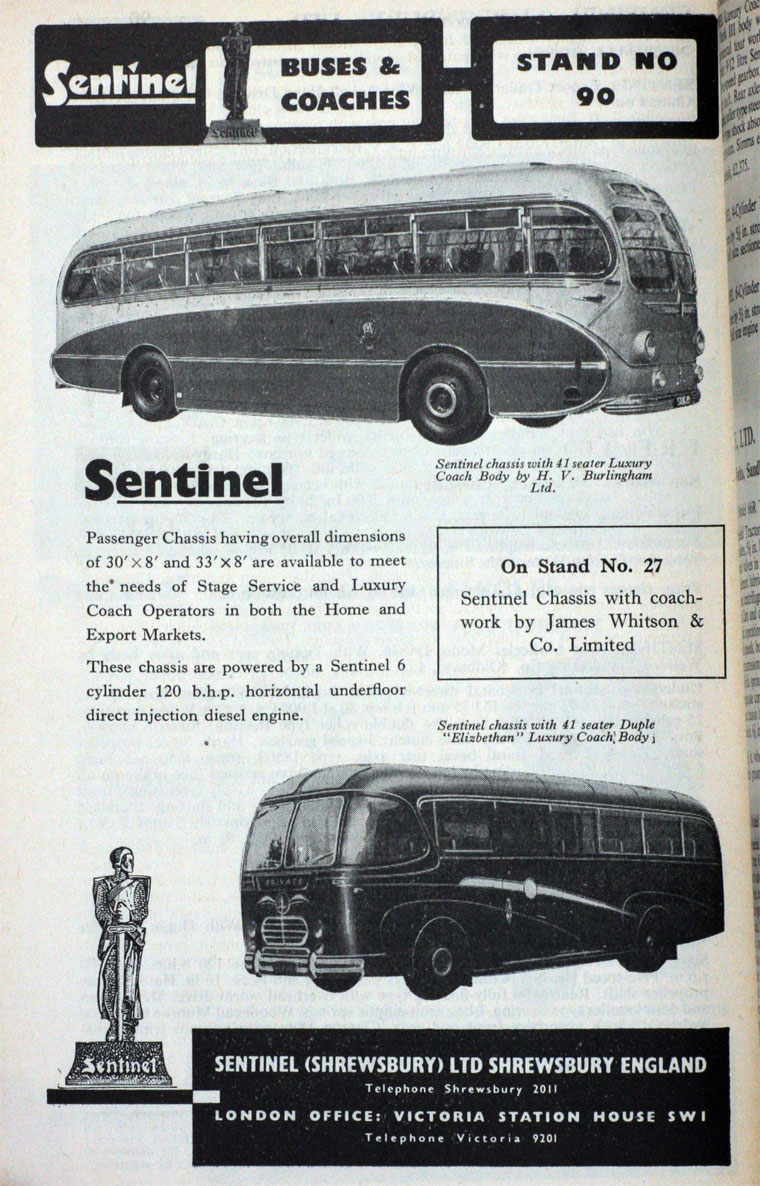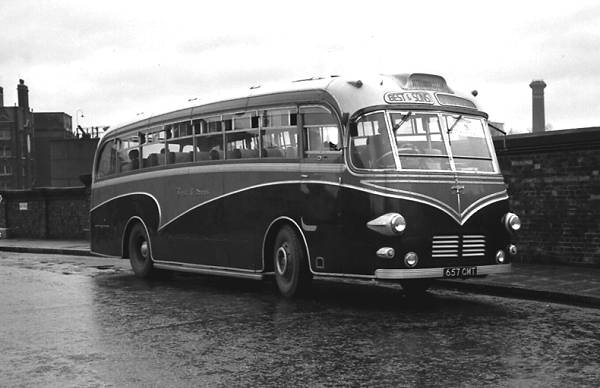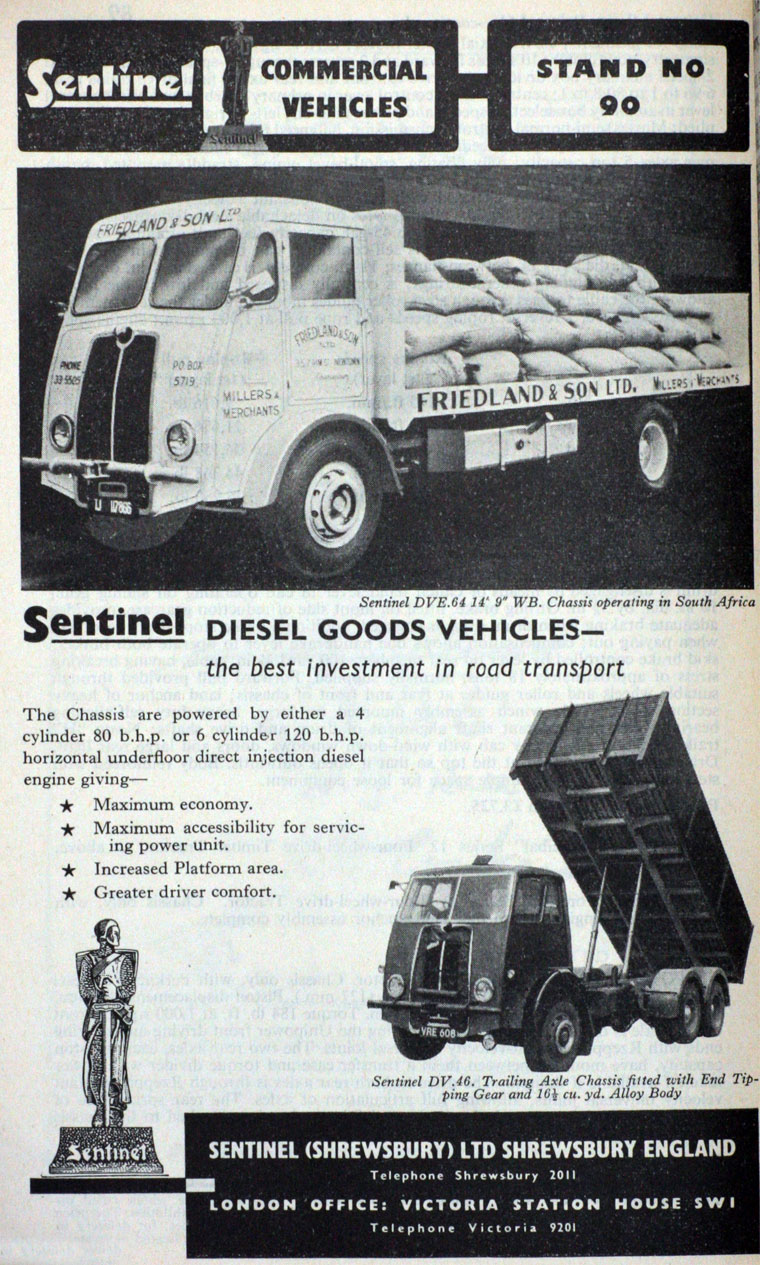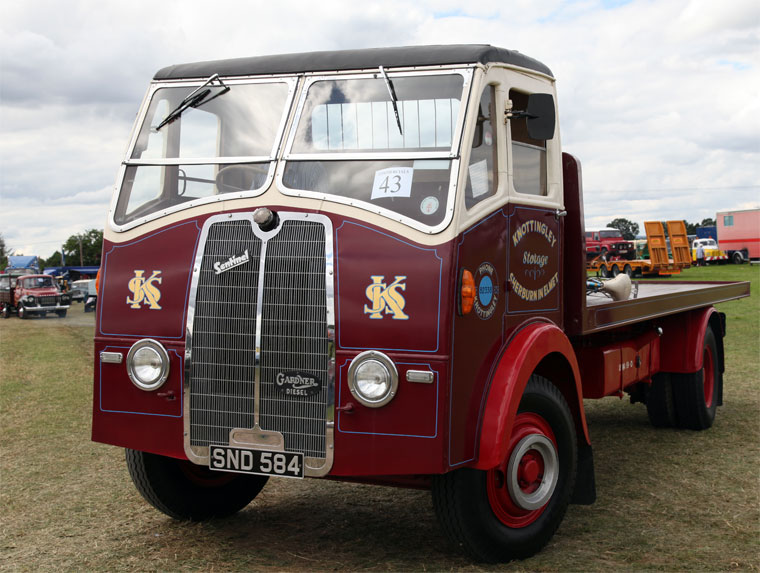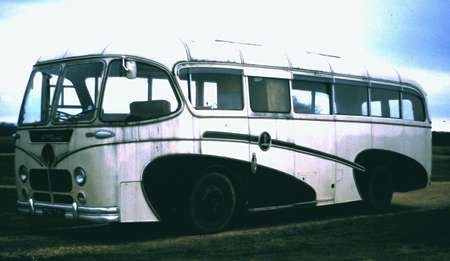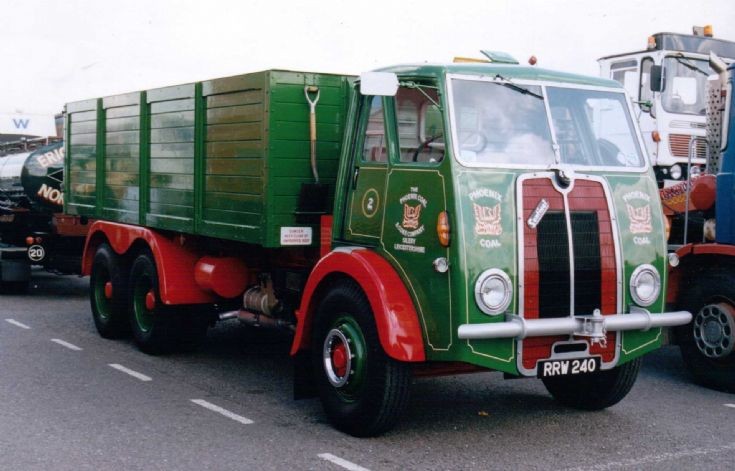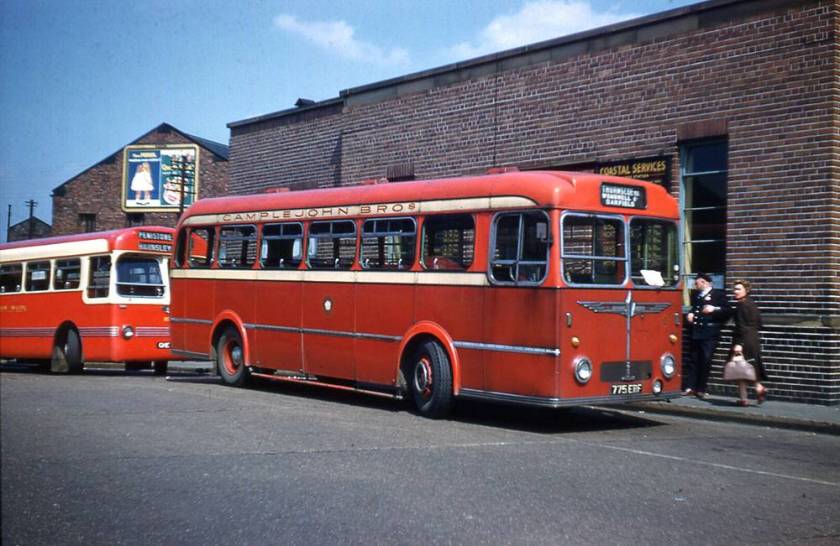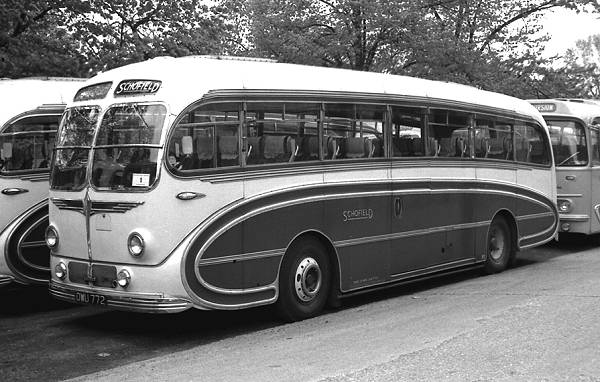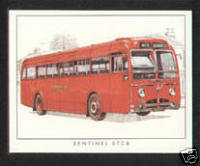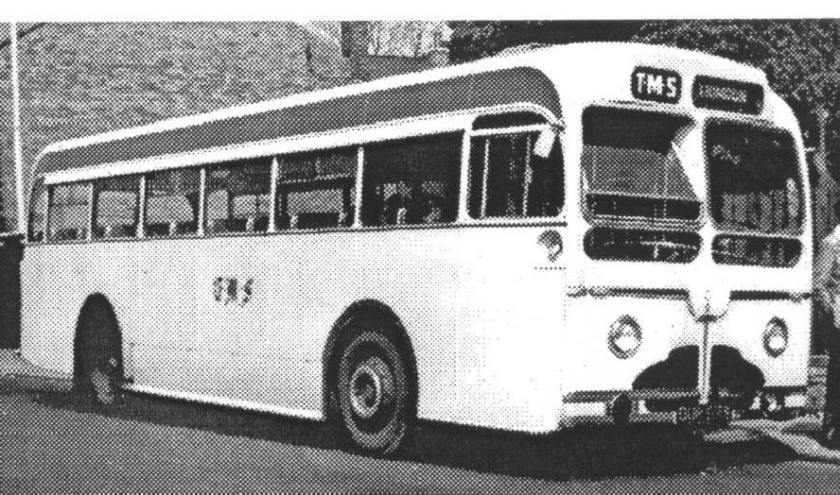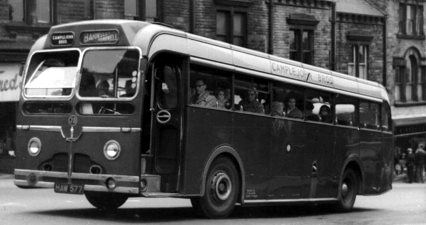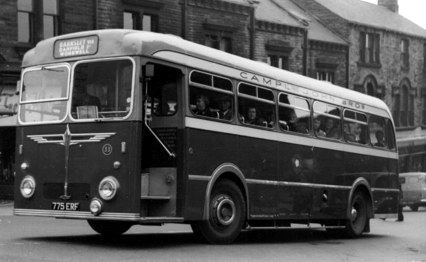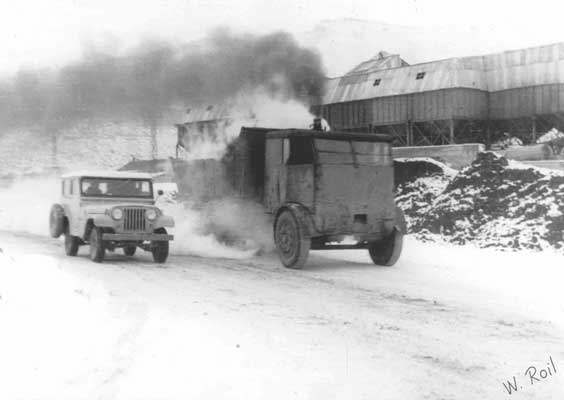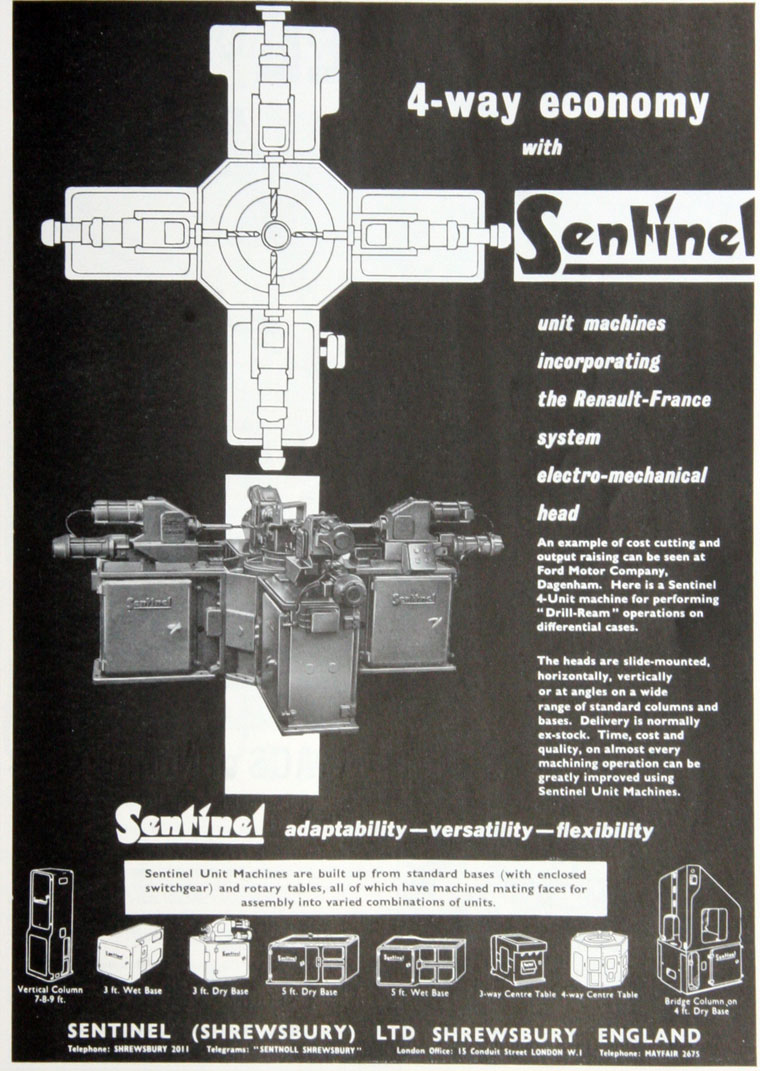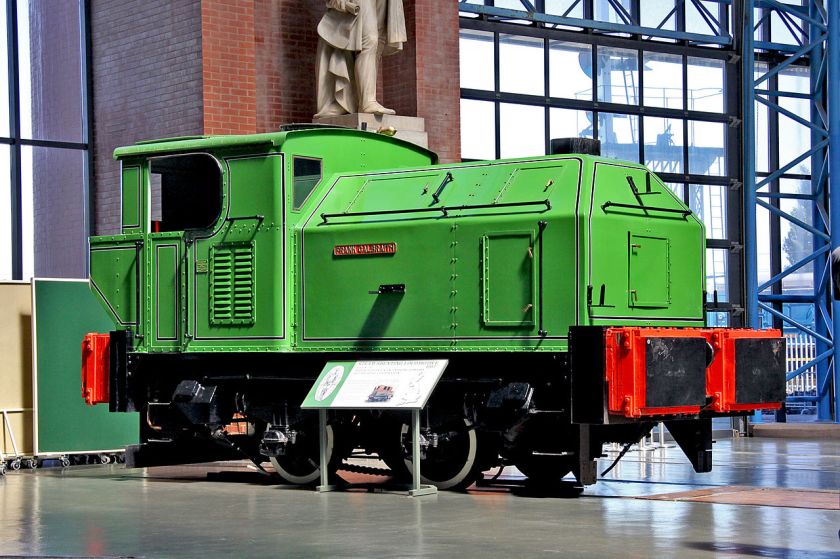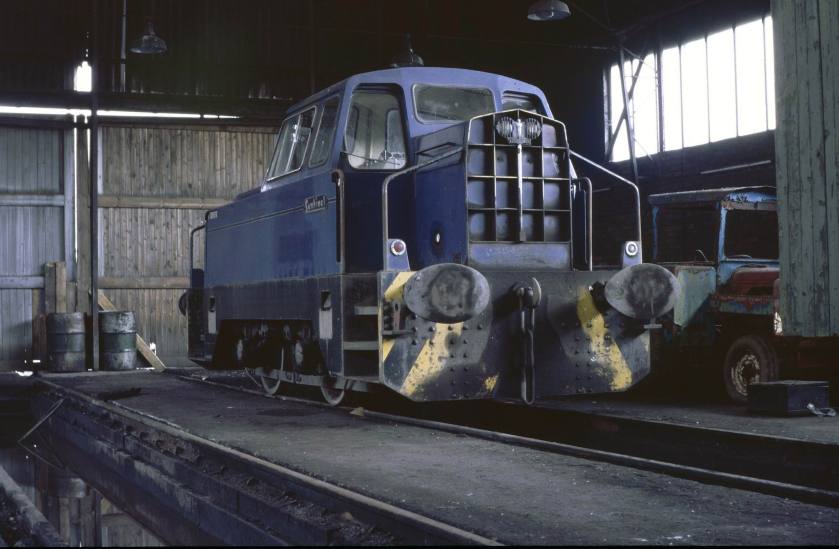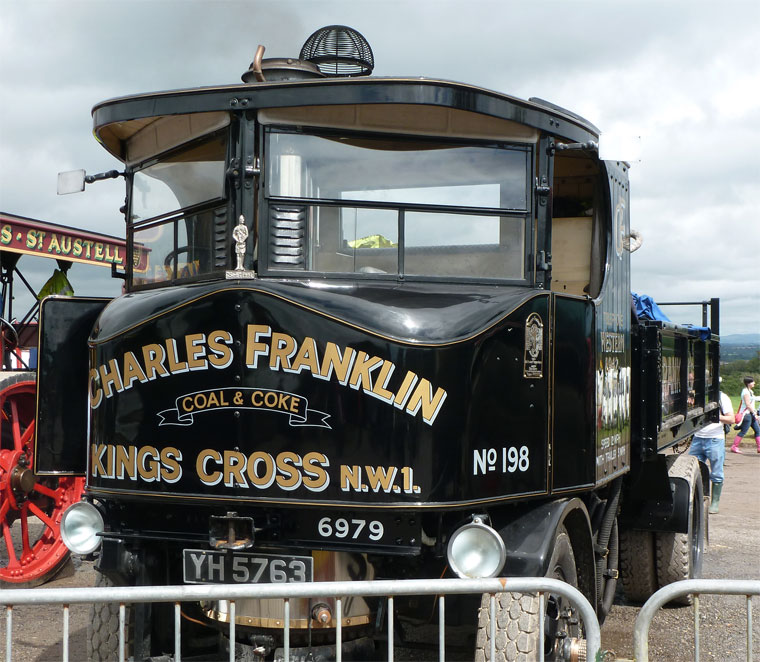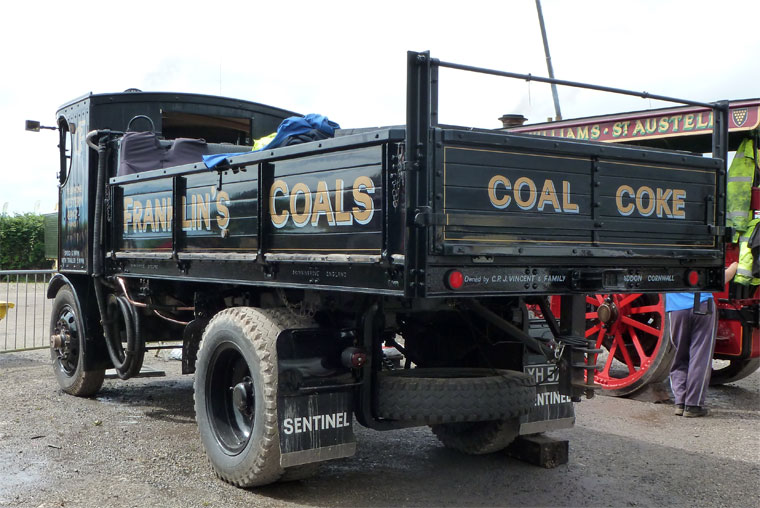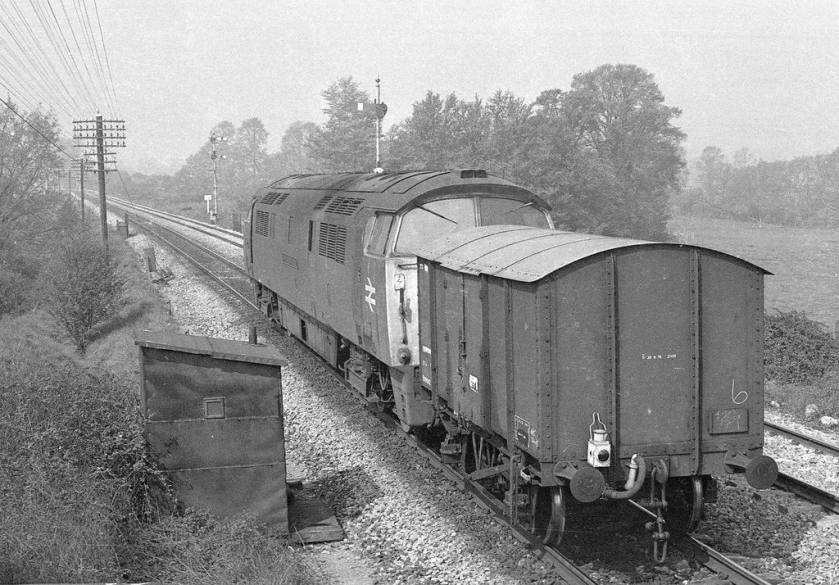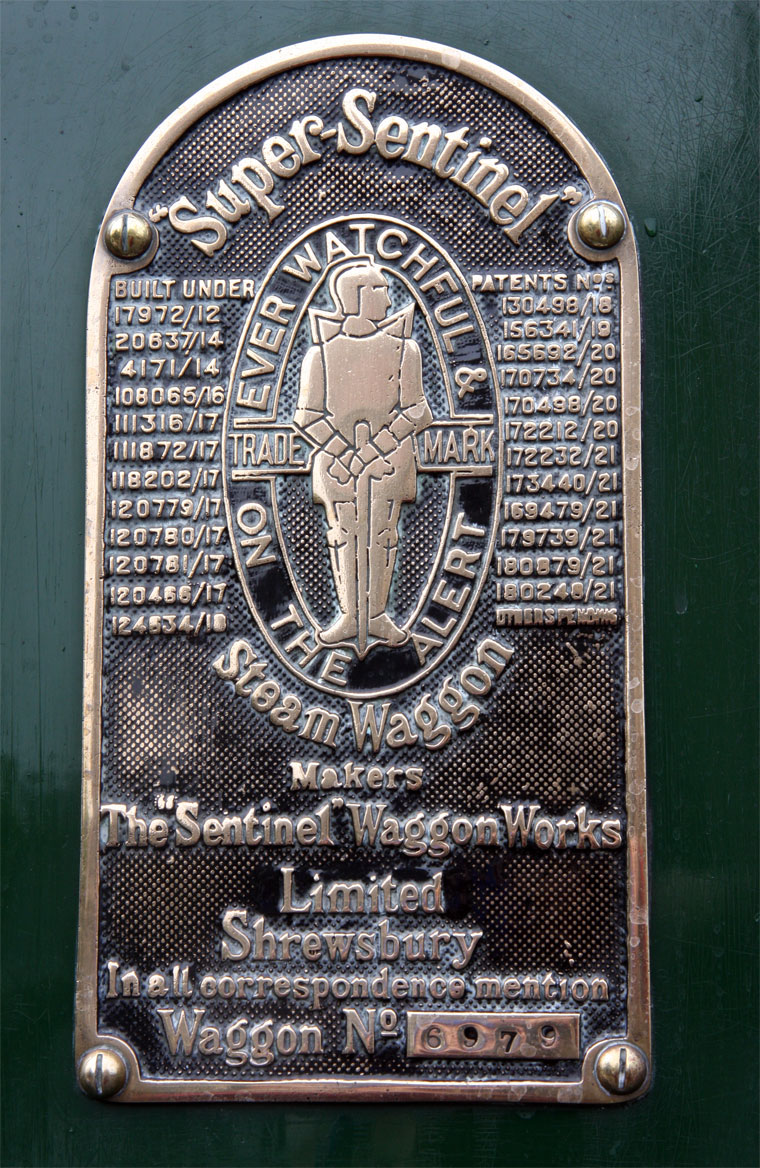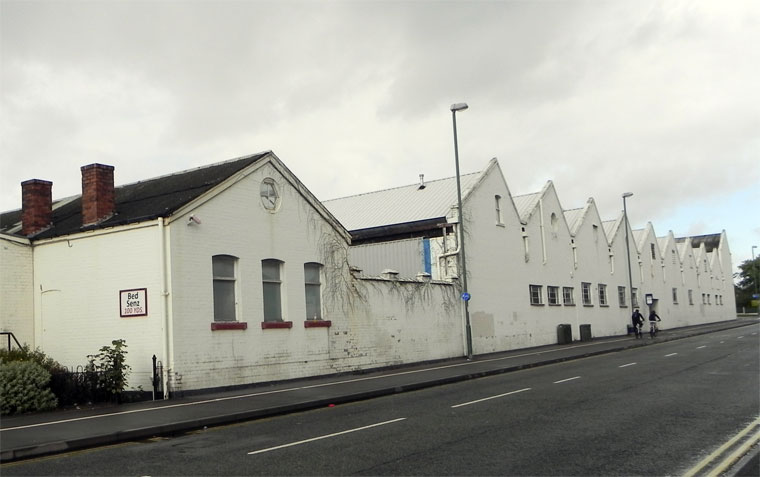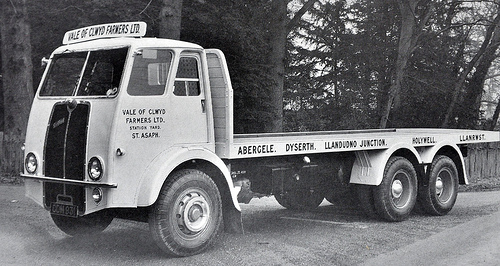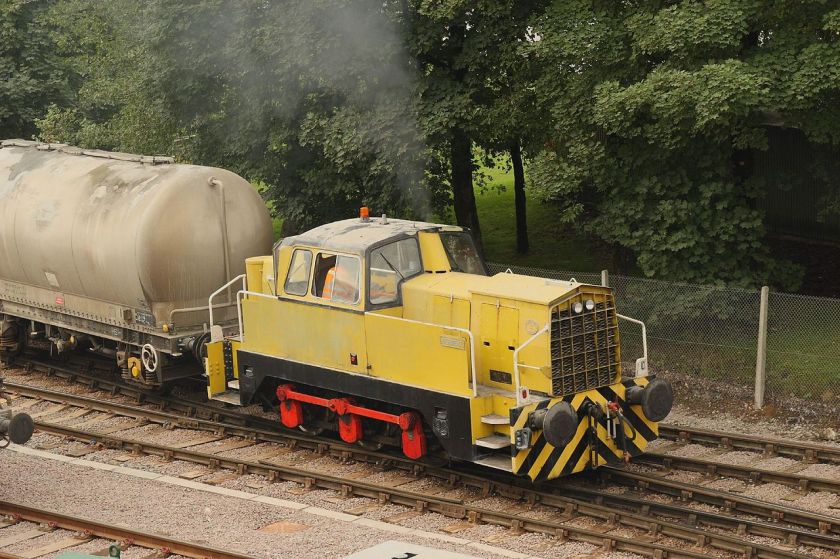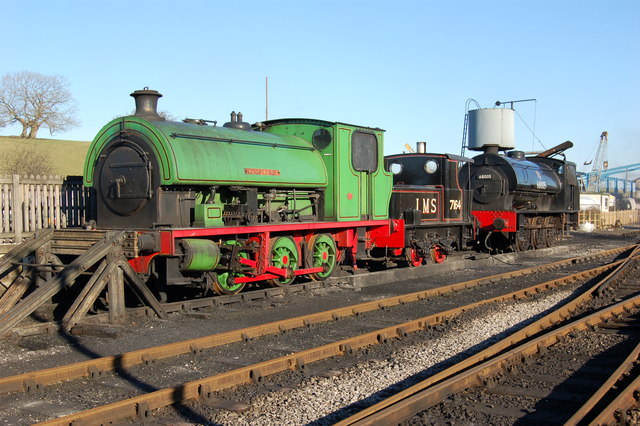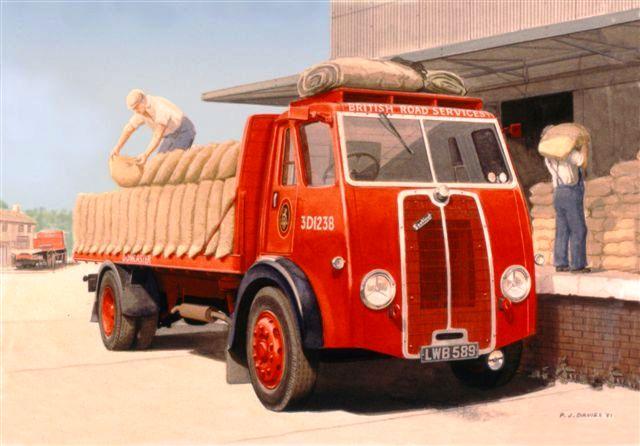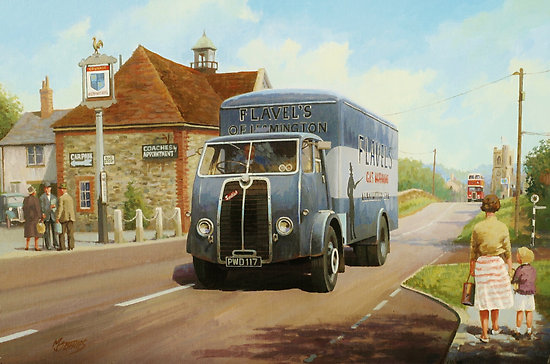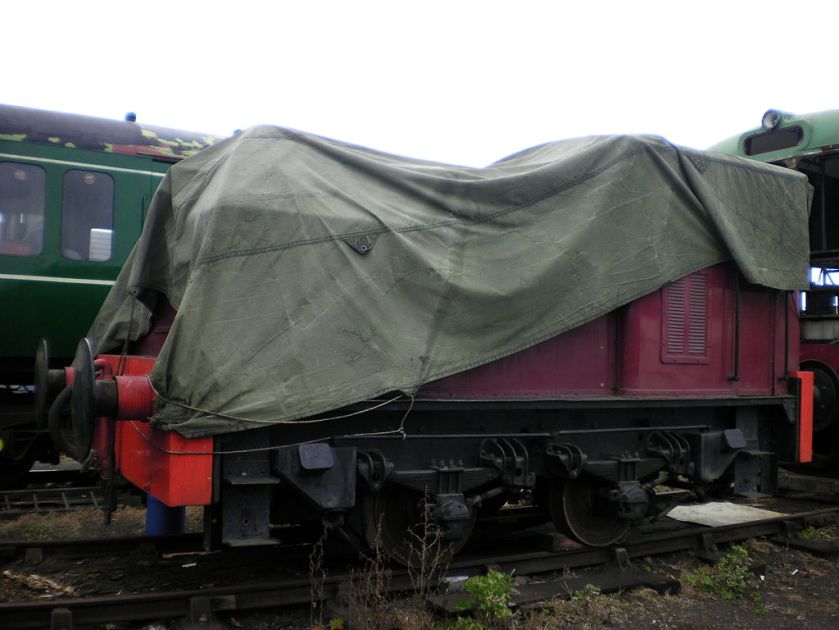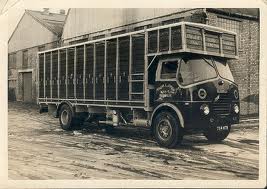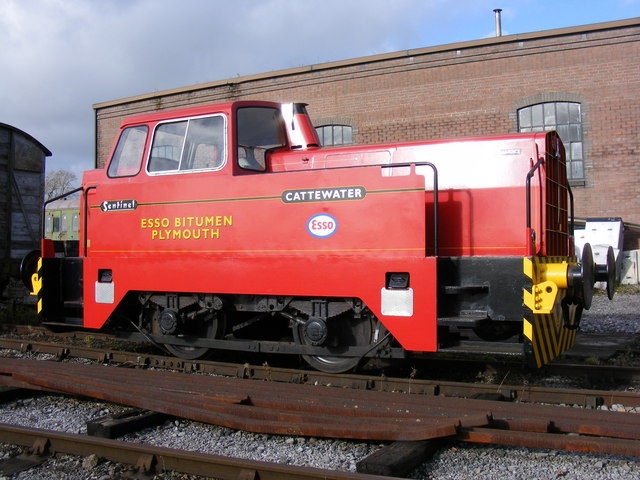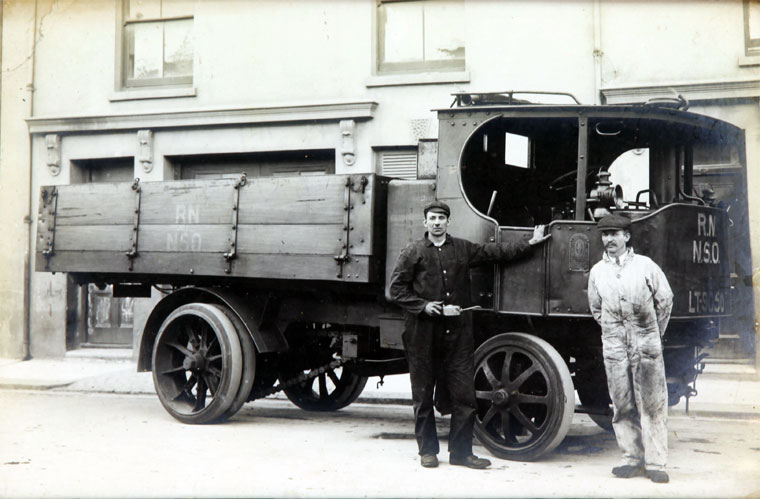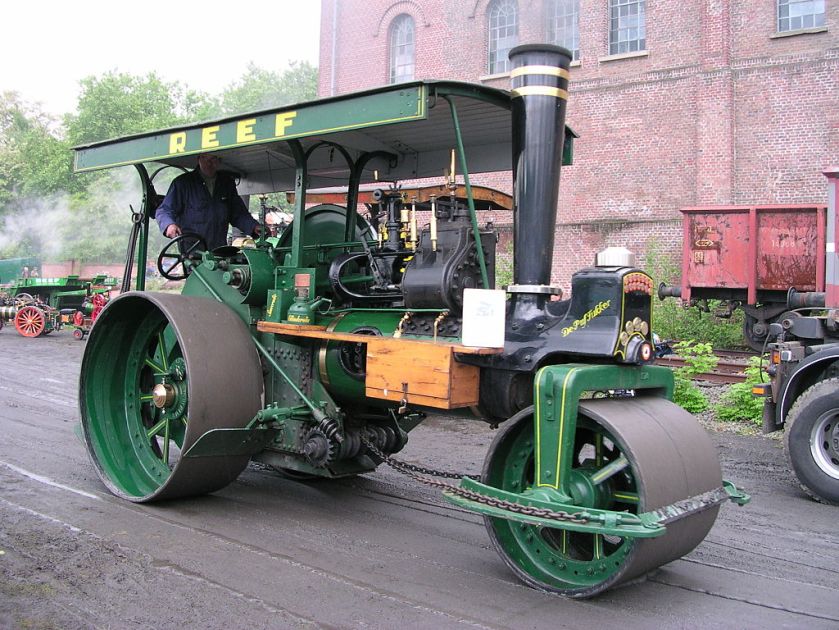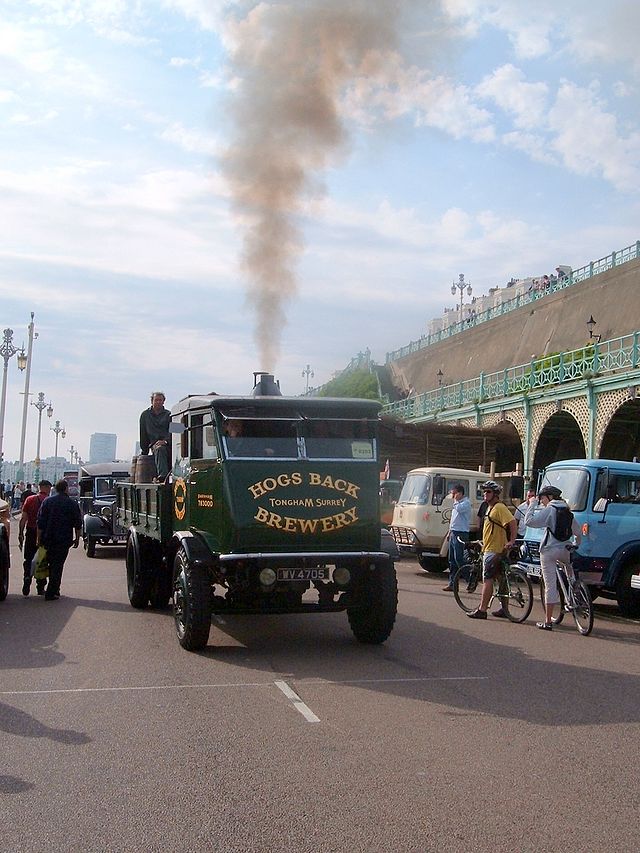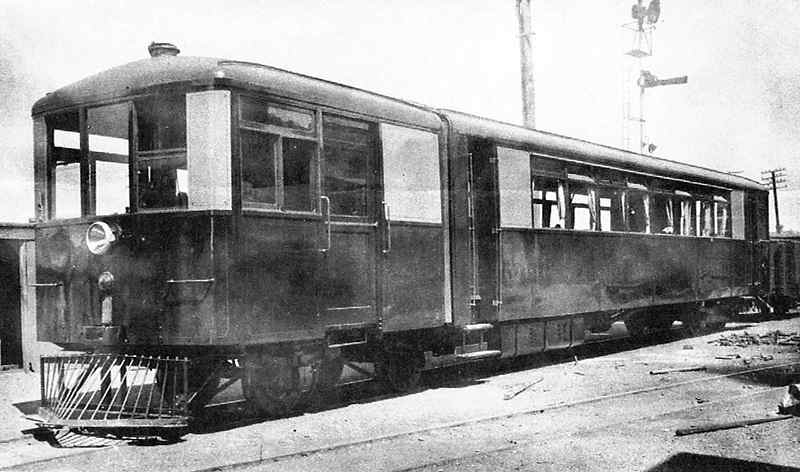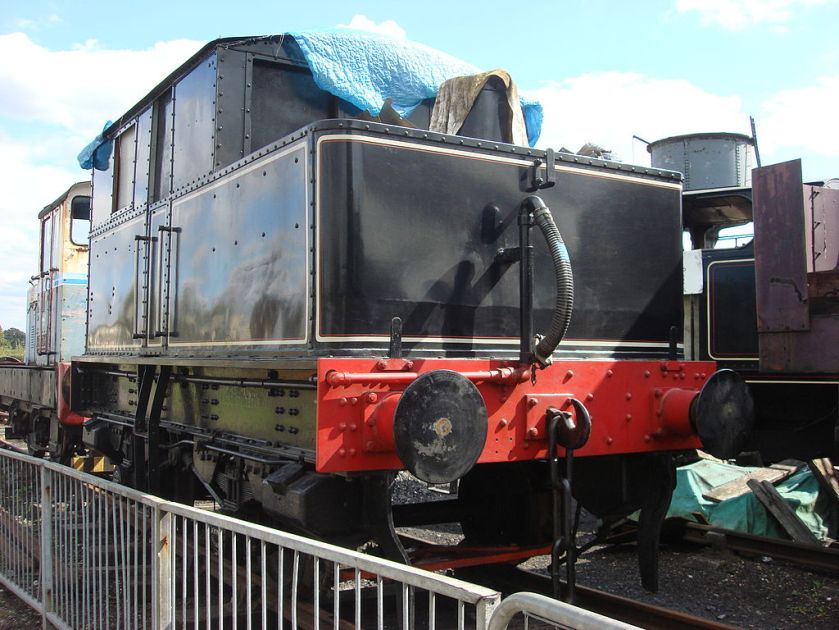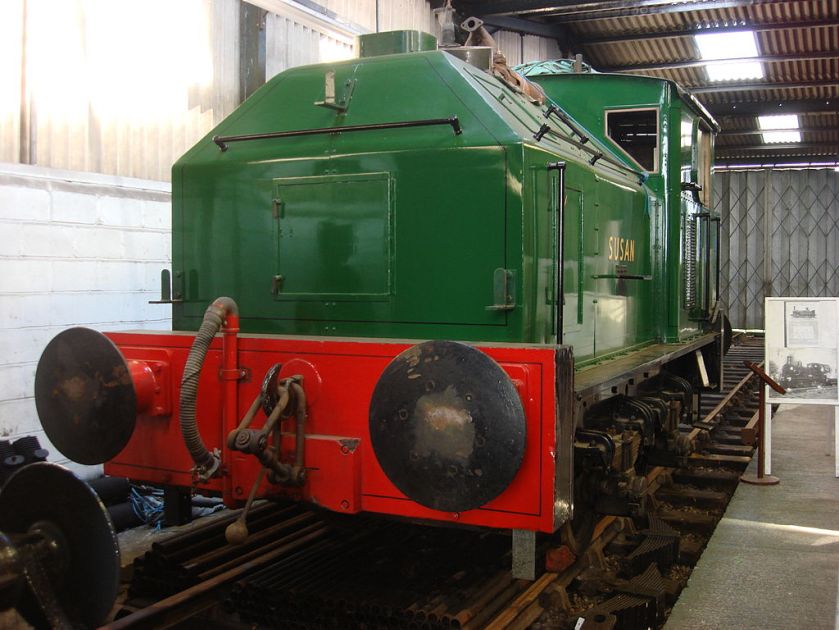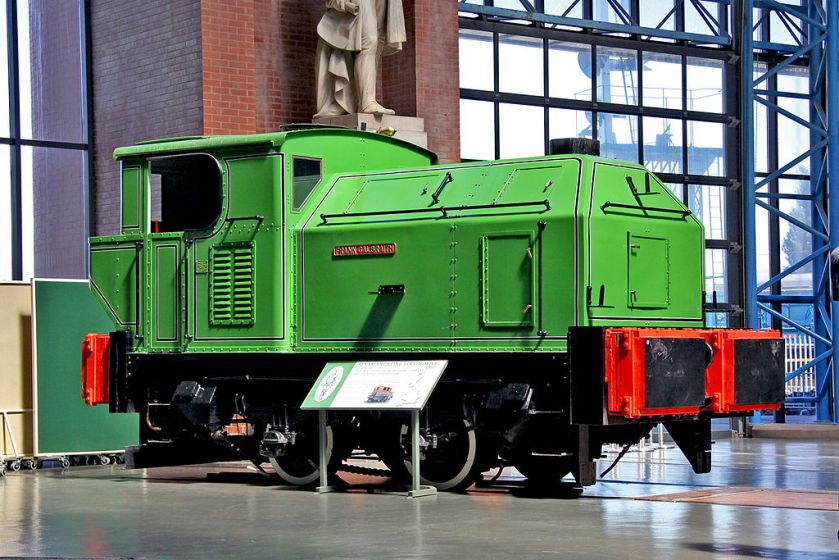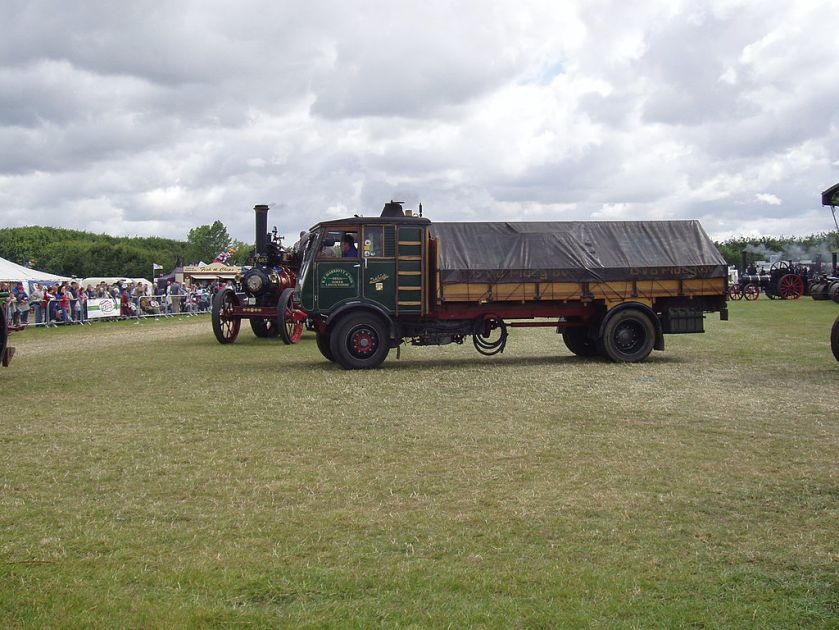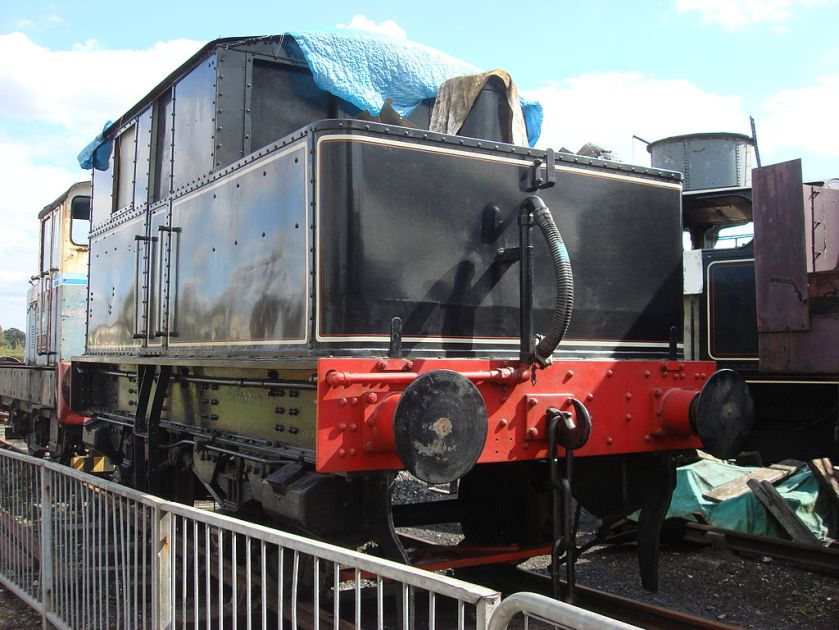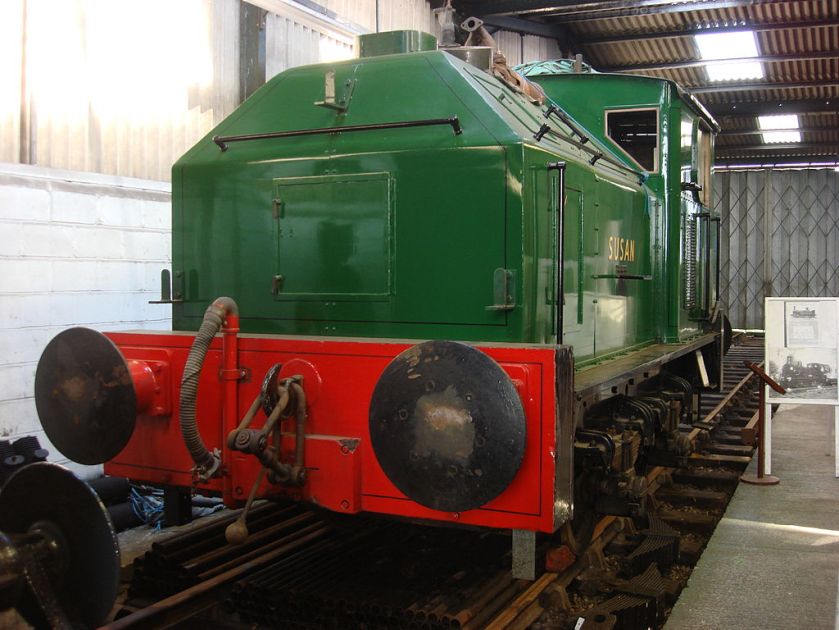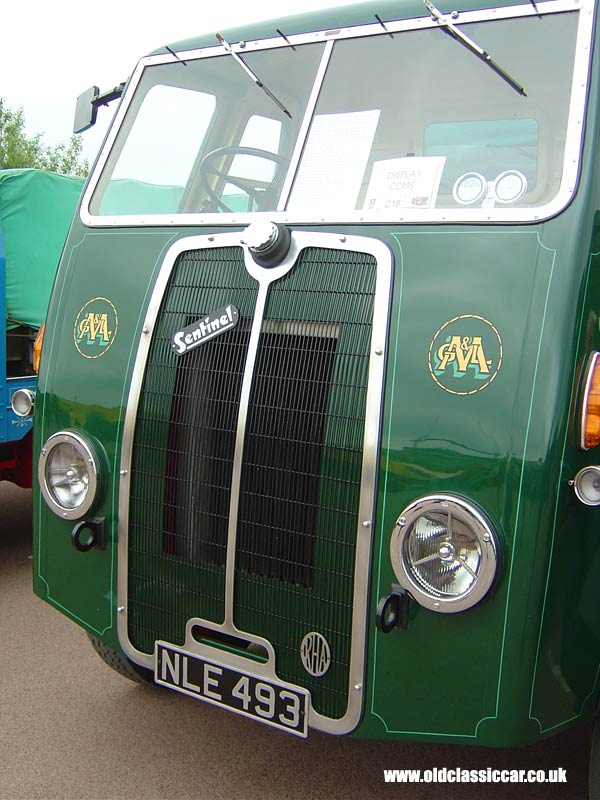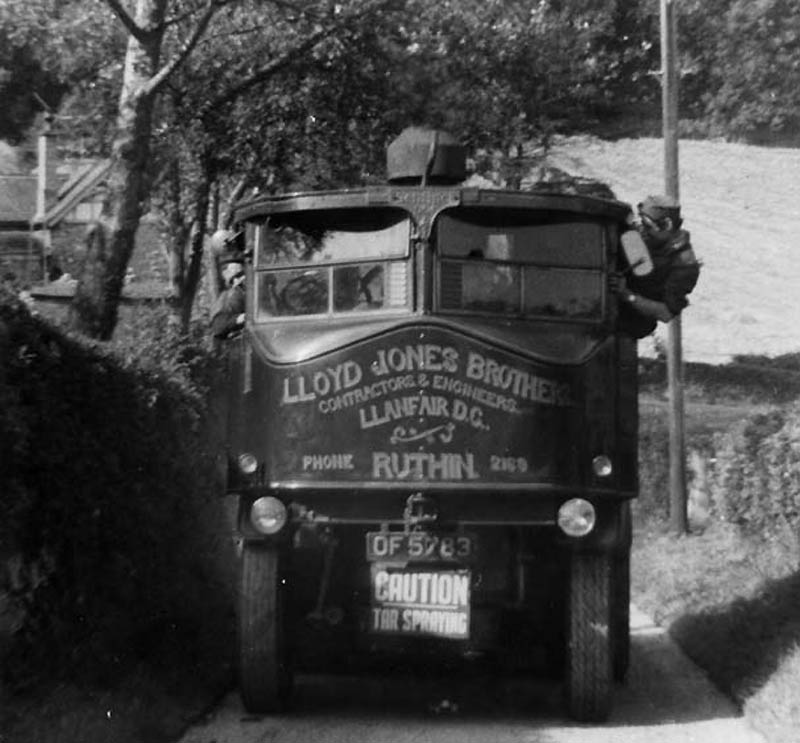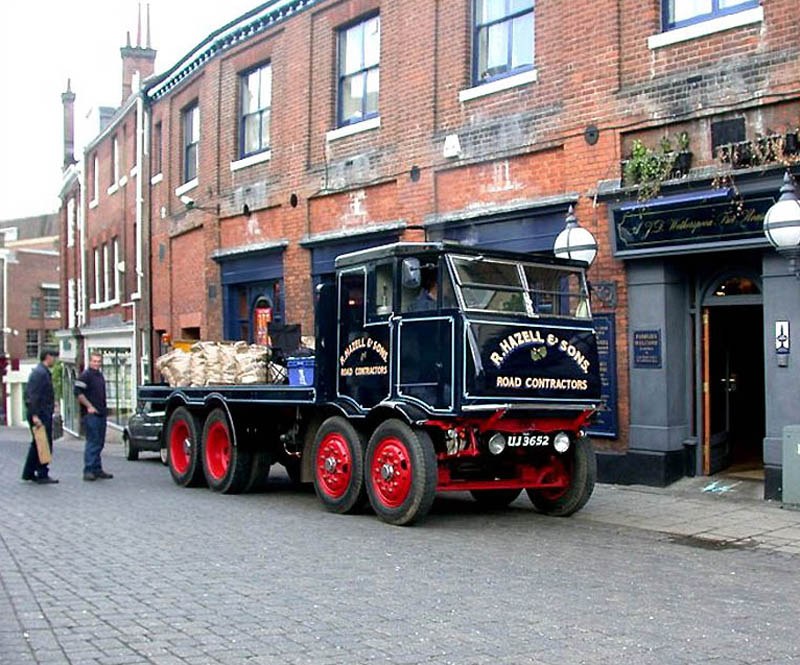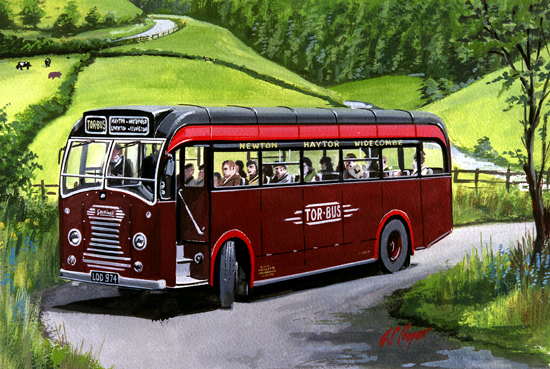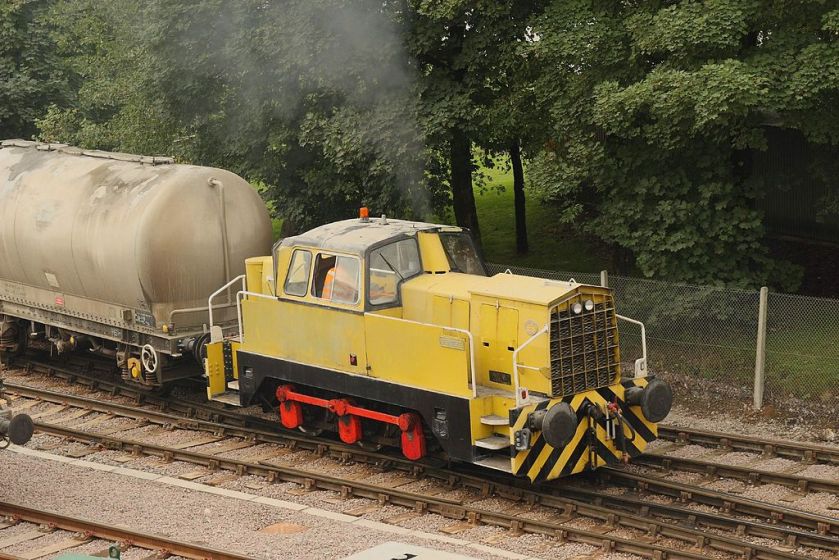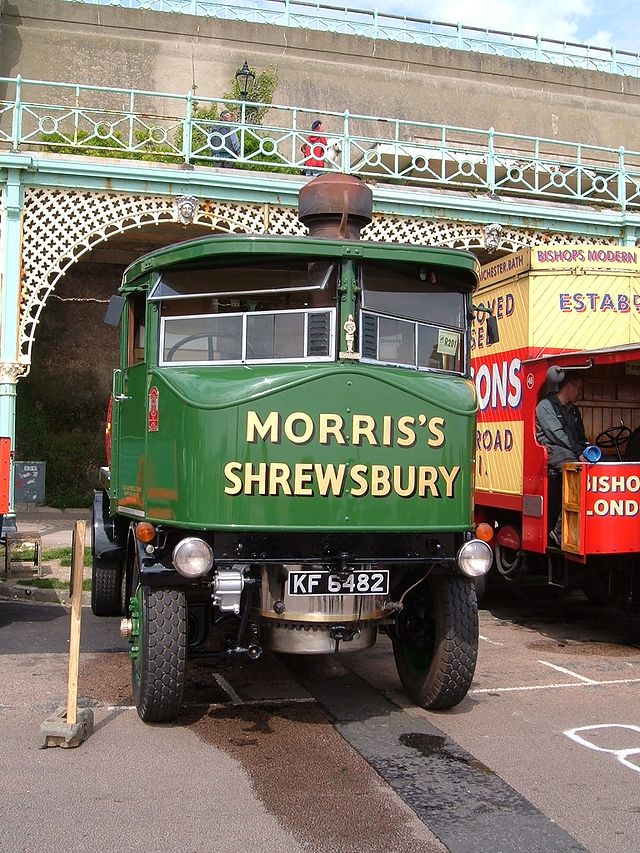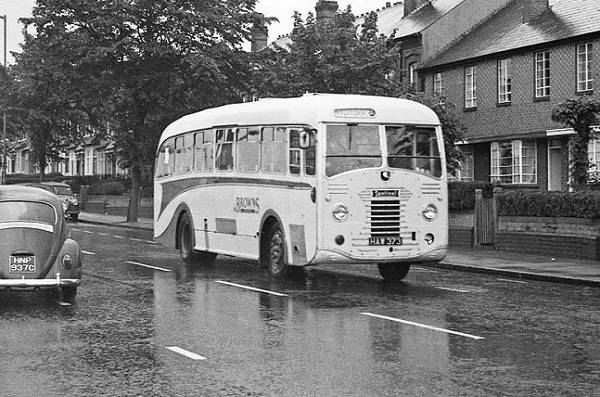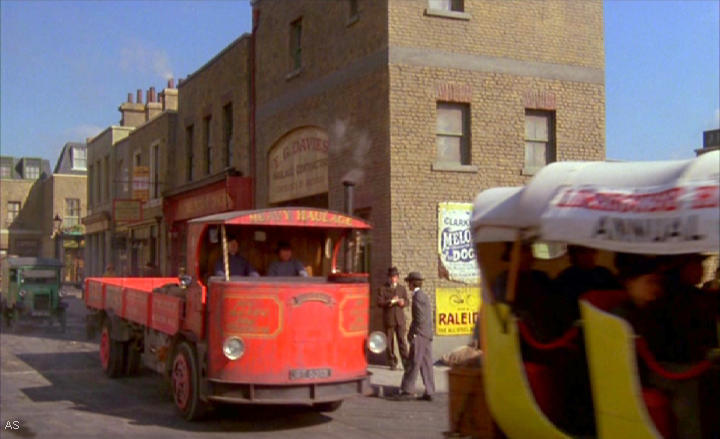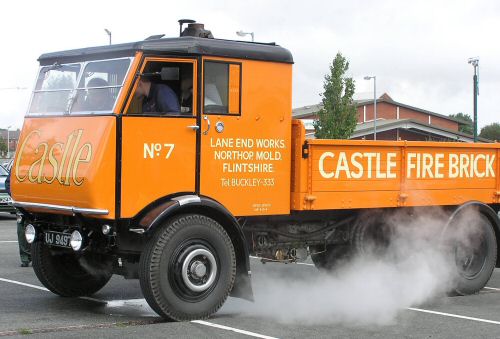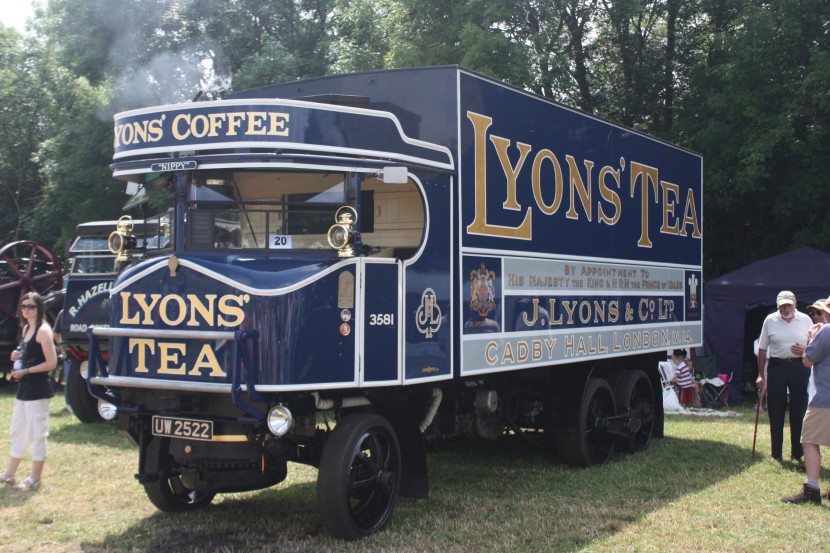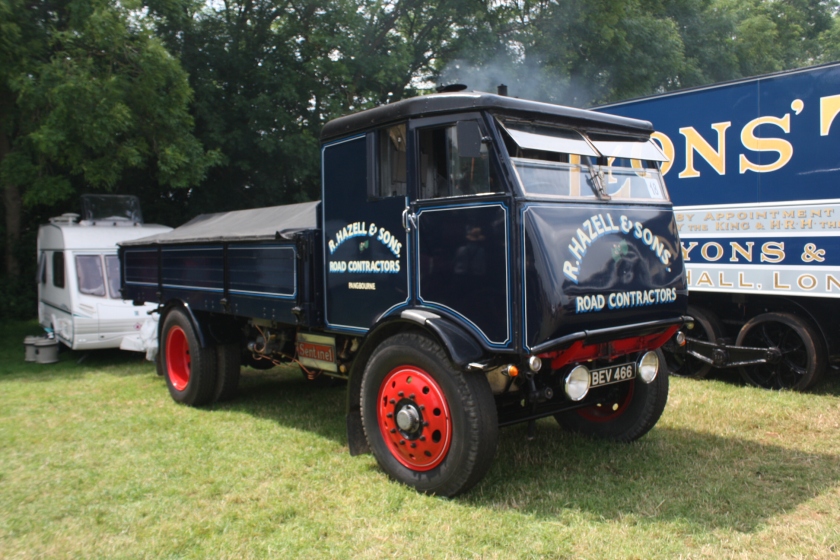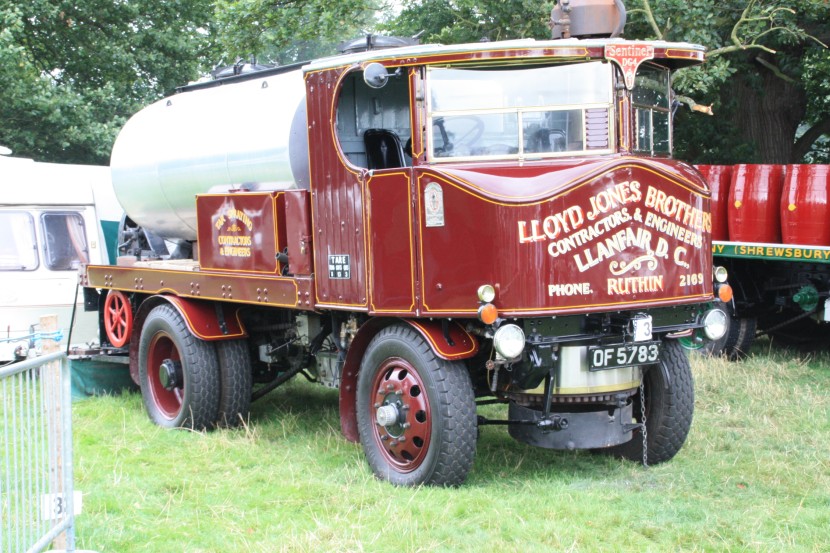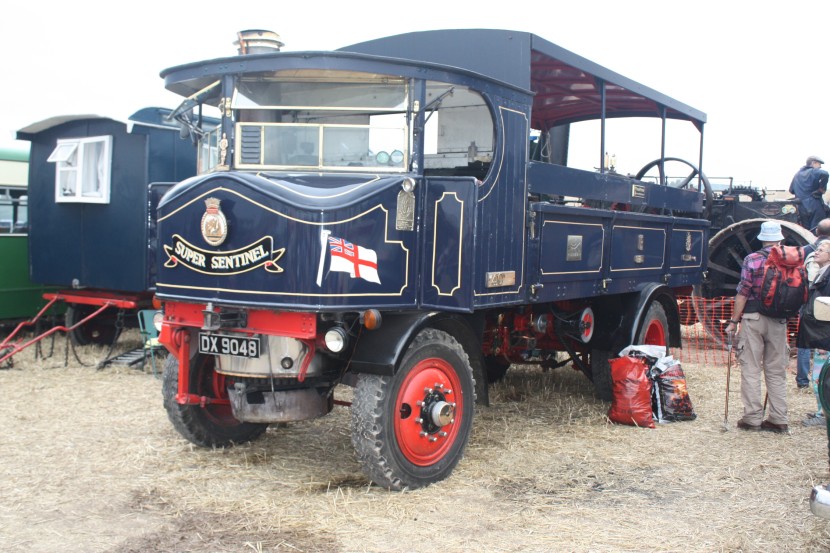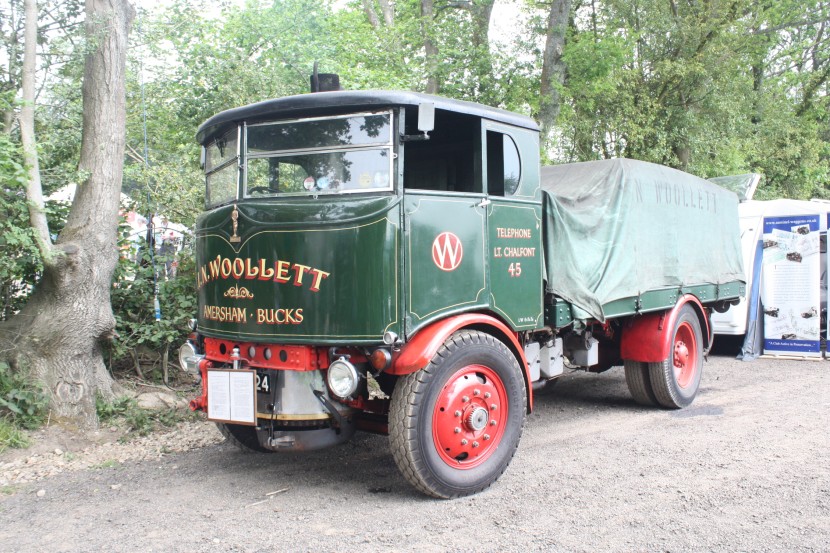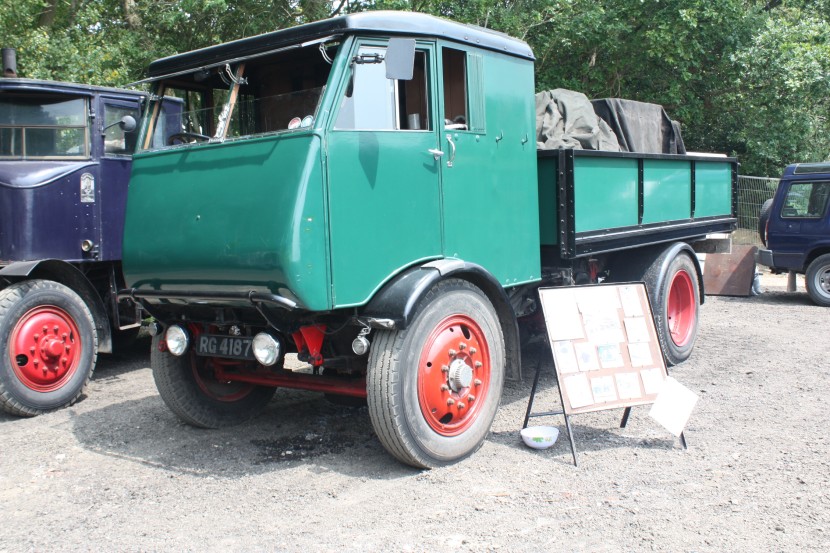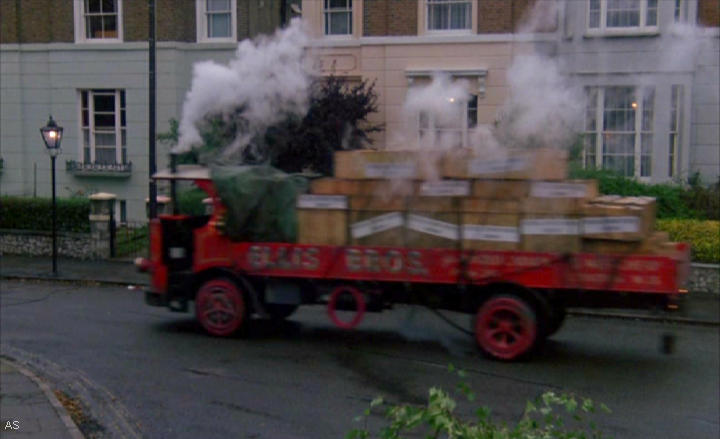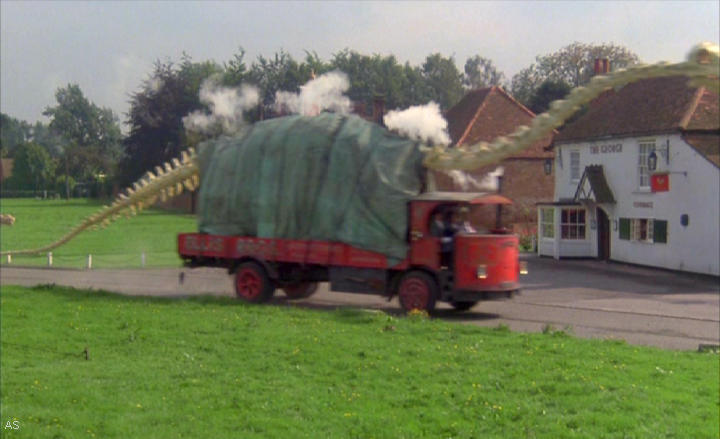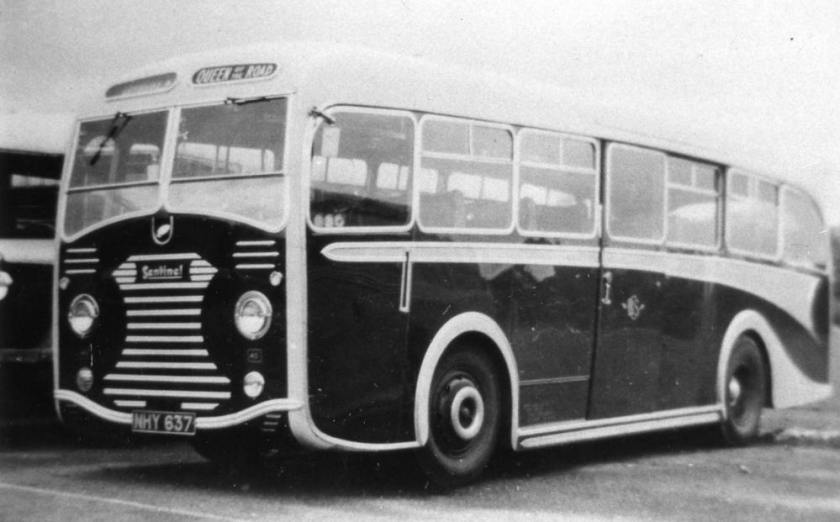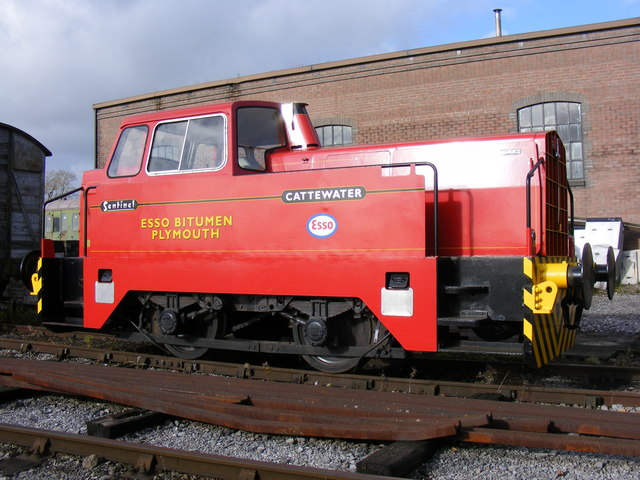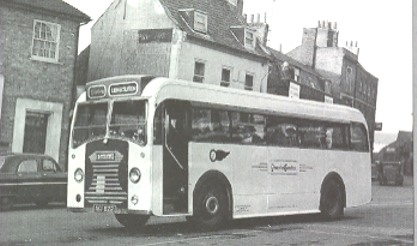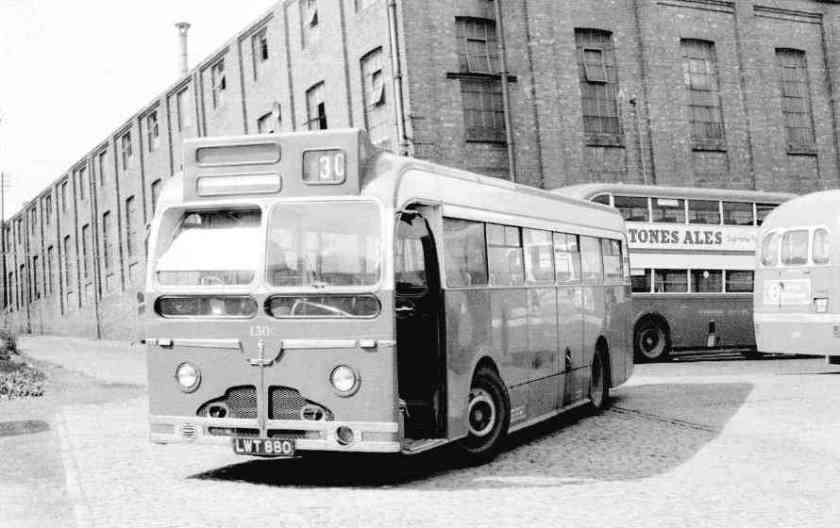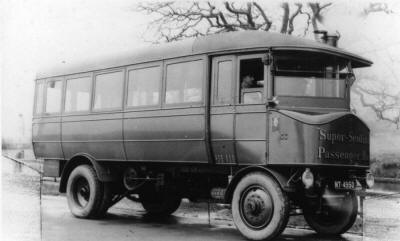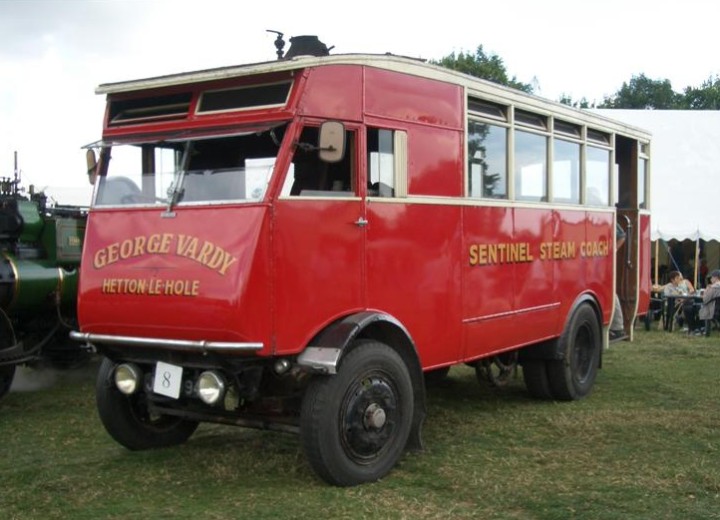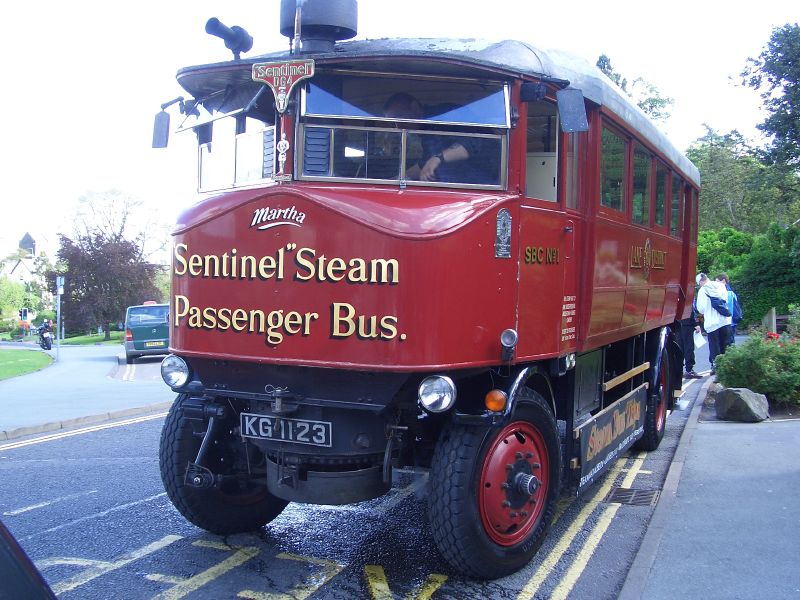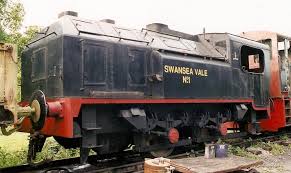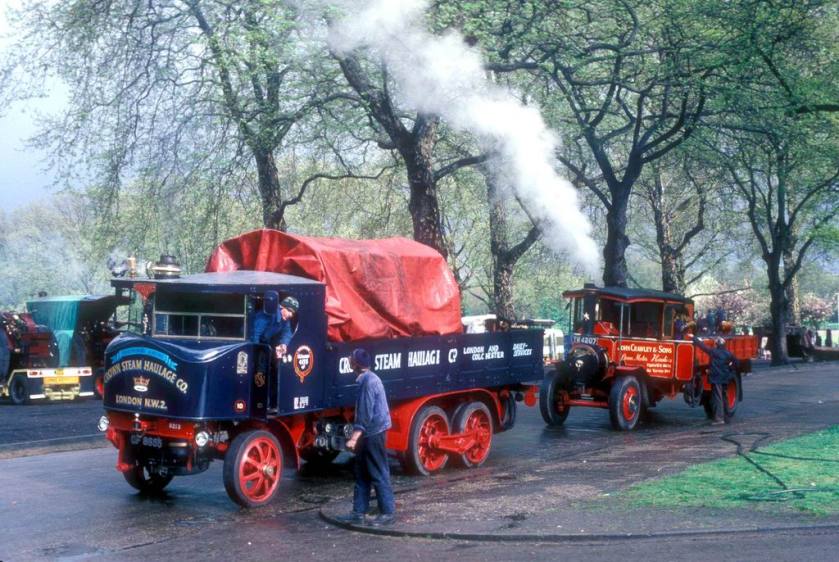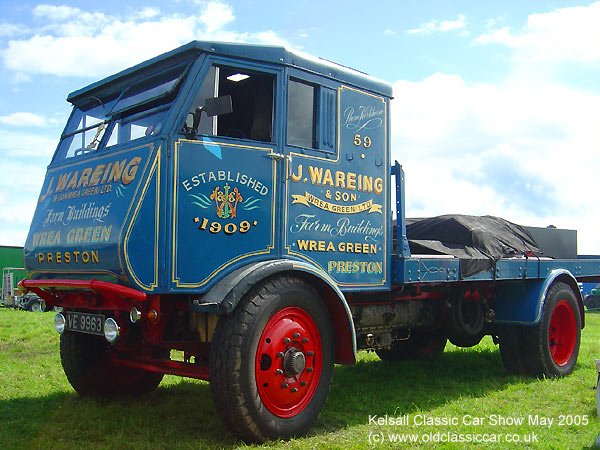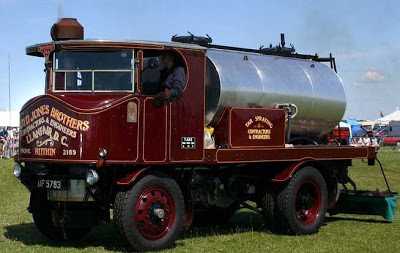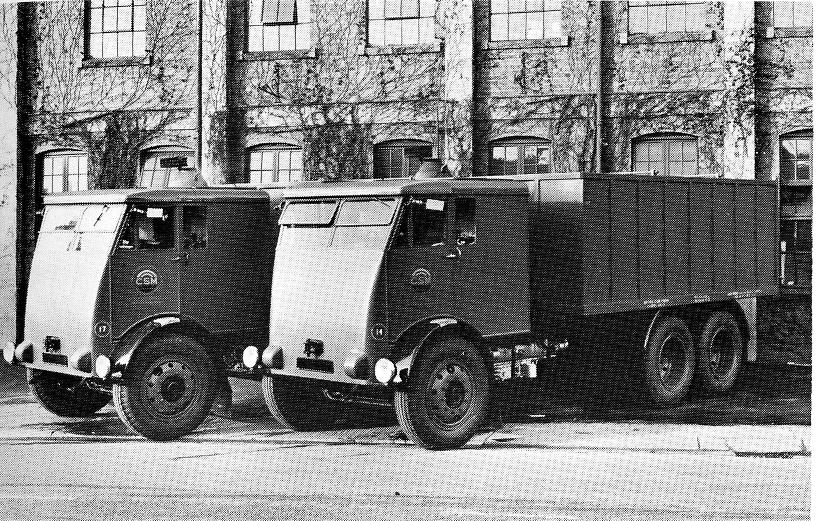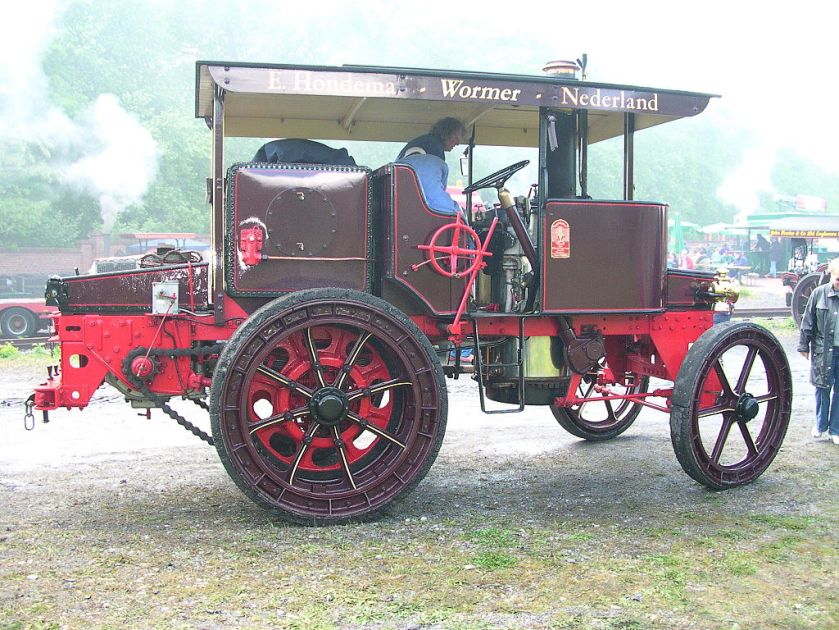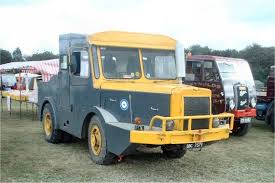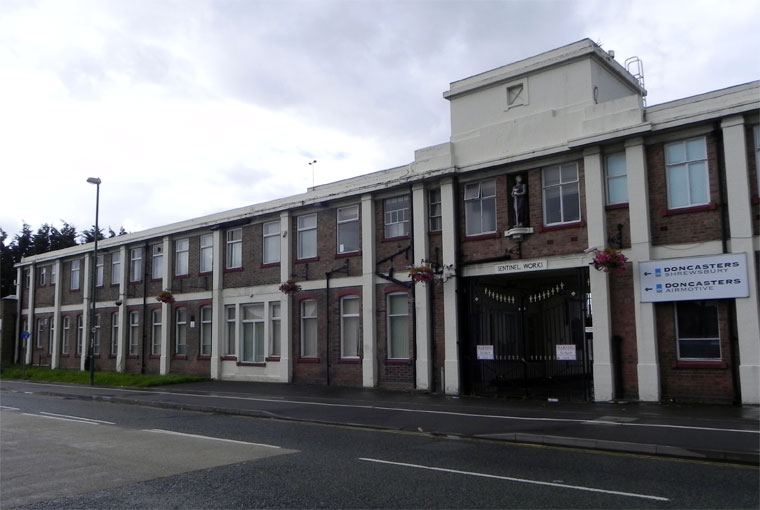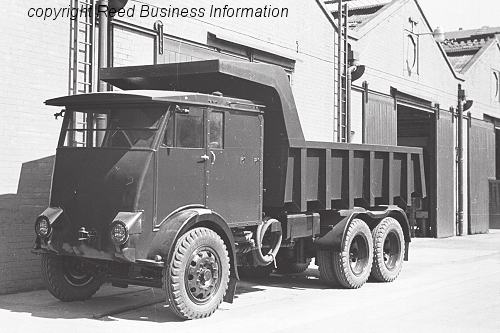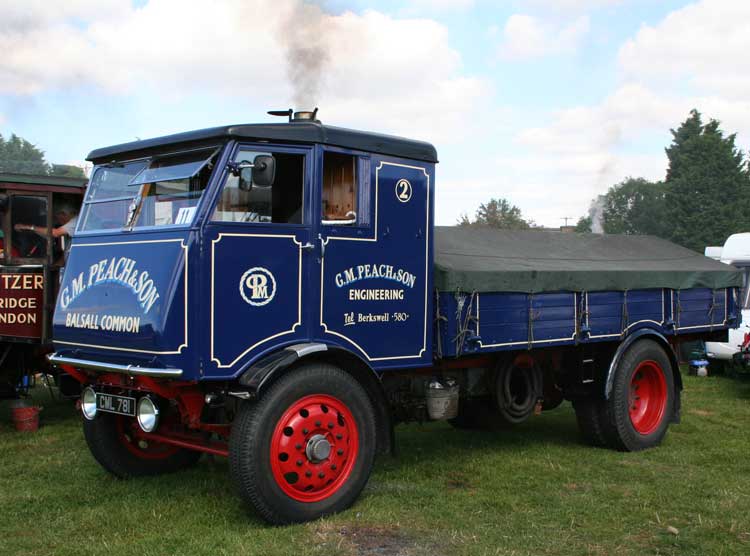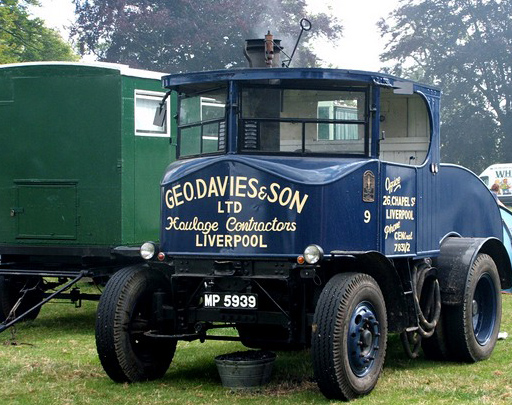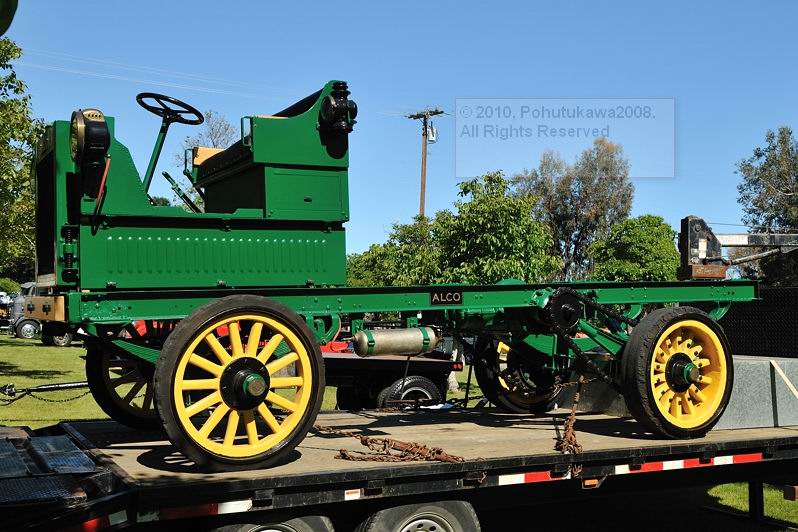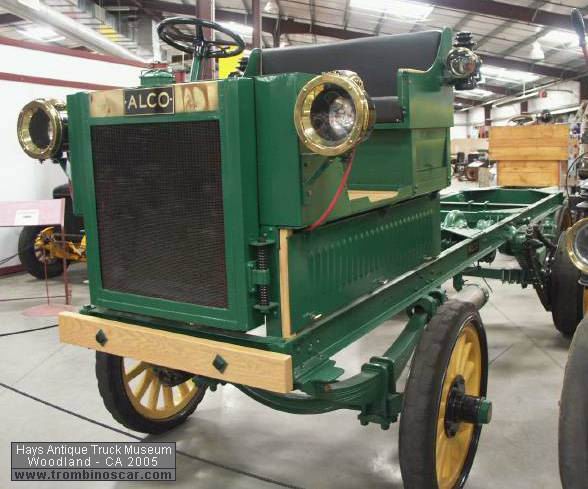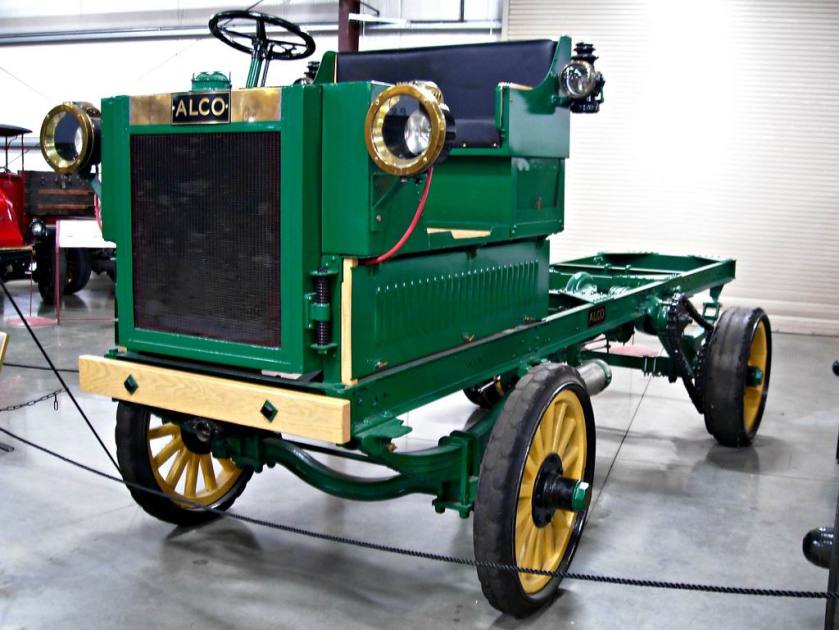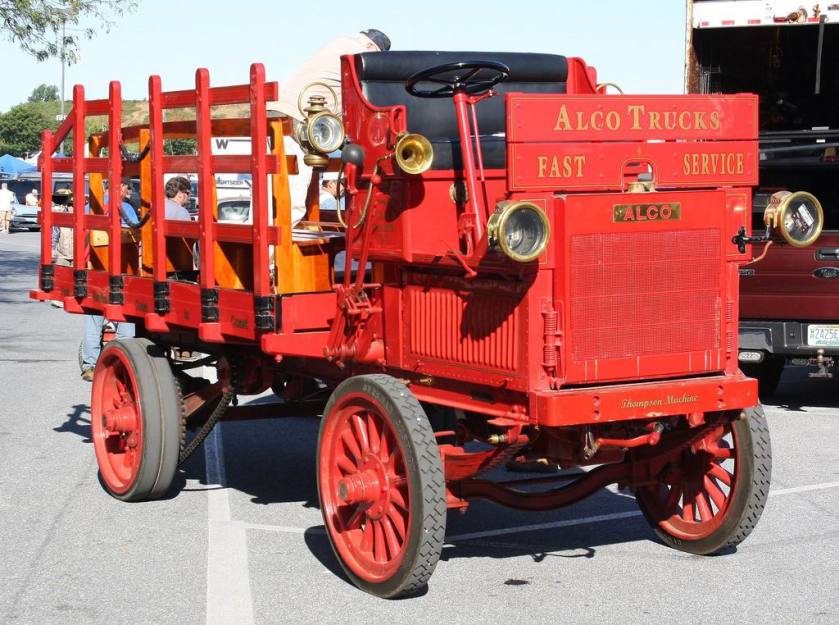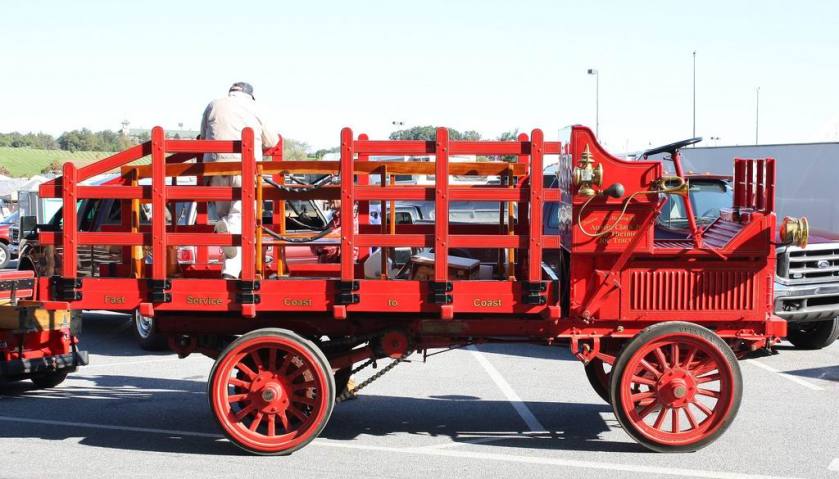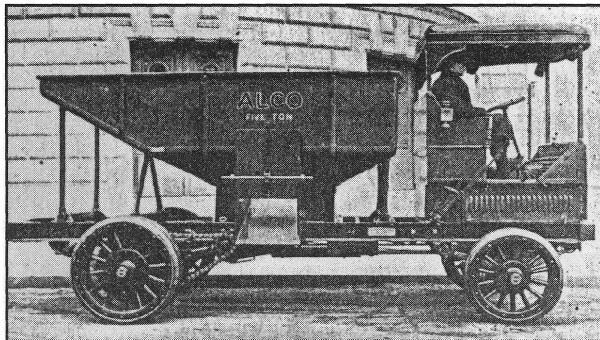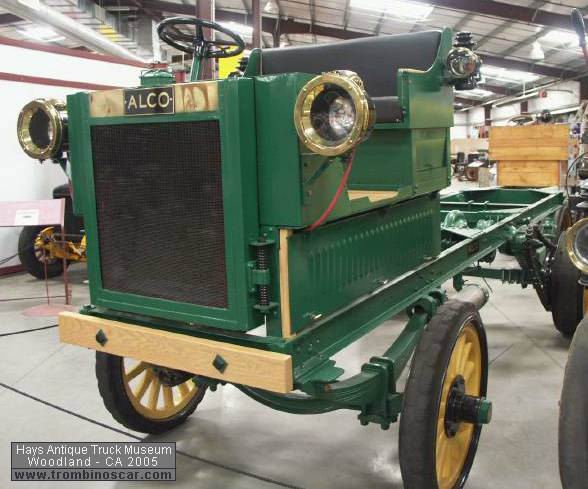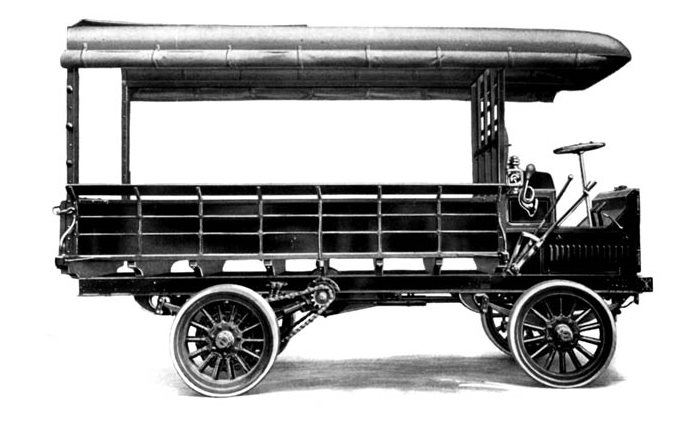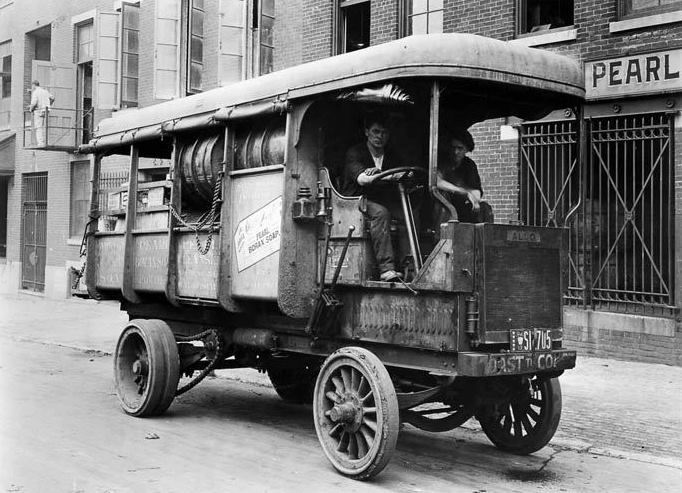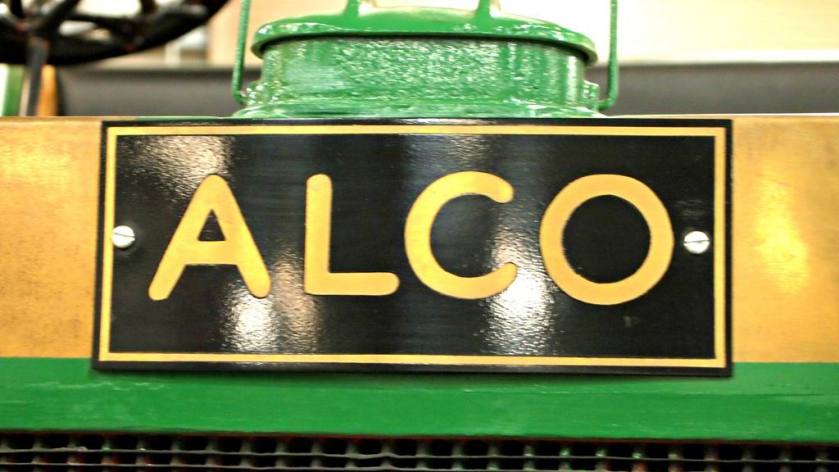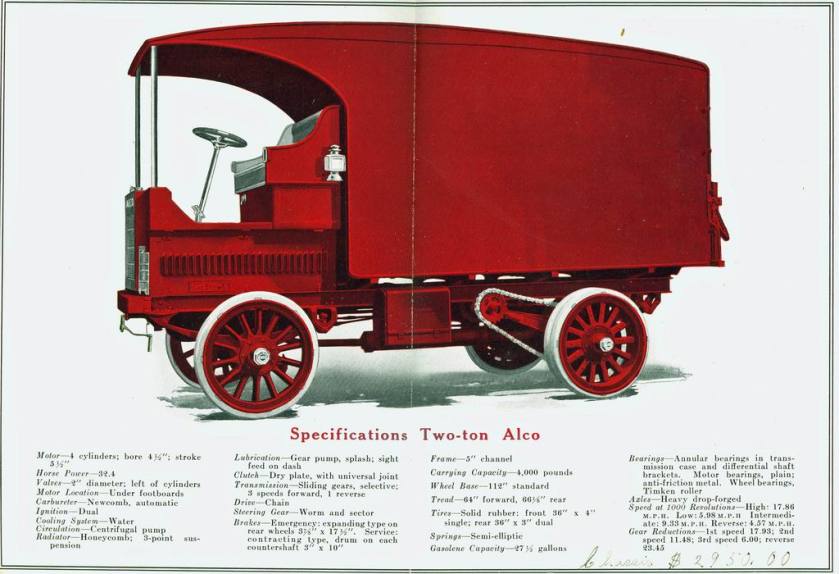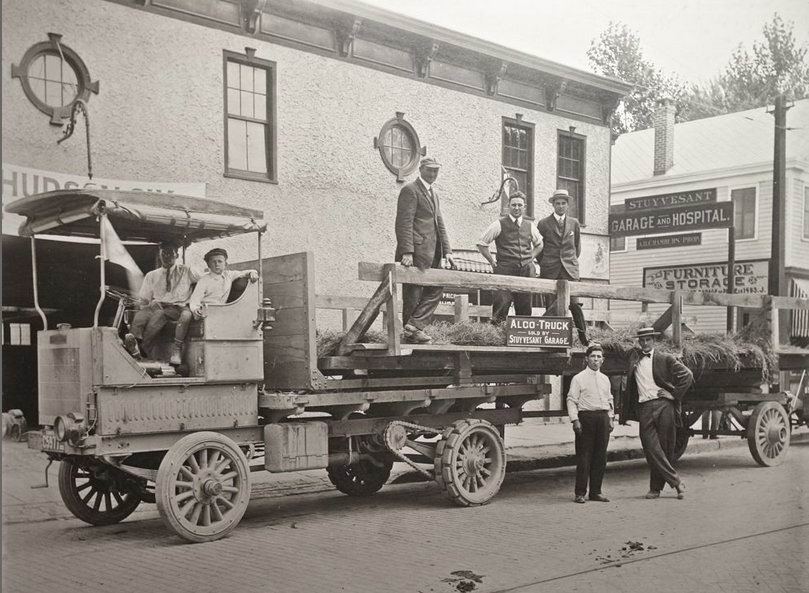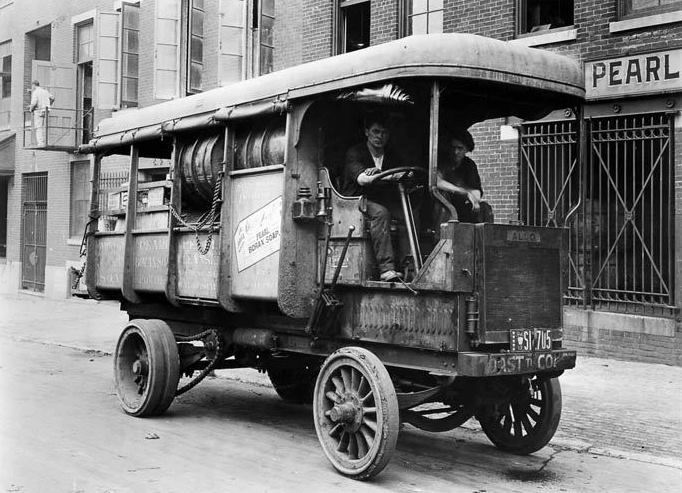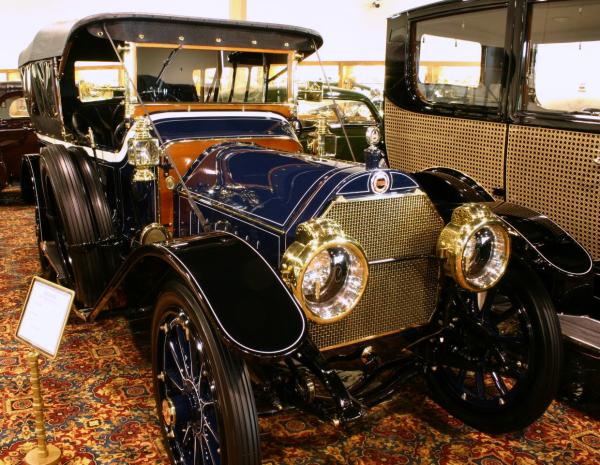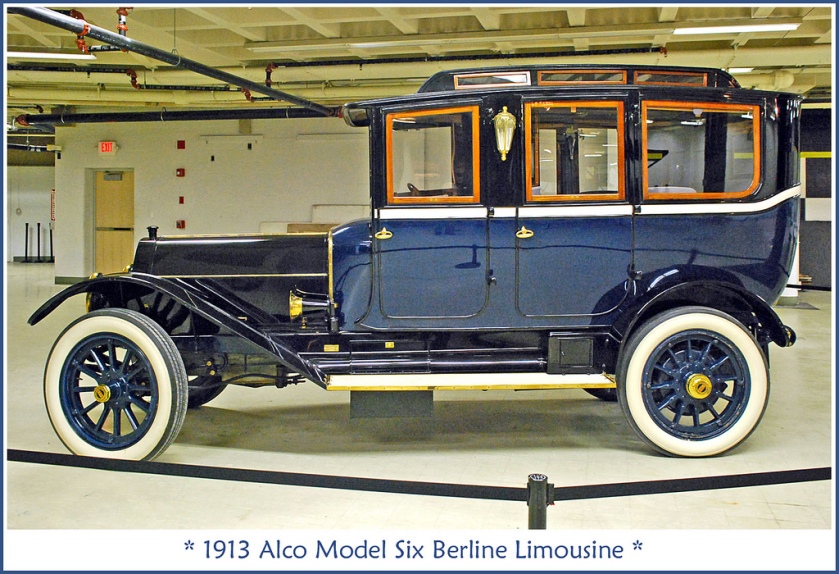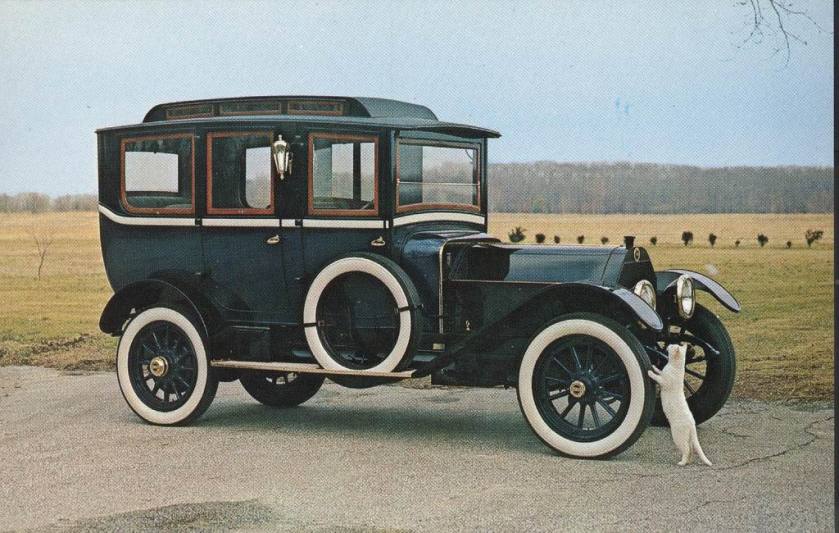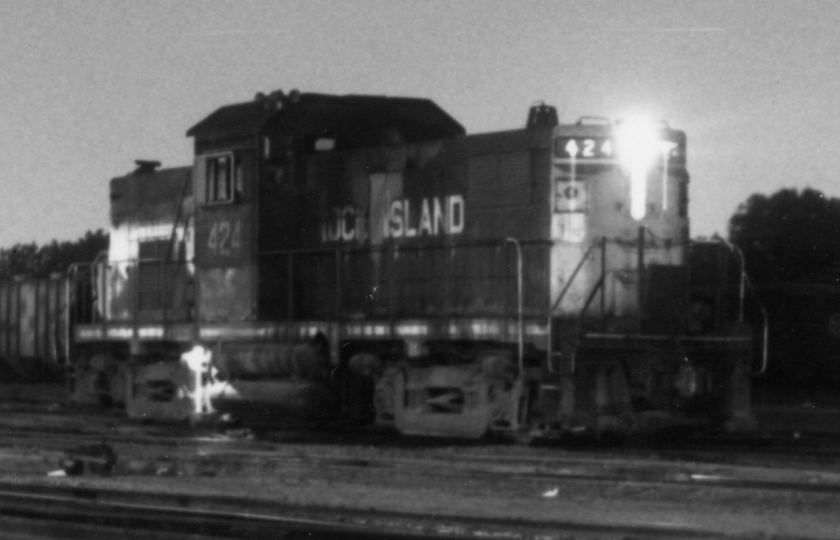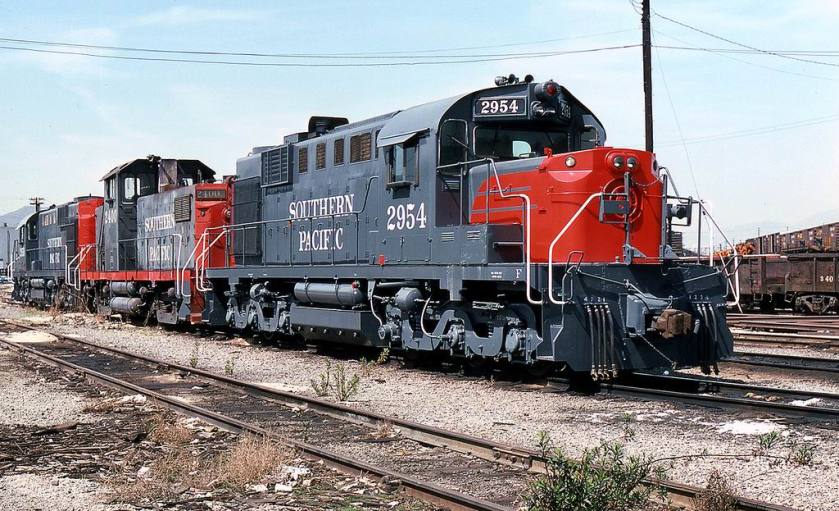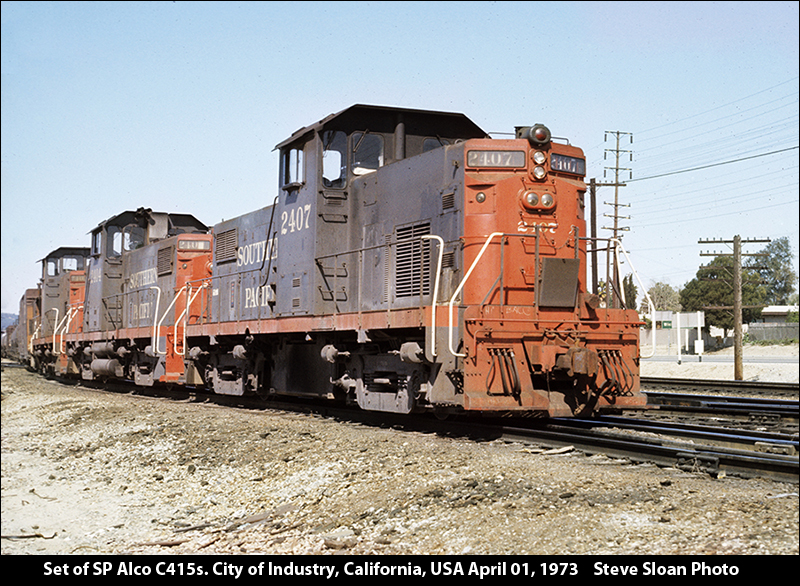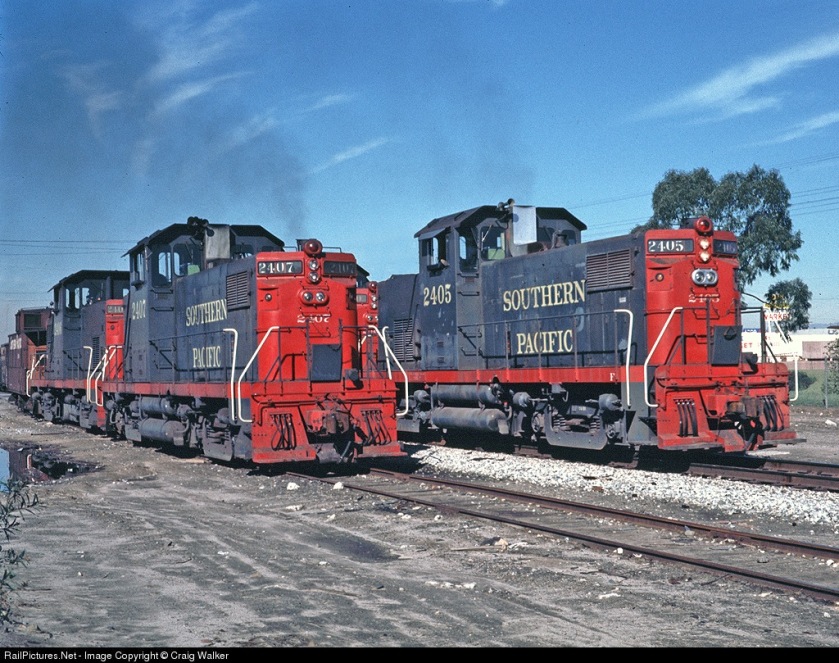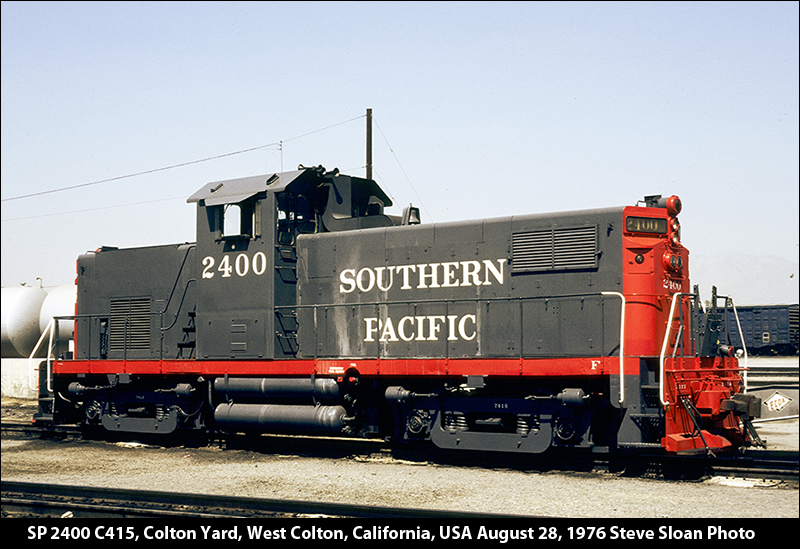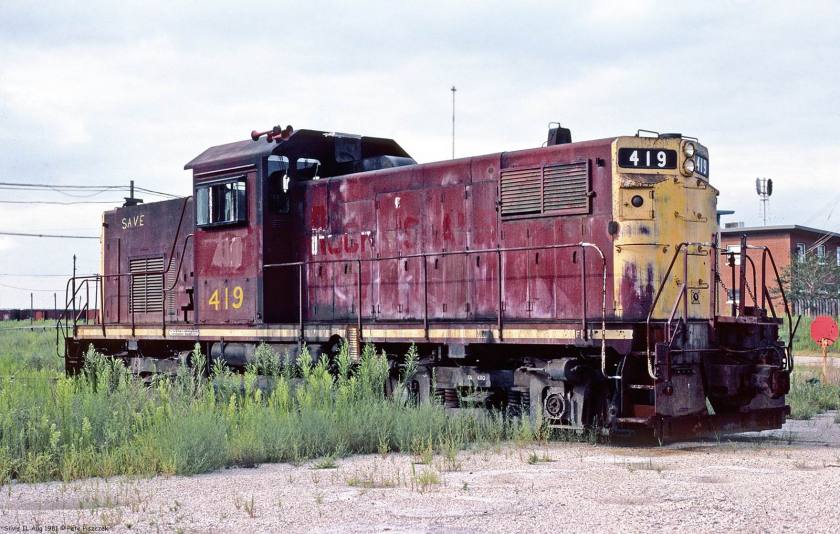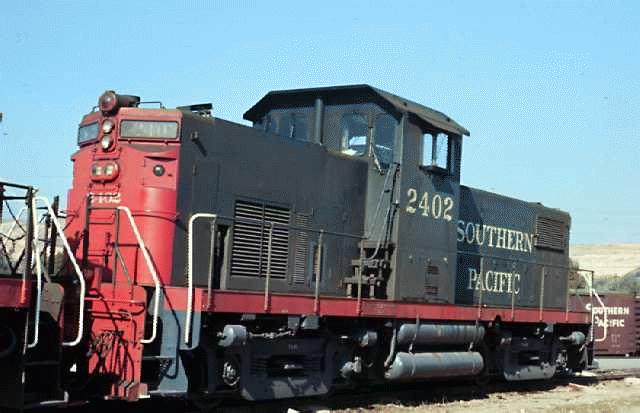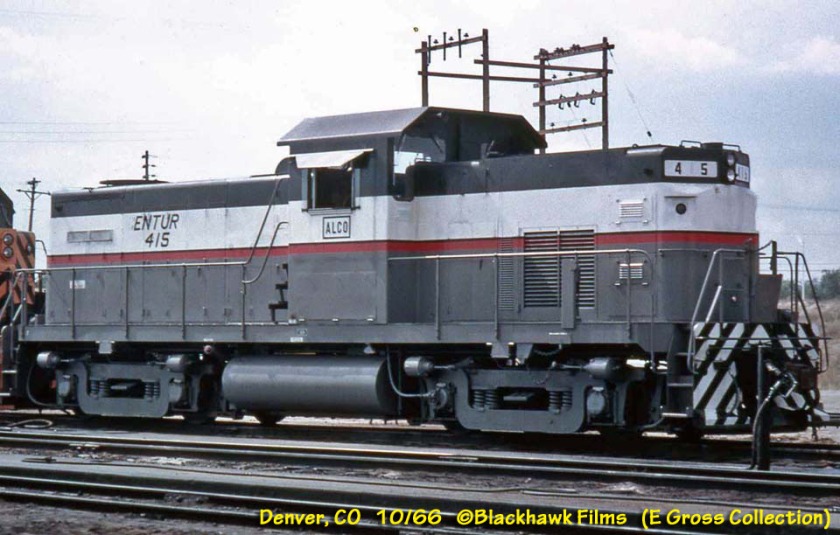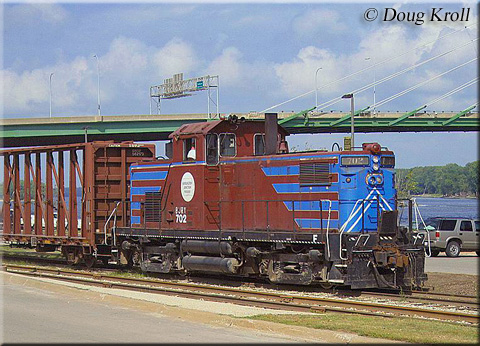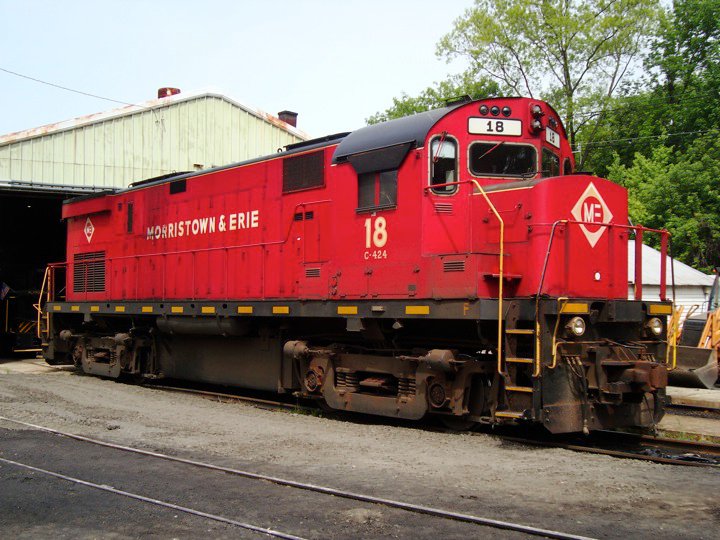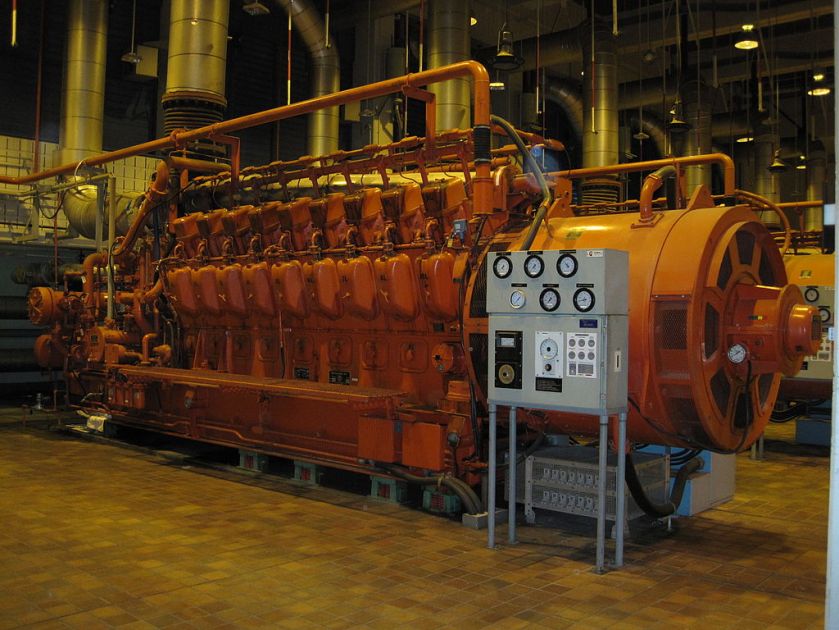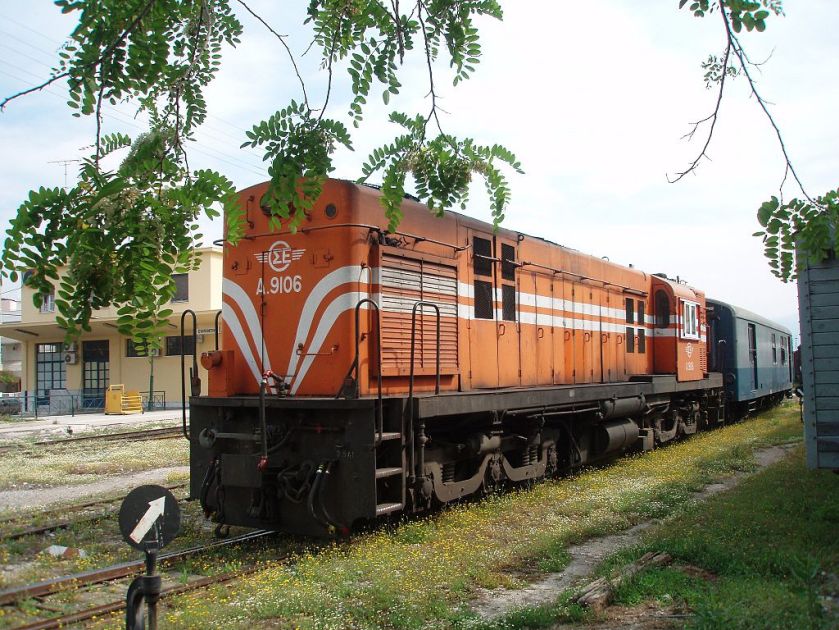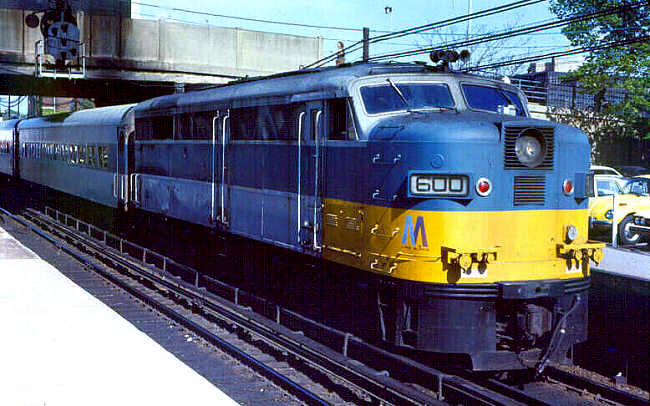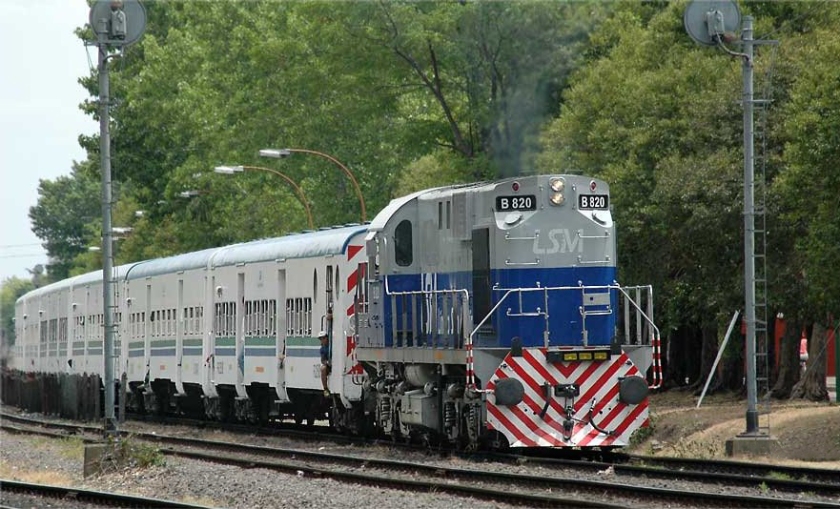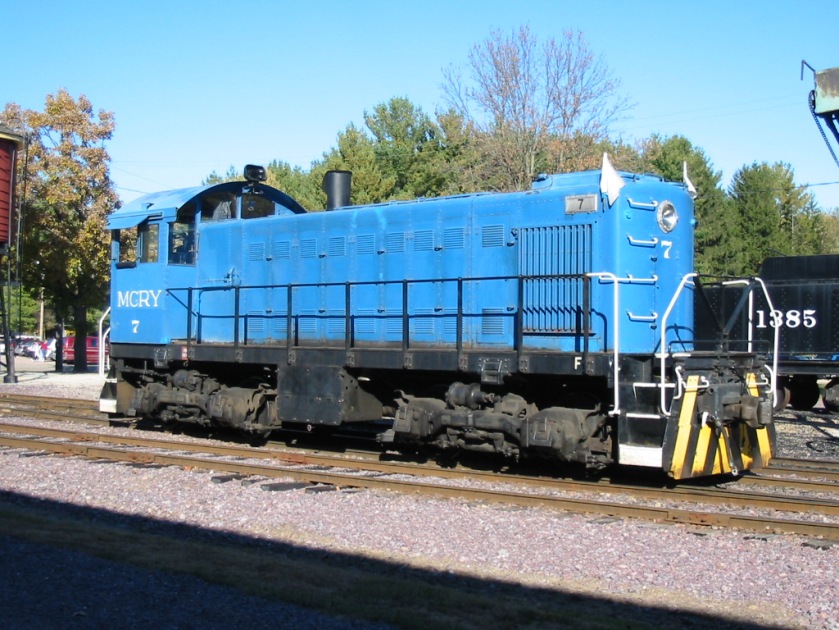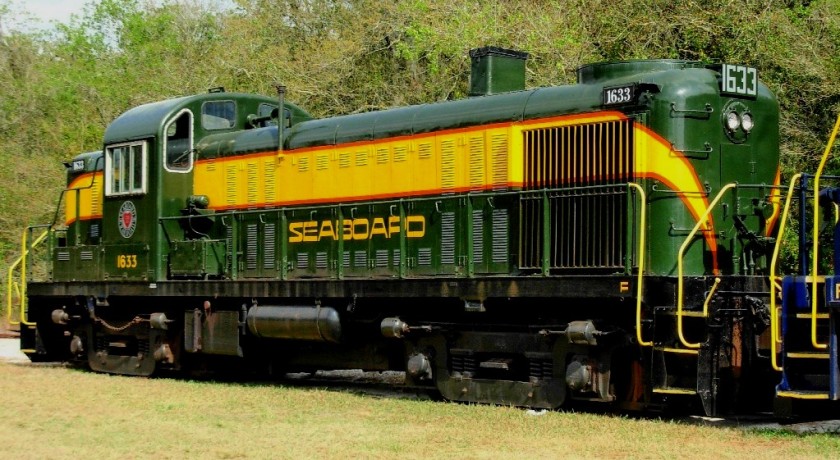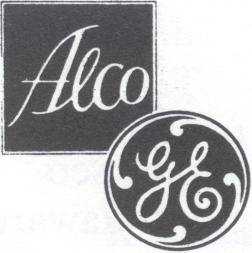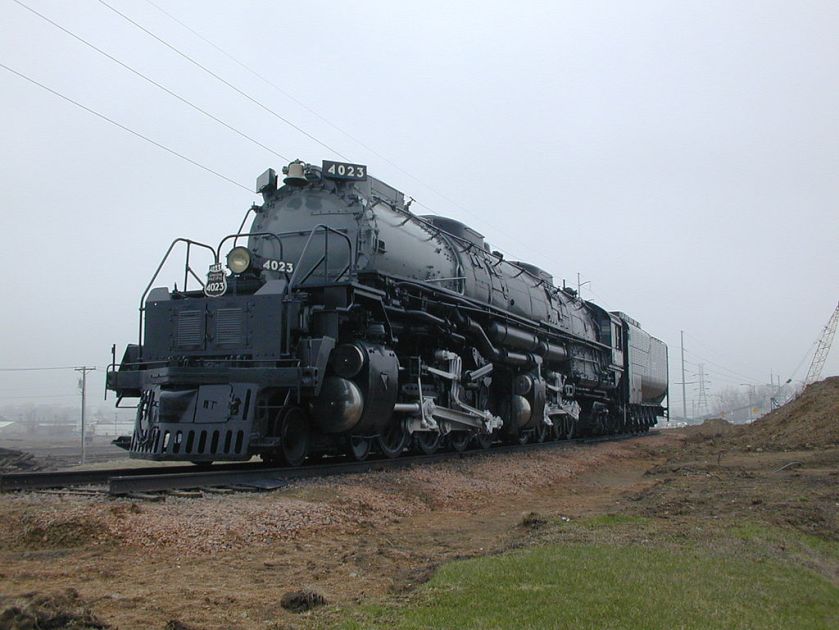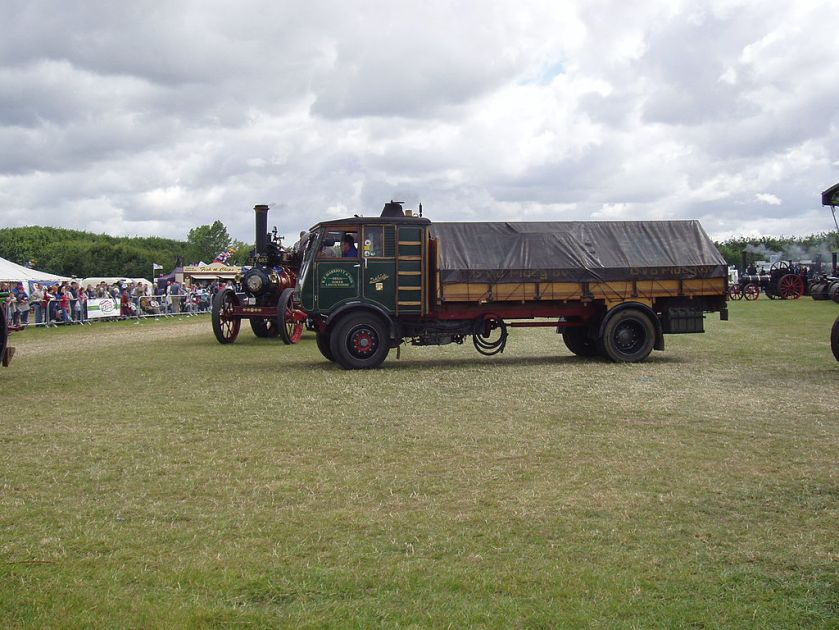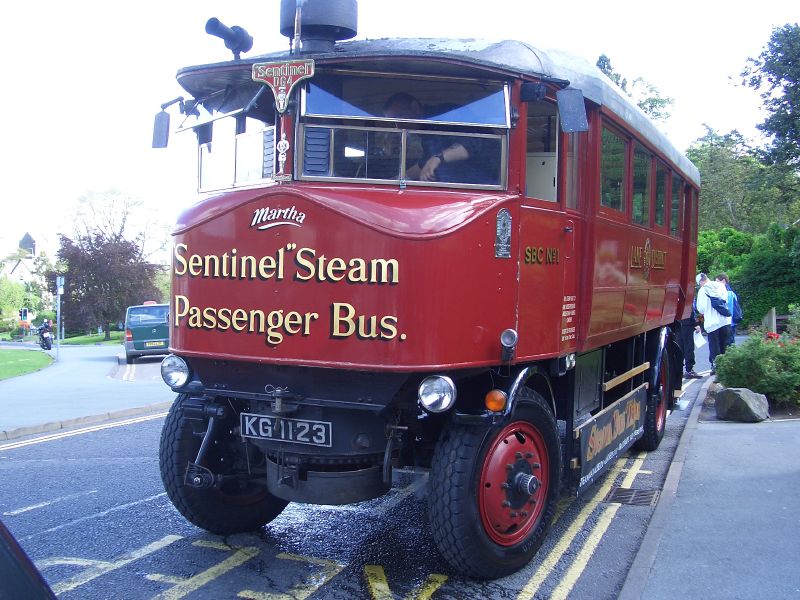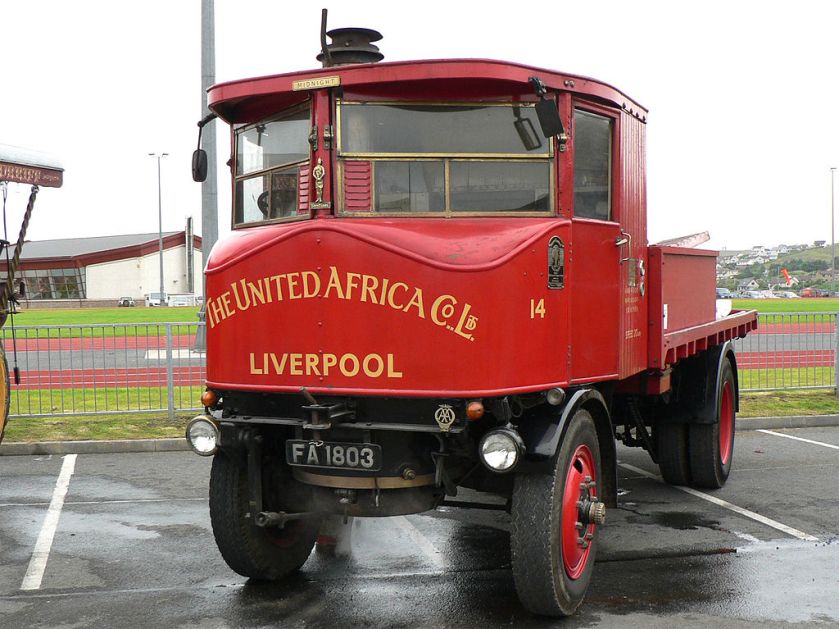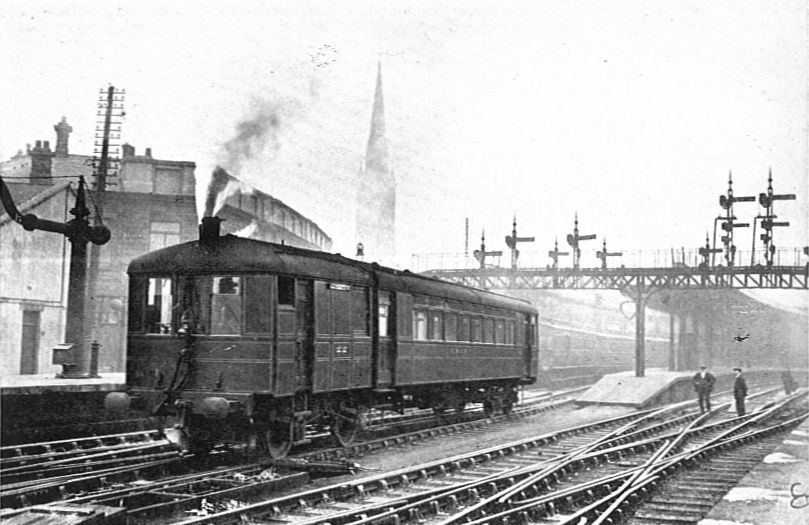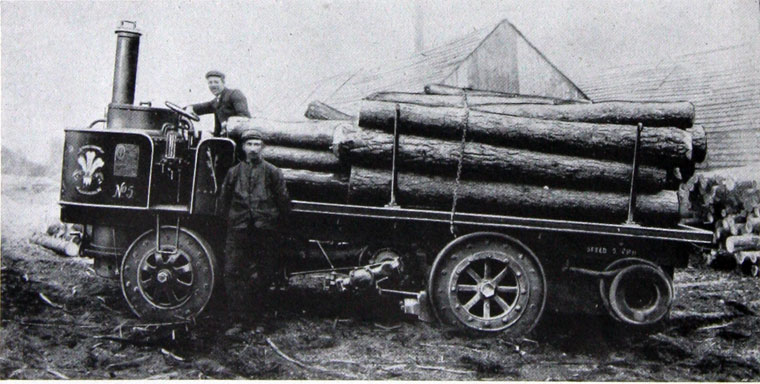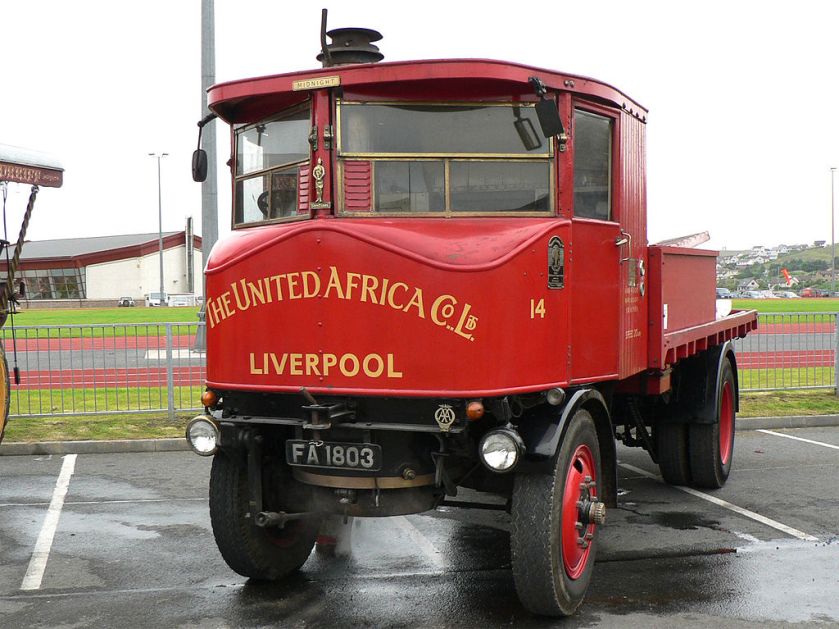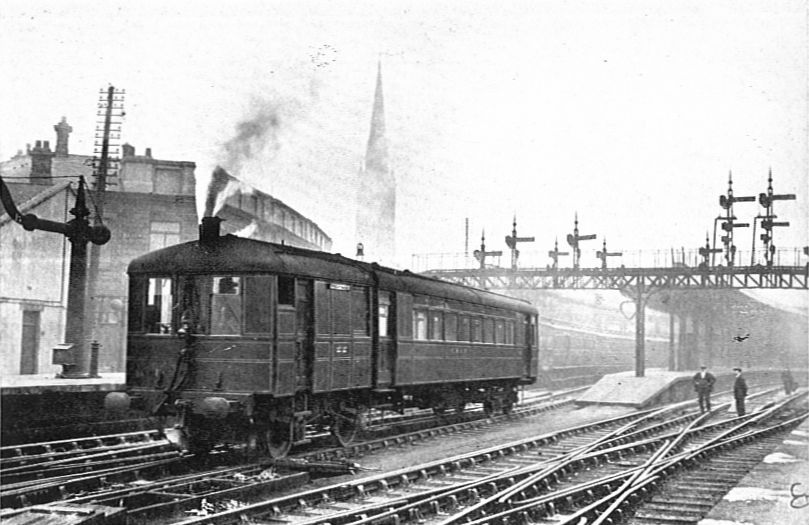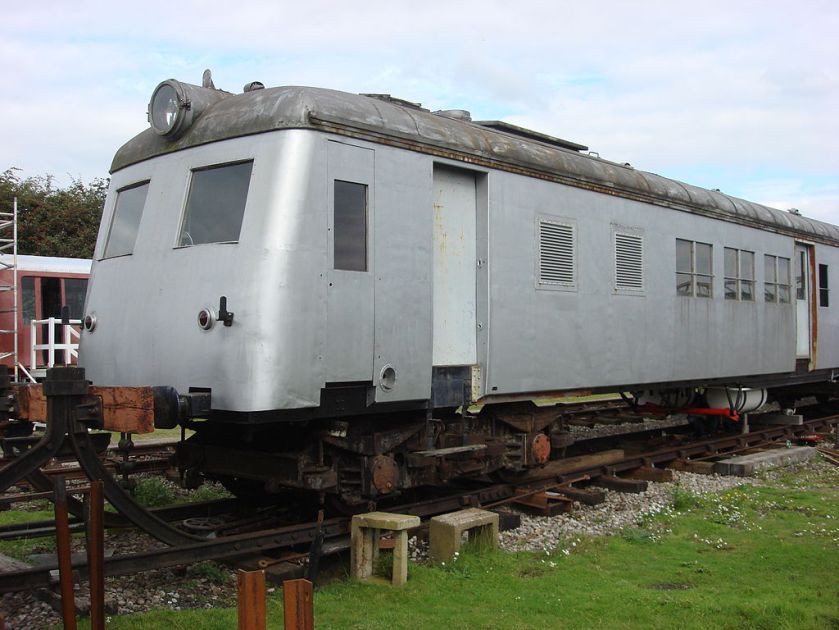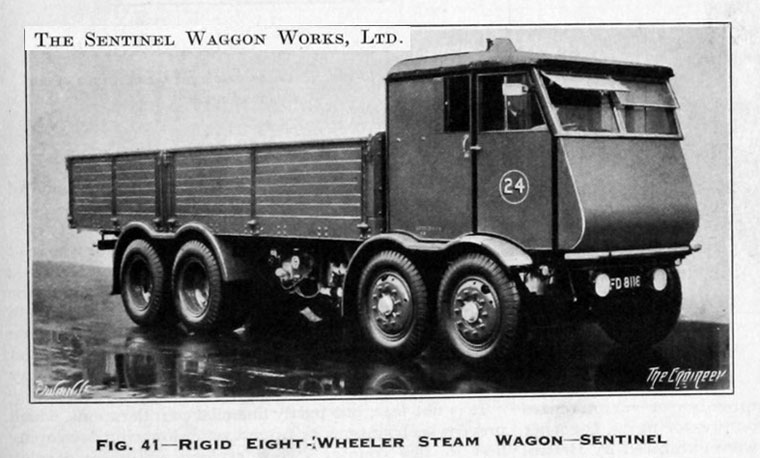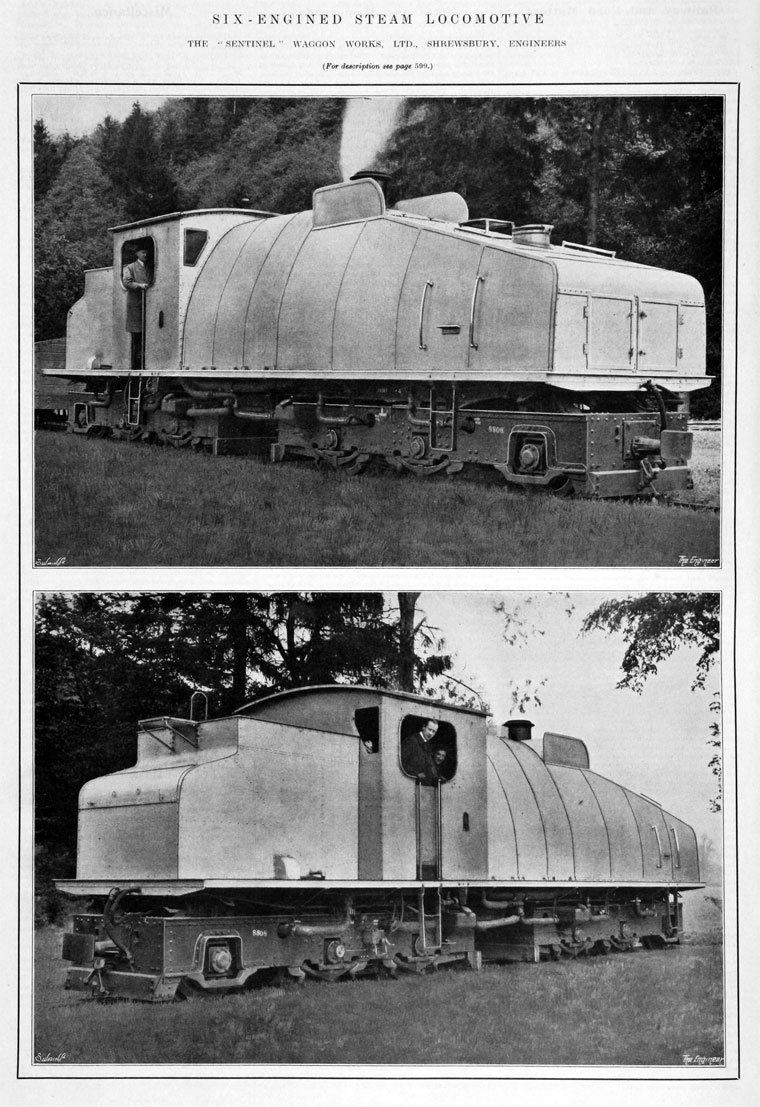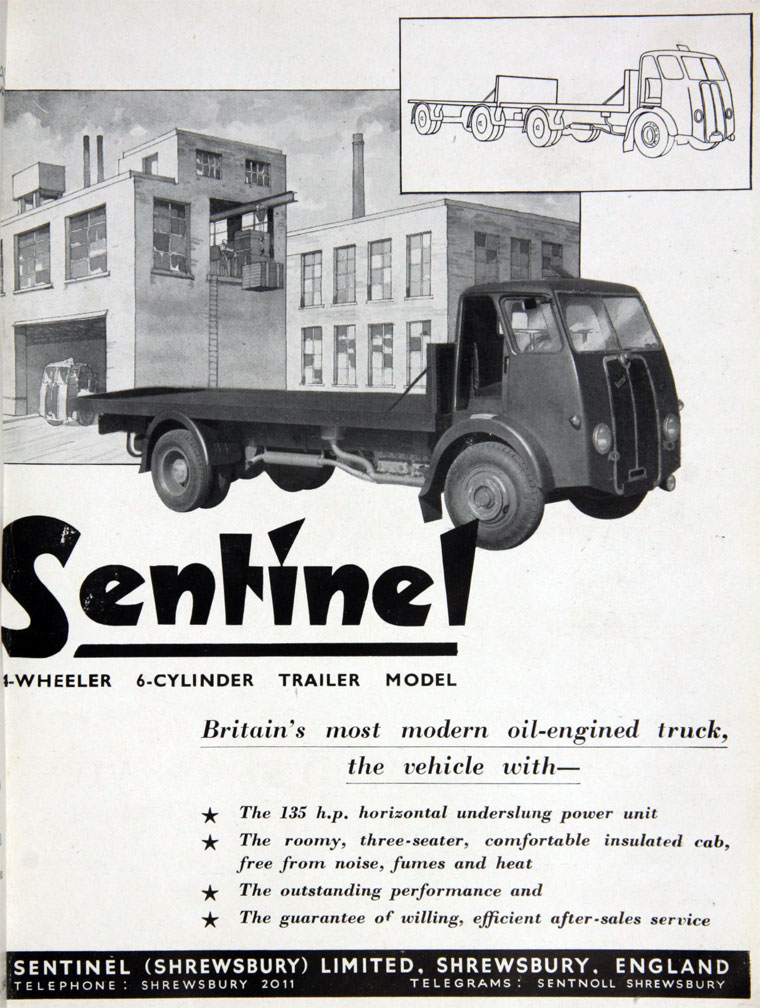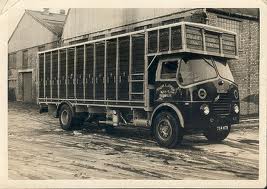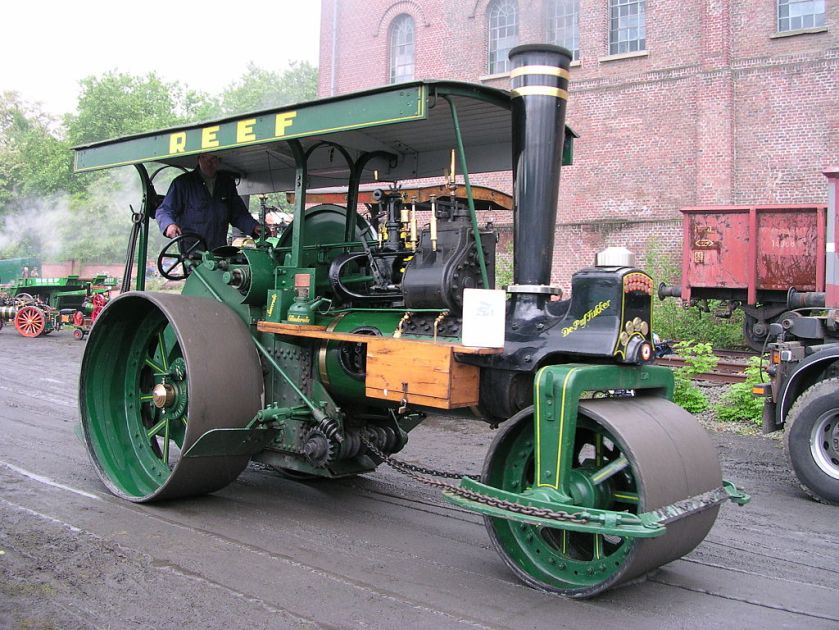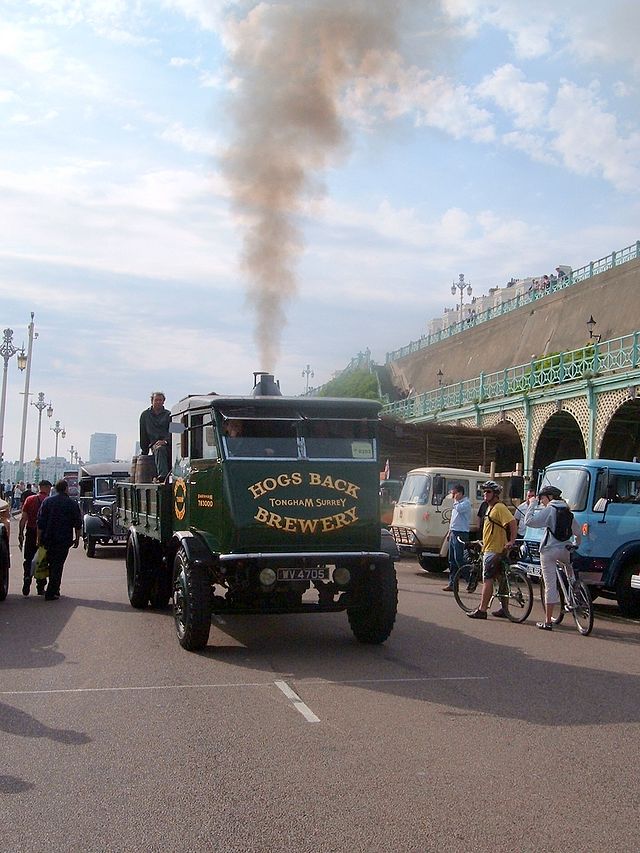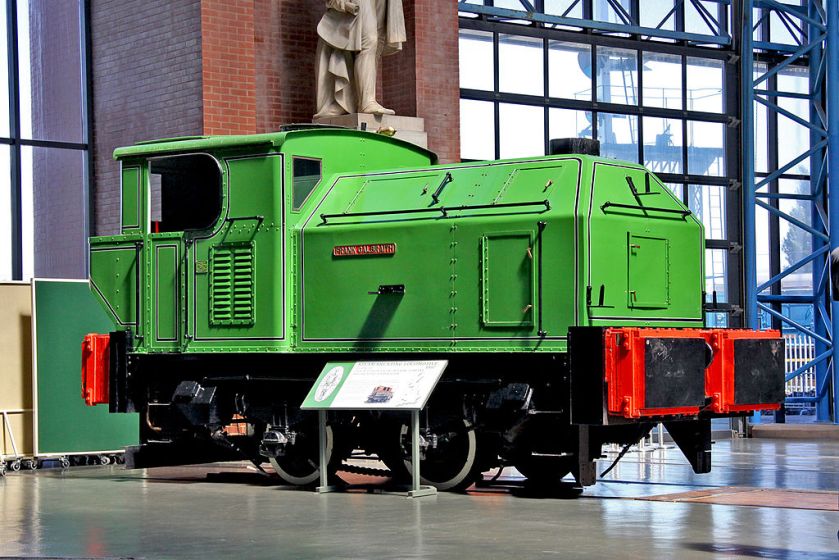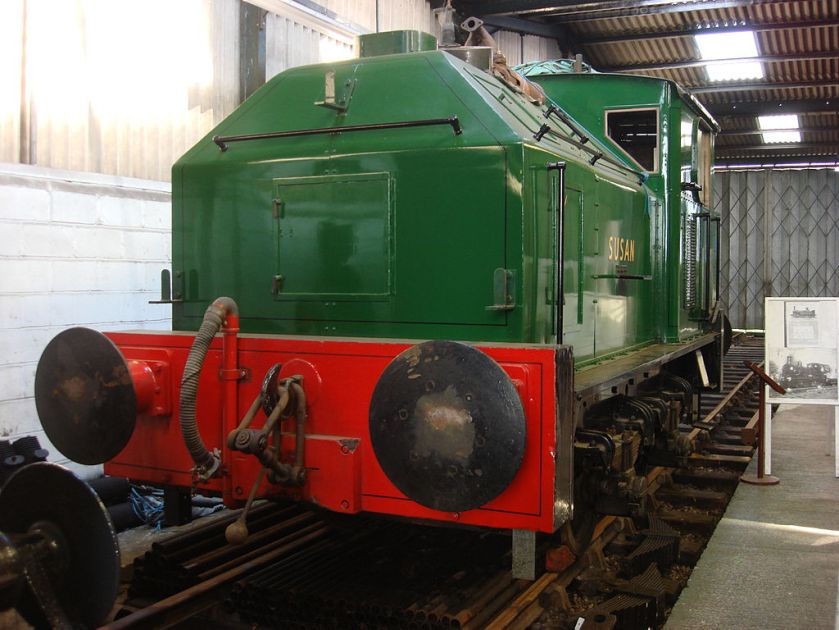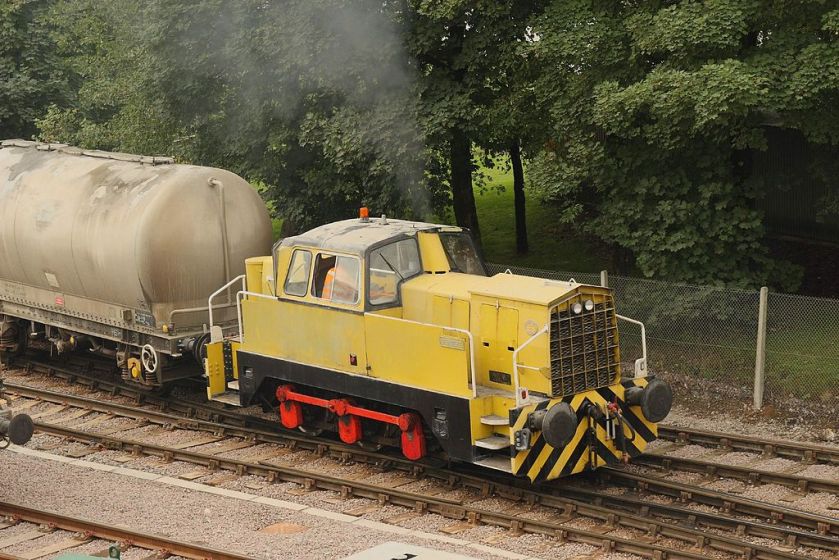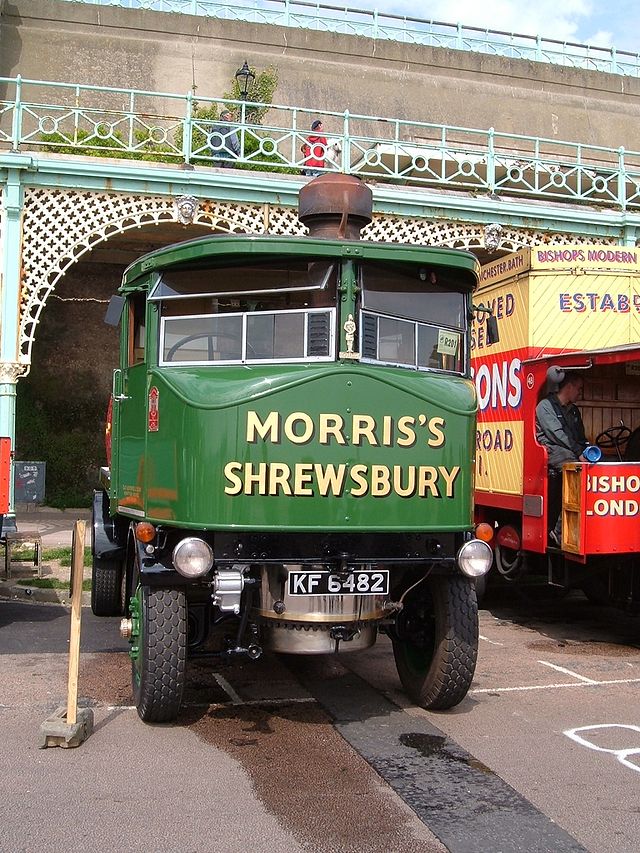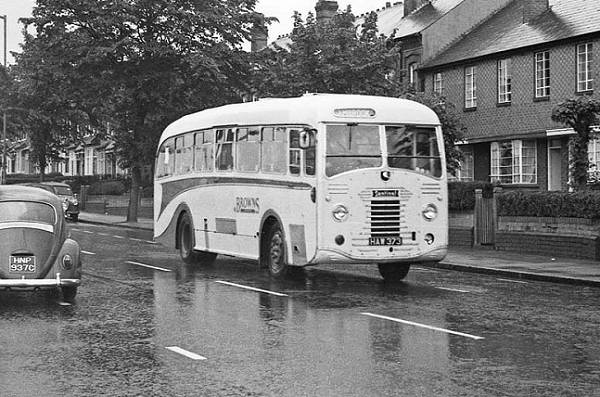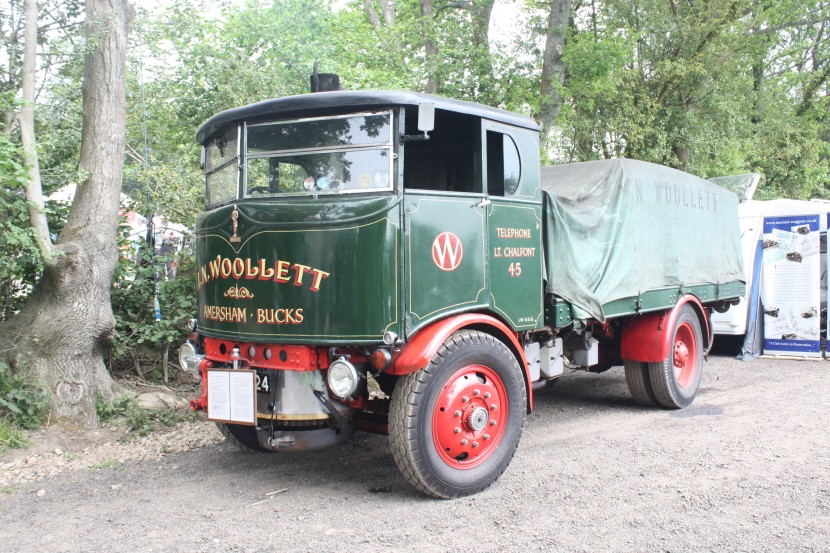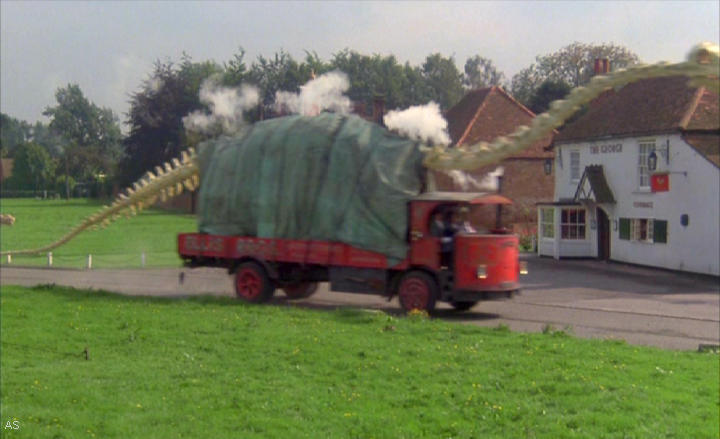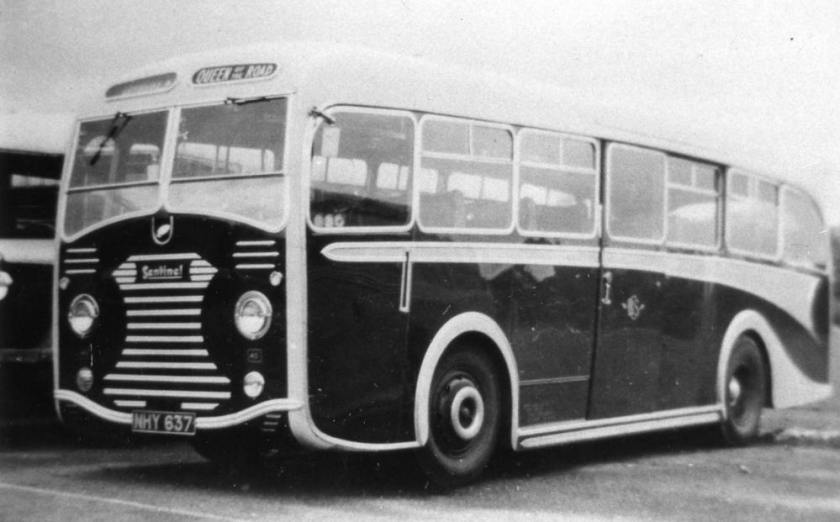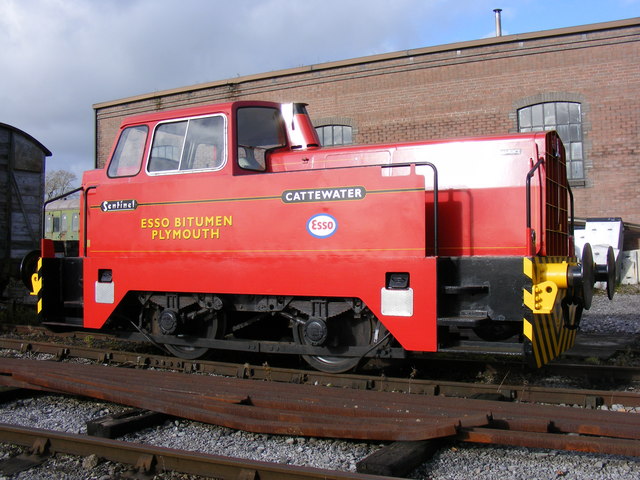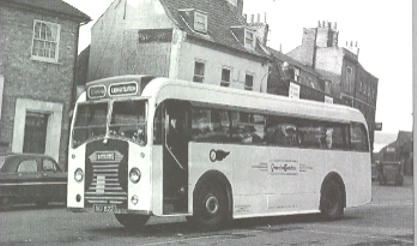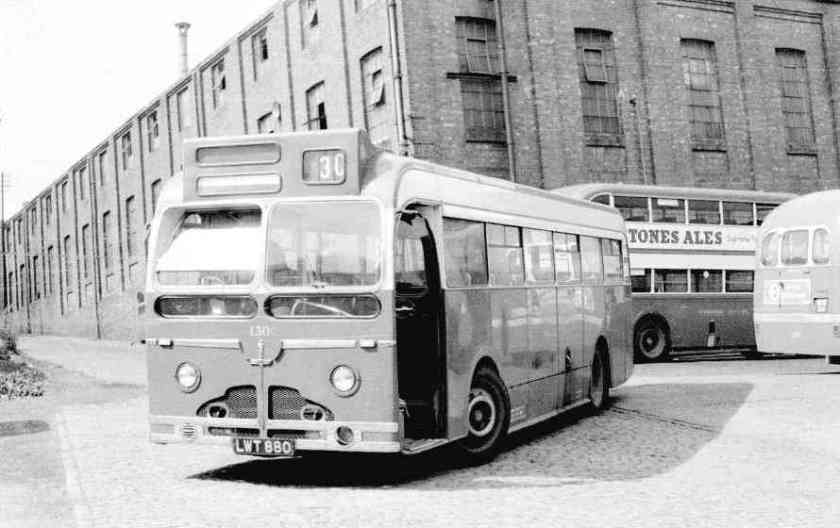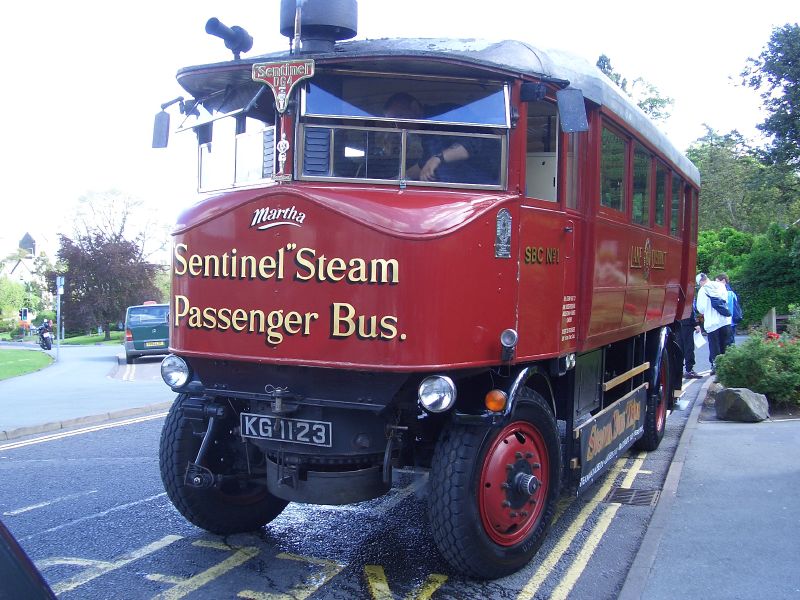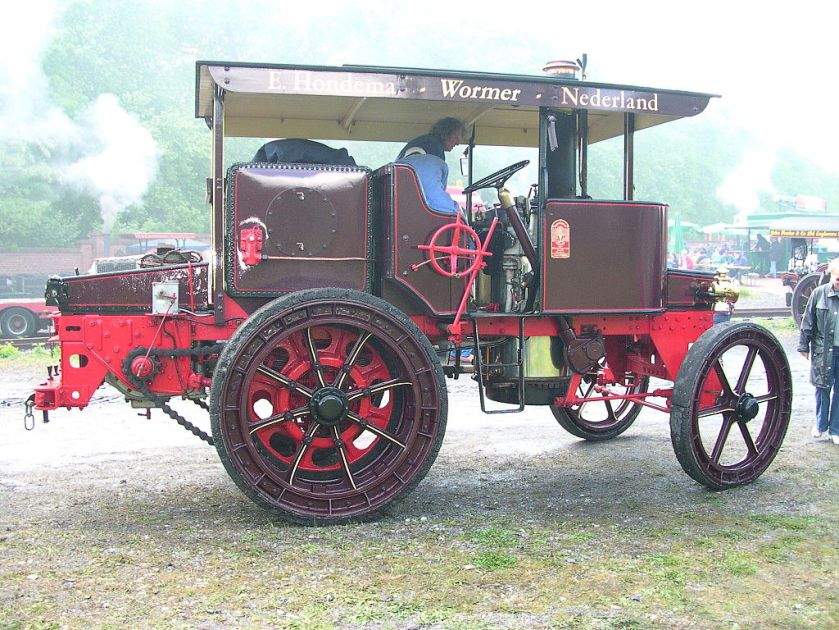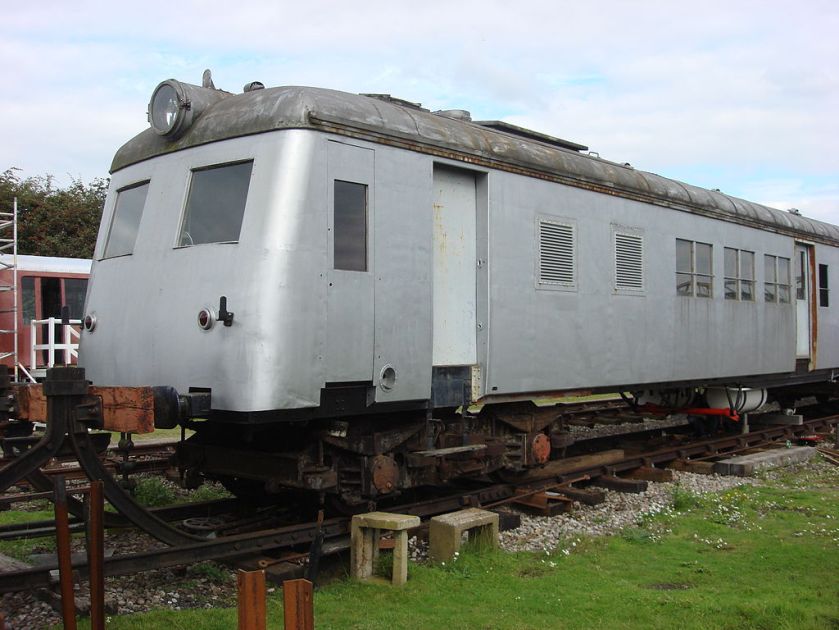Alley and MacLellan
Alley and MacLellan was an engineering company in Glasgow, which used the Sentinel brand name, and was the developer of the Sentinel steam vehicle
General
1875 Stephen Alley and John MacLellan founded Alley and MacLellan in London Road, Glasgow.
1880 The company moved to the Sentinel Works at Polmadie, Glasgow.
1885 Started production of the Sentinel High Speed Steam Engine used for electricity generation, marine engines and for factory work. They also built boats at their own shipyard.
1889 See 1889 Shipbuilding Statistics for detail of the tonnage produced.
1894 Catalogue of fittings.
1903 Became public company. The company was registered on 3 June, to acquire the business of a firm of the same name, manufacturers of valves, air compressors, high speed engines, engine fittings, marine auxillary machinery etc.
1906 Took the rights to the development work on steam wagons carried out by Simpson and Bibby and Daniel Simpson retained by the company as a consultant for ten years.
1911 Manufacturer of Axle Boxes for the Railways.
1914 Engineers and shipbuilders (light-draught craft). Specialities: air compressors, steam motor wagons, steering gears and ships’ auxiliary machinery, light draught steamers and barges, valves for steam and water and waterworks fittings, high-speed steam engines, ash hoisting engines, capstans, feed water filters and heaters. Employees 900.
1917 Advert for ‘Sentinel’ Valves.
1918 Stephen Alley sold his shares in Alley and MacLellan to William Beardmore and Co; the Glasgow works were separated from the Sentinel Waggon Works which were concentrated at Shrewsbury.
1919 Advert for ‘Sentinel’ Valves.
1927 Advert for ‘Sentinel’ Valves (of Sentinel Valve Works, Worcester).
1937 Engineers and ironfounders.
1940 Advert for air Compressors (of Sentinel Works, Glasgow S2) and Valves (of Sentinel Valve Works, Worcester).
1945 Advert for ‘Sentinel’ air compressors. (of Sentinel Works, Glasgow, S2).
1945 Advert for ‘Sentinel’ steam traps and valves. (of Sentinel Valve Works, Worcester).
1951 Advert for Compressors and vacuum pumps. (of Polmadie, Glasgow).
1952 Was a fully owned subsidiary of Glenfield and Kennedy. Acquired Browett Lindley Ltd fromGeorge Cohen, Sons and Co[14]
1960 Advert for balanced opposed compressors. (of Polmadie).
1960 Advert for Valves. (of Worcester).
1960 The compressors business at Polmadie was transferred to G. and J. Weir. Fixed assets at Polmadie were sold to Davy and United Engineering Co who would use this facility to expand their works in the Glasgow area
1961 Engineers, manufacturing air and gas compressors, marine auxiliary, vacuum pumps and steam engines. 400 employees.
Sentinel Waggon Works Ltd was a British company based in Shrewsbury, Shropshire that made steam-powered lorries, railway locomotives, and later, diesel engined lorries and locomotives.
History
Alley & MacLellan, Sentinel Works, Jessie Street Glasgow
The company began life about 1875 as Alley & MacLellan based in Polmadie, Glasgow. They moved from Polmadie Road to the nearby Jessie Street where they continued in operation until the 1950s. Alley & MacLellan began producing steam road vehicles in 1906 when they introduced a5 ton vertical-boiler wagon, which featured a 2-cylinder undertype engine and chain drive. Around 1915 Alley & McLellan moved the steam wagon production to a new factory in England and it continued under a separate company (see below). However, Alley & MacLellan continued to operate in the original Sentinel Works in Jessie Street, Glasgow until the 1950s. They produced a wide range of engineering products including compressors, valves, etc. The ‘Sentinel’ name continued to be used for the products of the original Glasgow works until the mid 20th Century.
Perhaps the most surprising fact is that the Sentinel Works in Glasgow, though a significant distance from the River Clyde, produced almost 500 small ships and boats. The vast majority of these vessels were built as ‘knock downs’ – i.e. assembled at the Jessie Street works using nuts and bolts, then dismantled and shipped as parts in crates to their client destination where they were re-assembled using rivets. At least one Alley & McLellan ship still exists – the motor vessel (originally steam ship) Chauncy Maples built at Jessie Street in 1899 and reassembled on Lake Nyasa (now Lake Malawi) in 1901. Alley & MacLellan continued in operation, though owned firstly by Glenfield & Kennedy, Kilmarnock, then G & J Weir, Glasgow, until the 1950s.
The original Sentinel Works in Jessie Street, Glasgow is still in existence in 2009 though now in a very derelict condition. The design offices and pattern shop is listed category A as a building of significant national importance. It was the first steel-reinforced concrete building in Scotland.
Move to Shrewsbury
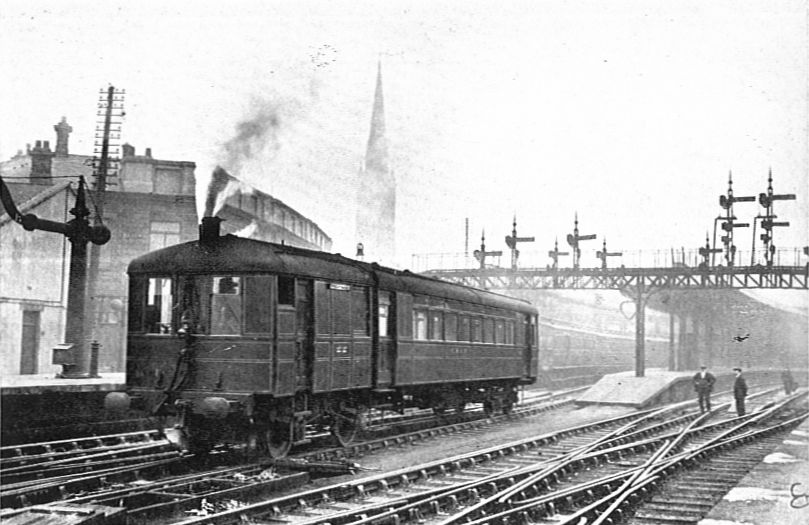 LNER Sentinel-Cammell steam railcar
LNER Sentinel-Cammell steam railcar
A new company Sentinel Waggon Works Ltd was formed when steam wagon production was switched to a new factory, opened at Shrewsbury in 1915. There were several other slight changes to the name over the company’s lifetime when further infusions of working capital were required to obviate financial problems.
Alley & MacLellan’s early wagon was so successful that it remained in production with relatively few updates until the launch of Sentinel’s famous Super in 1923. The company also produced steam railway locomotives and railcars, for railway companies and industrial customers.
In 1917, the company was bought by William Beardmore & Co., Ltd.
Sentinel Waggon Works (1920) Ltd
In 1920, after financial problems, the company was reorganised as Sentinel Waggon Works (1920) Ltd. The Sentinel ‘Super’ model that followed in 1923 was assembled in a radical new plant at Shrewsbury, with a flow line based on Henry Ford’s Model T factory at Highland Park, Michigan, with 1,550 vehicles produced.
Sentinel, along with Foden, dominated the steam market, but the 1930s saw the demise of both companies’ ranges as new legislation forced the development of lighter lorries, Sentinel surviving the longest.
In 1934 Sentinel launched a new and advanced steamer – the S type which had a single-acting 4-cylinder underfloor engine with longitudinal crankshaft and an overhead worm-drive axle. Their Sentinel Waggon Works’ design of 1935 led to the production of 3,750 Sentinel ‘Standards’ in the seventeen years that followed, the biggest selling steam lorry ever. It was lighter and featured a modernised driver’s cab with a set-back boiler and was available in four, six and eight-wheel form, designated S4, S6 and S8. In spite of its sophisticated design, however, it could not compete with contemporary diesel trucks for all-round convenience and payload capacity, and was phased out in the late 1930s. It was not the end of Sentinel’s involvement with steam, however; the company built about 100 “S” type vehicles for export to Argentina as late as 1950, for use by the Río Turbio coal mine. It has been stated that Sentinel were never paid for the last batch of the Río Turbio production run. At least two of the Río Turbio waggons survive in Argentina to this day.
In 1946 Thomas Hill’s signed an agency agreement with Sentinel for repair and maintenance of diesel vehicles. In 1947 Sentinel offered to extend the agreement for diesel vehicles to include the steam locomotives and an agency was accepted by Thomas Hill for sales and servicing.
Sentinel (Shrewsbury) Ltd
In 1947 the company became Sentinel (Shrewsbury) Ltd, and had developed a new range of diesel lorries. Despite Sentinel’s superbly engineered vehicles, sales diminished throughout the 1950s, and by 1956 the company was forced to cease lorry production. The factory was acquired by Rolls-Royce for diesel engine production, and the remaining stock of parts and vehicles was taken over by Sentinel’s chief dealer, North Cheshire Motors Ltd of Warrington, who formed a new company, Transport Vehicles (Warrington) Ltd, in 1957 to produce Sentinel-based designs under the TVW name.
In 1963 Thomas Hill’s decided to renew the loco agreement and relinquish the diesel vehicle agency, concentrating all efforts on the steam locomotive work.
Rolls-Royce agree to build diesel locomotives
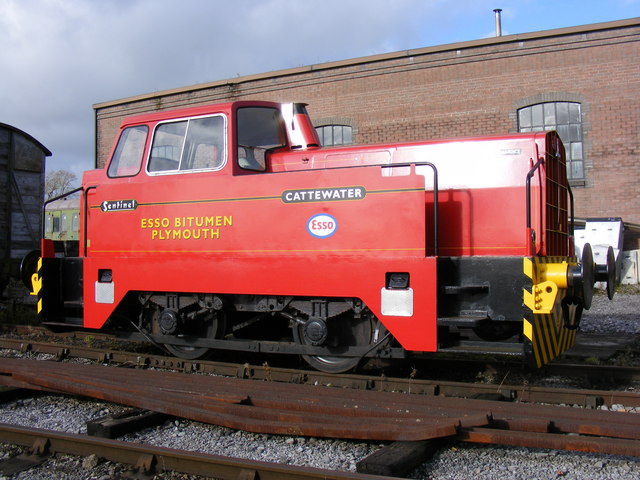 Rolls-Royce Sentinel Cattewater, now at the East Somerset Railway
Rolls-Royce Sentinel Cattewater, now at the East Somerset Railway
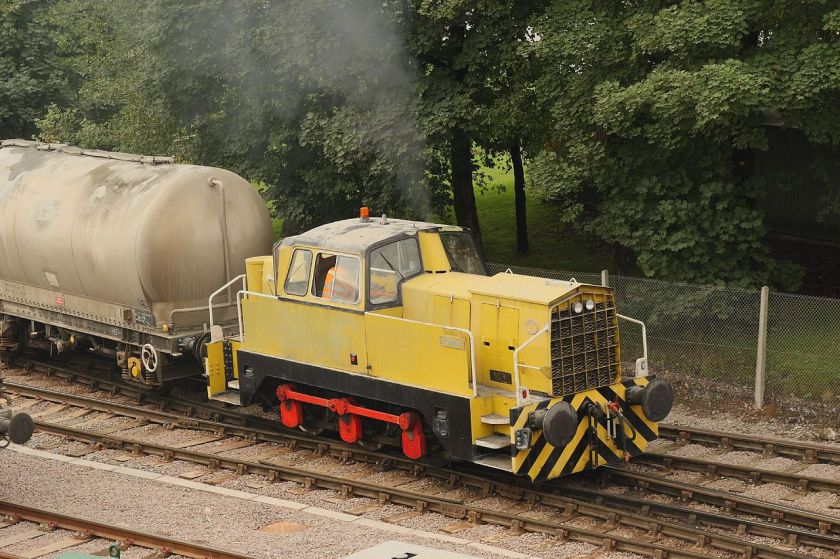 An 0-6-0 outside crank Sentinel Derwent at Lafarge Hope Cement Works in 2008.
An 0-6-0 outside crank Sentinel Derwent at Lafarge Hope Cement Works in 2008.
Despite the various interesting developments, Rolls Royce did not consider railway locomotives to be part of their core business. They had agreed to complete all steam locos on order, and four steam receiver locos ordered by Dorman Long in 1956, but only after much consideration did Rolls-Royce finally agree at the end of 1957 to design and build a diesel locomotive of similar weight and power to the 200 hp (150 kW) steam loco that had sold so well. Thomas Hill’s would assist in the design and development of these diesel machines and would be the Sole distributor.
Last steam locomotives
In 1958 the last two Sentinel steam locos were delivered marking the end of an era. Two of the newly developed steam receiver locos were delivered and proved very satisfactory in service, but Dorman Long were not happy. There had been a change of heart among their engineers as well as a change of circumstances, and they were now favouring diesel locomotives. The last two steam receiver locos were built but never delivered and ultimately all four were converted to diesel hydraulic.
Diesel production commences
The prototype Sentinel diesel locomotive was built and ready to commence trials on the former Shropshire & Montgomeryshire Railway (then under military control) early in 1959. It met with the approval and enthusiasm of the Company’s prospective customers and before the end of the year 17 locomotives had been sold and delivered. The company was ready to produce a maximum of four locomotives a month.
By 1963 four different Sentinel diesel models were being produced, commencing with the 34 ton chain drive 0-4-0 powered by the Rolls-Royce C6SFL six-cylinder engine of 233 bhp (174 kW) (gross) (later uprated to 255 bhp (190 kW)). This was followed within a year by a 48 ton 0-6-0 rod coupled machine, fitted with a Rolls-Royce C8SFL eight-cylinder engine of 311 bhp (232 kW) (gross) (later uprated to 325 bhp (242 kW)). Between 1963 and 1966 a fleet of these diesel locomotives, eventually numbering five 0-6-0s and 18 0-4-0s, was supplied to the Manchester Ship Canal Company for use on the navigation’s private railway network.
These Sentinels demonstrated their suitability for heavy work, but heavier and more powerful locos were called for, particularly by the steel industry, and before the end of 1963 a 74 ton 0-8-0 powered by 2 x C8SFL engines and a 40 ton 0-4-0 fitted with a C8SFL engine had been added to the range.
Sentinel Steelman
A shaft drive 600 hp (450 kW) 0-6-0 machine was now being developed at Shrewsbury to use the new DV8T engine. Considerable interest in this loco was expressed by Stewart and Lloyds mineral division at Corby who were operating more than 20 steam locos, mainly of the Austerity type. This new locomotive Steelman was eventually delivered to Corby in late 1967, about two years overdue. The prototype locomotive proved satisfactory and three more were ordered by Stewart and Lloyds and one by Richard Thomas and Baldwins, Scunthorpe. With Stewart and Lloyds’ programme to replace more than 20 steam locos over the next few years the future for Steelman looked good.
Unfortunately for the Company and Rolls-Royce, British Railways, seeing a potential for their Swindon-built class 14 diesel hydraulic locomotives made Stewart and Lloyds an offer of 26 locomotives around three years old at a fraction of their original cost. The Class 14 locomotive had proved rather a white elephant for B.R. but powered by a 650 hp (480 kW) Paxman, Voith Transmission, a rod coupled 0-6-0 capable of doing the work required, it was an offer that Stewart and Lloyds could hardly refuse. New locomotive sales were declining anyway, and the release of such locos onto the industrial market at such prices was disastrous, and regrettably no further “Steelman” locos were built at Shrewsbury.
This was not to be the end of the Steelman. Some 12 years later ICI Billingham wanted two heavy locomotives to replace their ageing Yorkshire Janus locomotives. Their stated wish was to buy the best and most up to date equipment available and in their efforts to achieve this aim, their engineers visited many industrial sites, and steelworks in particular. Their requirements were discussed with all UK locomotive manufacturers, and the final outcome of their investigations was an order for an updated version of the “Sentinel Steelman locomotive”. This order was subsequently increased to two machines which were delivered toward the end of 1981.
UK sales of Sentinel locos were now fewer than 10 per year, their only overseas success had been to license the assembly of 36 0-6-0 locomotives by Sorefame for the Portuguese Railways in 1965/6. These locomotives became the CP Class 1150.
Road vehicles
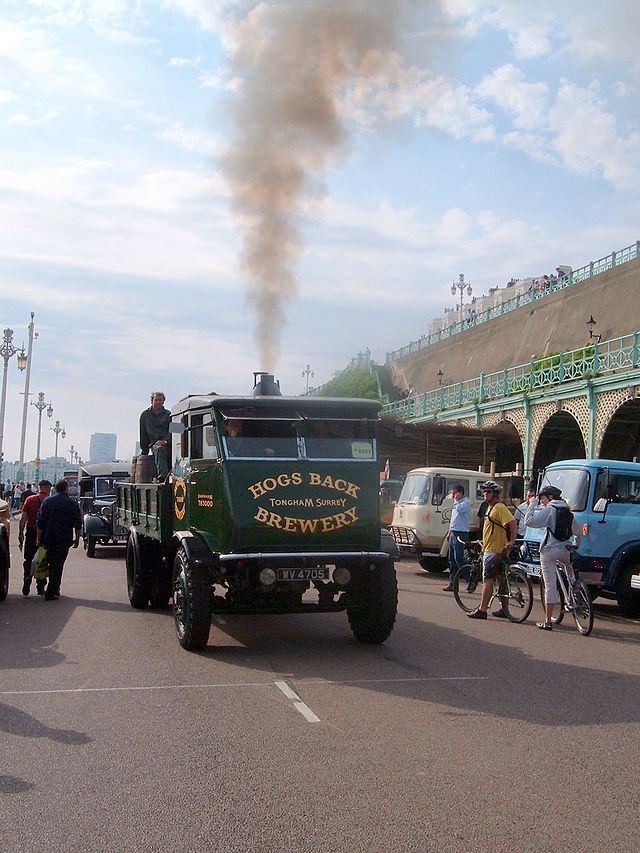 Preserved 1934-built S4 dropside in steam
Preserved 1934-built S4 dropside in steam
Steam waggons
Diesel lorries
Diesel buses
Railway vehicles
 Sentinel chain-drive shunter of 1957
Sentinel chain-drive shunter of 1957
The locomotives and railcars (with a few exceptions) used the standard steam lorry boilers and engine units.
CE Class
Centre Engine
BE Class
LMS Sentinel 7164
Balanced Engine
DE Class
Double Engine
100 hp Steam Locomotives
Works no. 6515/1926, Isham Quarries, Northamptonshire, (ex-GWR No. 12)
Works no. 6520/1926, “Toby” 0-4-0VG; Port of Par, Cornwall. (Replaced 1876 Manning Wardle 0-4-0ST “Punch”. Replaced by Bagnall 0-4-0ST “Alfred” and “Judy”).
Works no. 6807/1928, “Gervase”; rebuilt as a vertical-boilered geared locomotive from 1900 Manning Wardle. (Moved to Kent & East Sussex Railway in 1972, and to the Elsecar Steam Railway in 2008.)
Works no. 7026/1928, British Quarrying Co., Criggion, Montgomeryshire
Works no. 7299/1928, Corby Quarries, Rockingham Forest, (ex-Phoenix Tube Works)
Works no. 9365/1945, “Belvedere”; Isham Quarries, Northamptonshire, (ex-Thomas Hill, Rotherham): preserved at Northamptonshire Ironstone Railway Trust
Works no. 9369/1946, “Musketeer”; Isham Quarries, Northamptonshire, (ex-Williams & Williams, Hooton): preserved at Northamptonshire Ironstone Railway Trust
Works no. 9615/1956, Oxfordshire Ironstone Quarries, Banbury
LMS Sentinels 7160-3
LNER Class Y1
LNER Class Y3
200 hp Steam Locomotives
LNER Class Y10
S&DJR Sentinels
Works no. 7109/1927, Croydon Gasworks No. 37 “Joyce”, preserved at Midsomer Norton railway station
Railcars
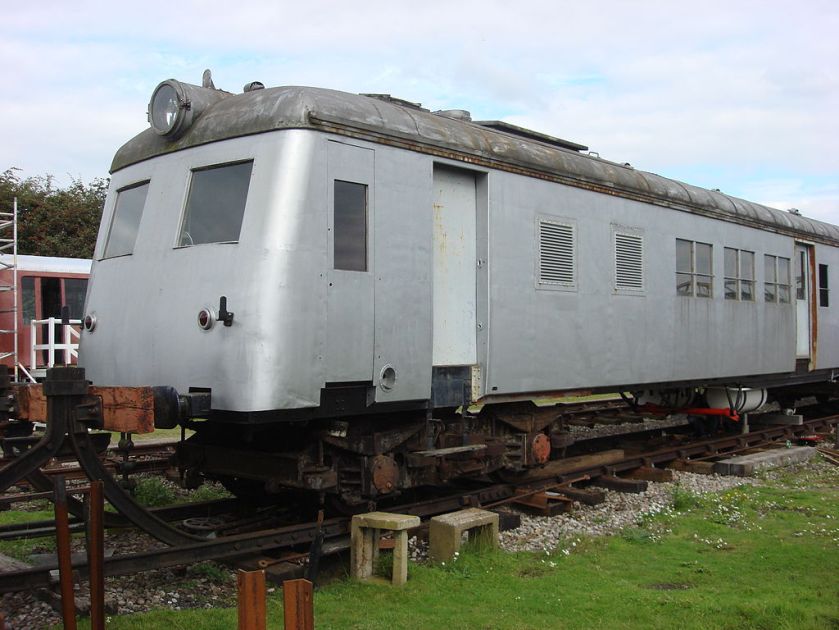 1951-built articulated Sentinel-Cammell steam railcar, no. 5208, at the Buckinghamshire Railway Centre
1951-built articulated Sentinel-Cammell steam railcar, no. 5208, at the Buckinghamshire Railway Centre
In 1925 the New Zealand Railways Department bought one Sentinel-Cammell steam railcar which became part of its RM class.
Between 1925 and 1932 the London and North Eastern Railway bought 80 Sentinel steam railcars and four were supplied to the LNER-controlled Cheshire Lines Committee.
In 1928 Palestine Railways bought two Sentinel-Cammell articulated steam railcars for local services. Each unit had two cars articulated over three bogies. Palestine Railways found the railcar format inflexible, as if passenger numbers exceeded the capacity of a train it was not practical to couple up an extra coach. In 1945 PR removed the Sentinel engines and converted the railcars to ordinary coaching stock.
In 1933 the Southern Railway bought a Sentinel-Cammell steam railcar for use on the Devil’s Dyke branch, in East Sussex. Although operationally successful, the single railcar was not large enough to meet the needs of this line. It was transferred away from the line in March 1936 and tried in other areas, but was withdrawn in 1940.
In 1951 Egyptian National Railways bought 10 articulated steam railcars. Each had three carriage bodies articulated over four bogies. One is preserved by the Quainton Railway Society at the Buckinghamshire Railway Centre, England.
Specials
The Doble Shunter
LMS Sentinel 7192 – so-called as it was fitted with an Abner Doble boiler
The Double Locomotive
A special locomotive was produced at Sentinel, for Dorman Long and named “Princess”. It consisted of 2 x 0-6-0 chassis coupled together to articulate. One unit carried the cab, a 5 drum oil-fired Woolnough boiler and two 100 hp (75 kW) engines. The other unit housed the water and fuel tanks and also two more 100 hp (75 kW) engines providing a total of 400 hp (300 kW). It was considered a magnificent machine by the staff but unfortunately was the only one of its kind ever built.
The Gyro locomotive
Another special was the NCB Gyro or Electrogyro Locomotive. Based on a 200 hp (150 kW) 4-wheeled 0-4-0 frame fitted with two “gyro units” (see Flywheel energy storage) made byMaschinenfabrik Oerlikon of Switzerland. The gyros were principally a 3 ton horizontal flywheel enclosed in a vessel filled with low pressure hydrogen. A vertically mounted three-phase squirrel-cage electric motor/generator was directly coupled to each flywheel shaft. The motor took its power from a side-mounted supply at static posts via a four-contact swinging arm extended or retracted pneumatically by the driver. Power could only be taken whilst the loco was stationary alongside one of these posts. When the gyros had reached the required speed, the driver would retract the contact arm, switch the motor to generation and controlled the locomotive in a similar way to a diesel-electric loco. Charging posts had to be strategically placed around the site. A contact arm was provided on each side of the locomotive, although it is not clear if posts were installed on one or both sides of the track. Each gyro operated between 3,000 rpm when fully ‘charged;’ and 1,800 rpm before recharging. Recharging took 21⁄2 minutes and the locomotive could work for around 30 minutes before recharging. It weighed 34 tons and had a maximum speed of 15 mph (24 km/h).
This machine was specially built for the National Coal Board (NCB) at Seaton Delaval. The intention was to investigate the use of gyroscopic storage as a potential method for a flameproof and emissions-free underground locomotive. It operated very satisfactorily but was eventually taken out of service because of site development and its restricted field of operation. In April 1965 it was converted for the NCB to a diesel hydraulic machine.
The Receiver Locomotives
The Receiver Locomotives were another special type built just for Dorman Long and were based on the idea of a Fireless locomotive.
Steam locomotives used by UK Main Line Companies
Preservation
Road vehicles
A number of Sentinel steam waggons and tractors exist in preservation in the UK—about 117 as of 2008. For example, Preserved Sentinel Super steam wagon No. 5676. They are often shown at steam fairs in the UK. For more information see the Sentinel Drivers Club website. A number also exist in Australia and other countries.
Railway locomotives
- United Kingdom
There are several surviving steam locomotives located at various heritage railways around the UK, including: the Elsecar Heritage Railway, the Middleton Railway, the Foxfield Light Railway and the Chasewater Railway.

